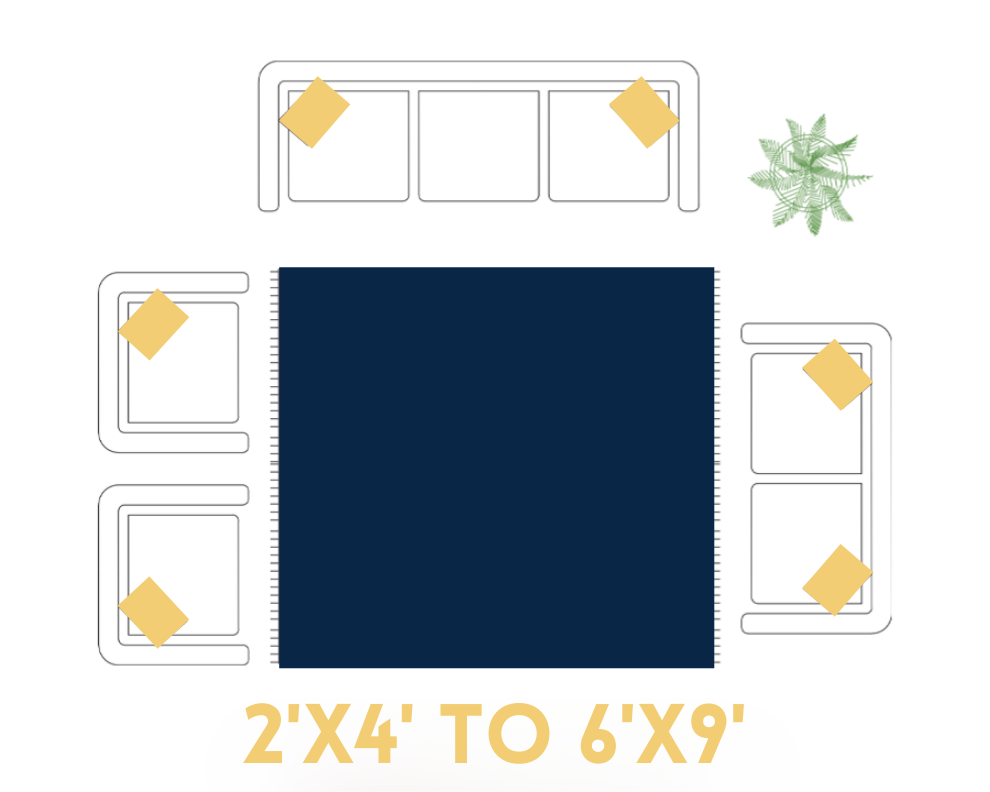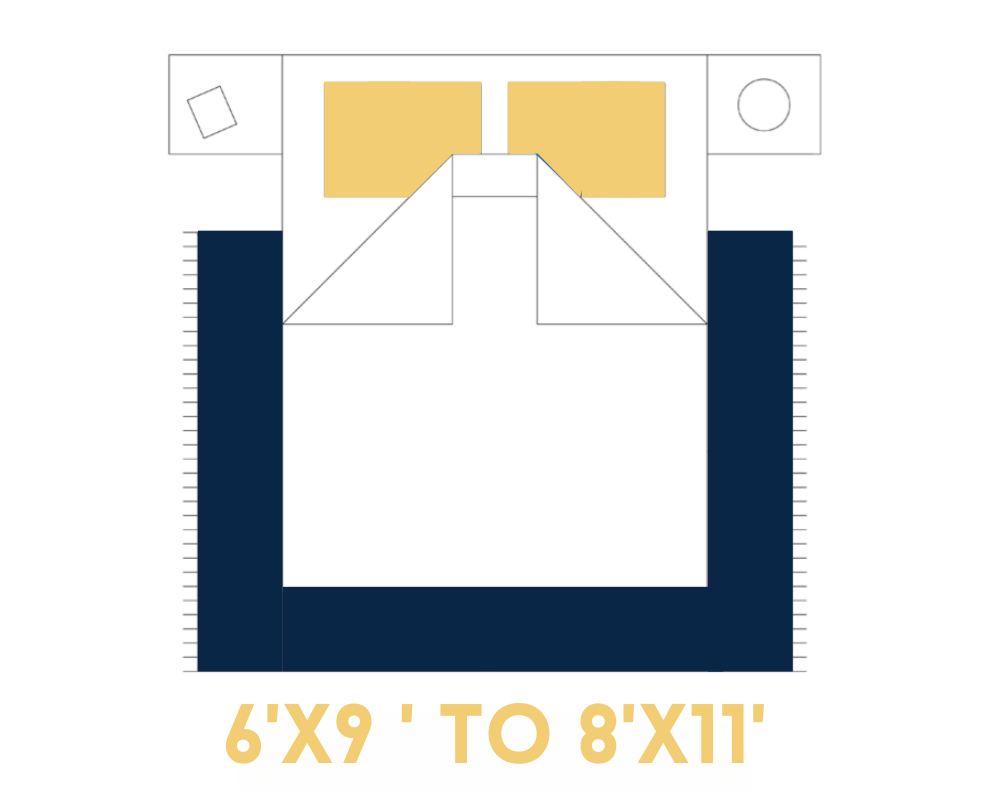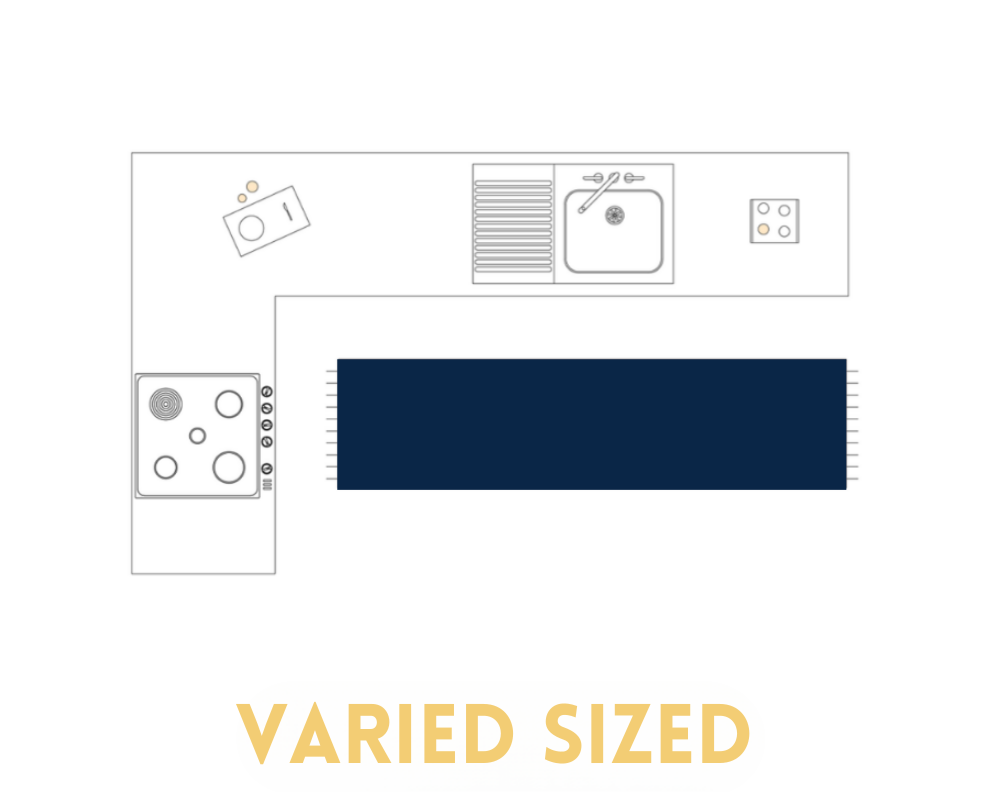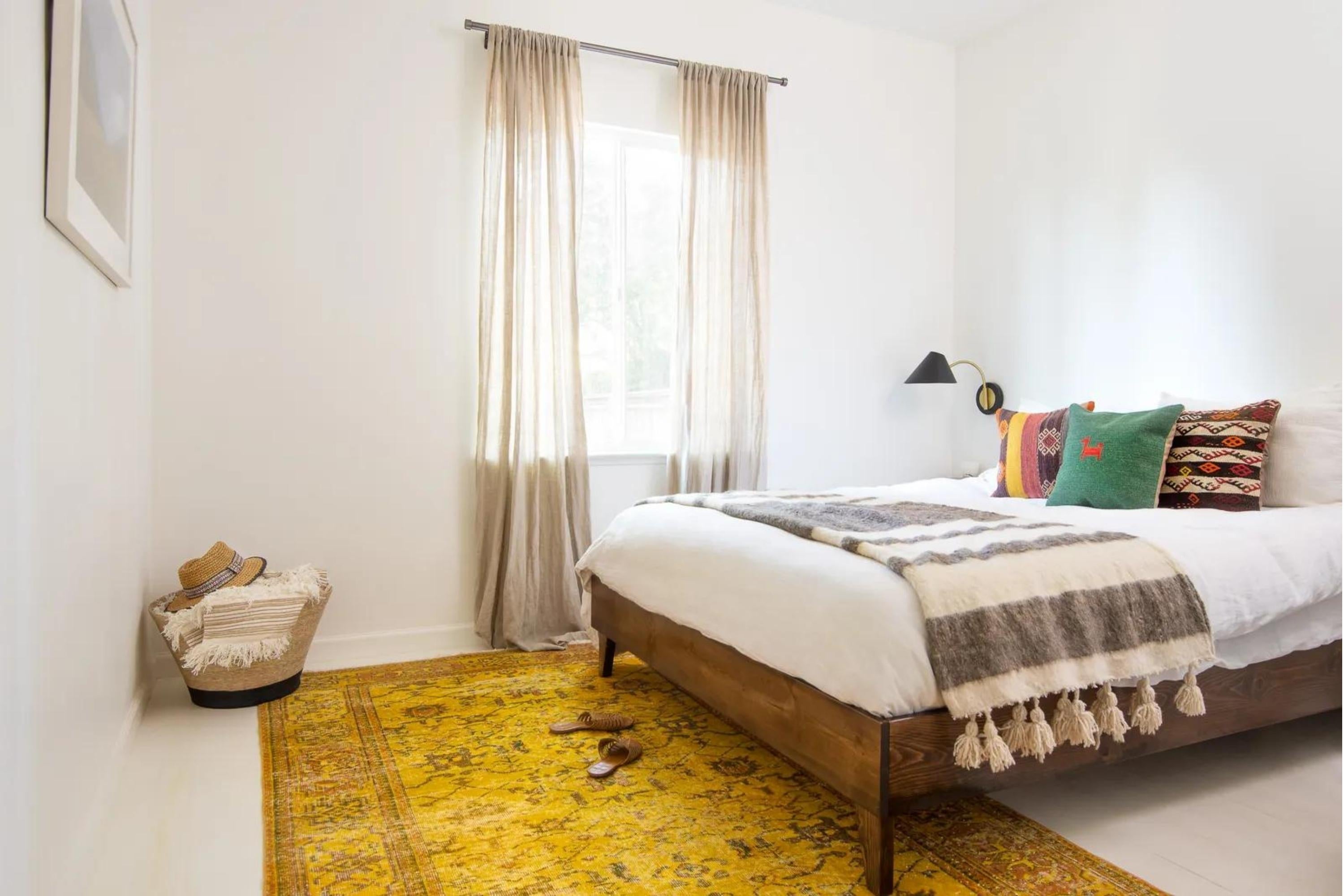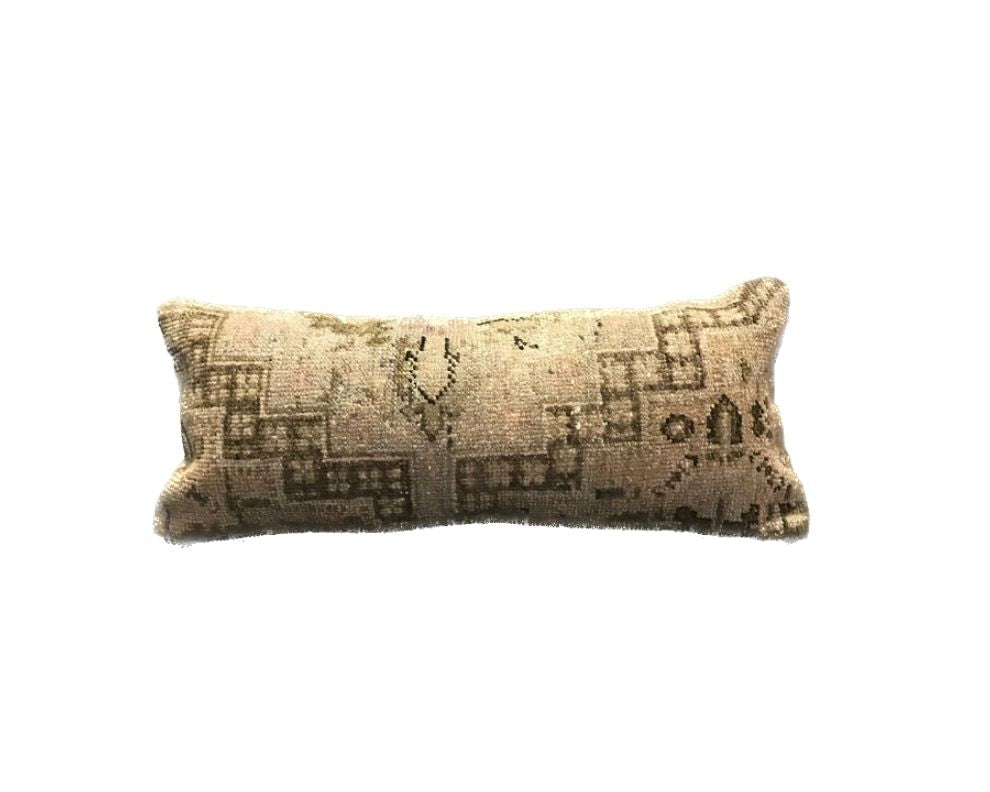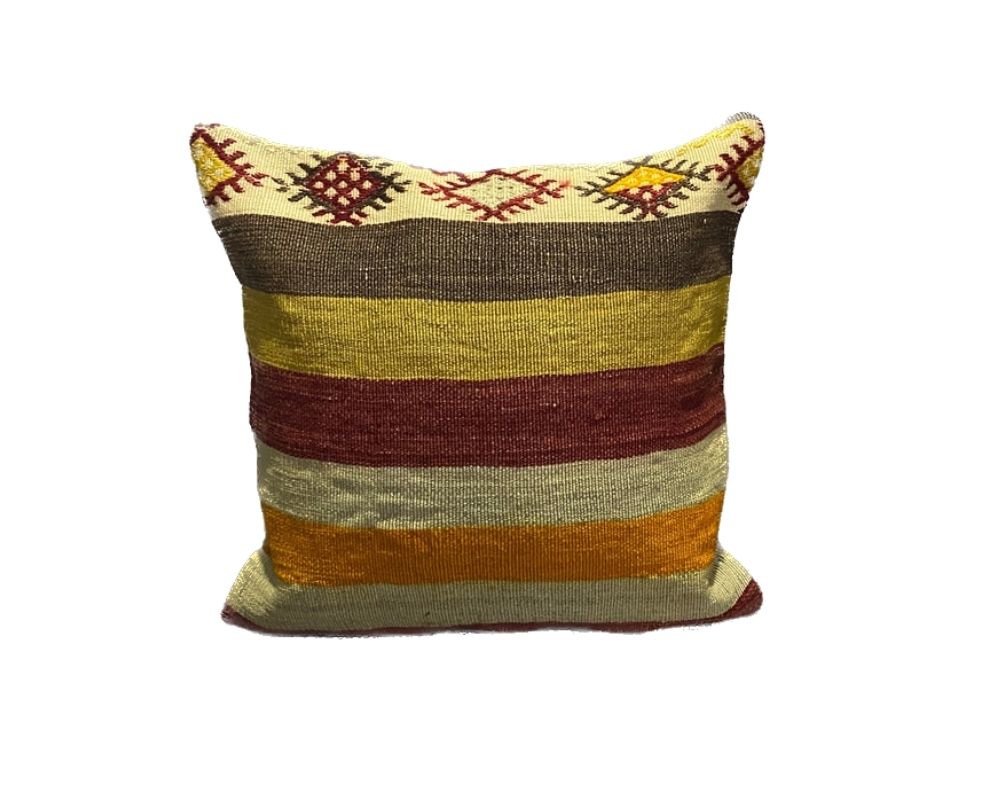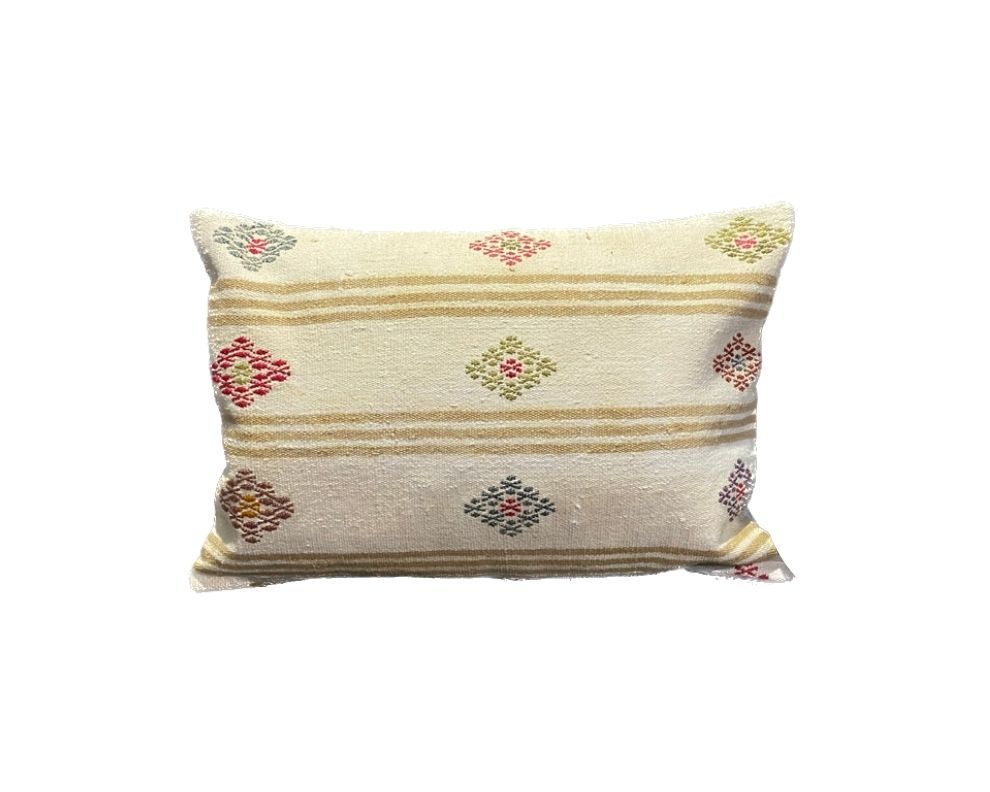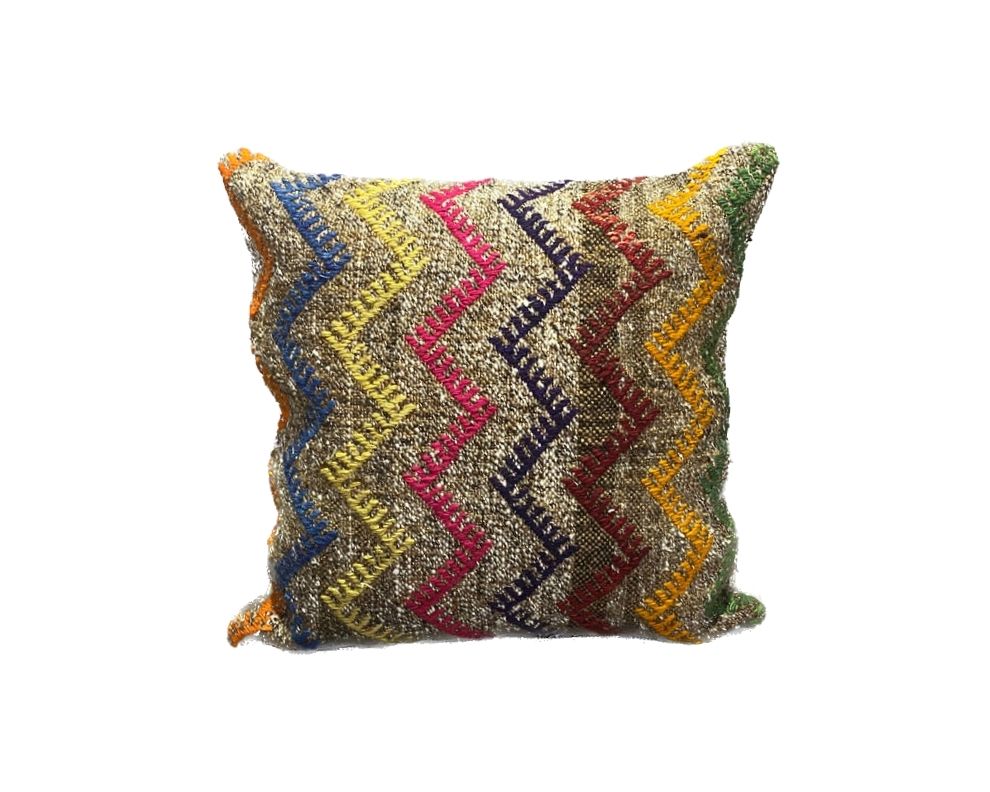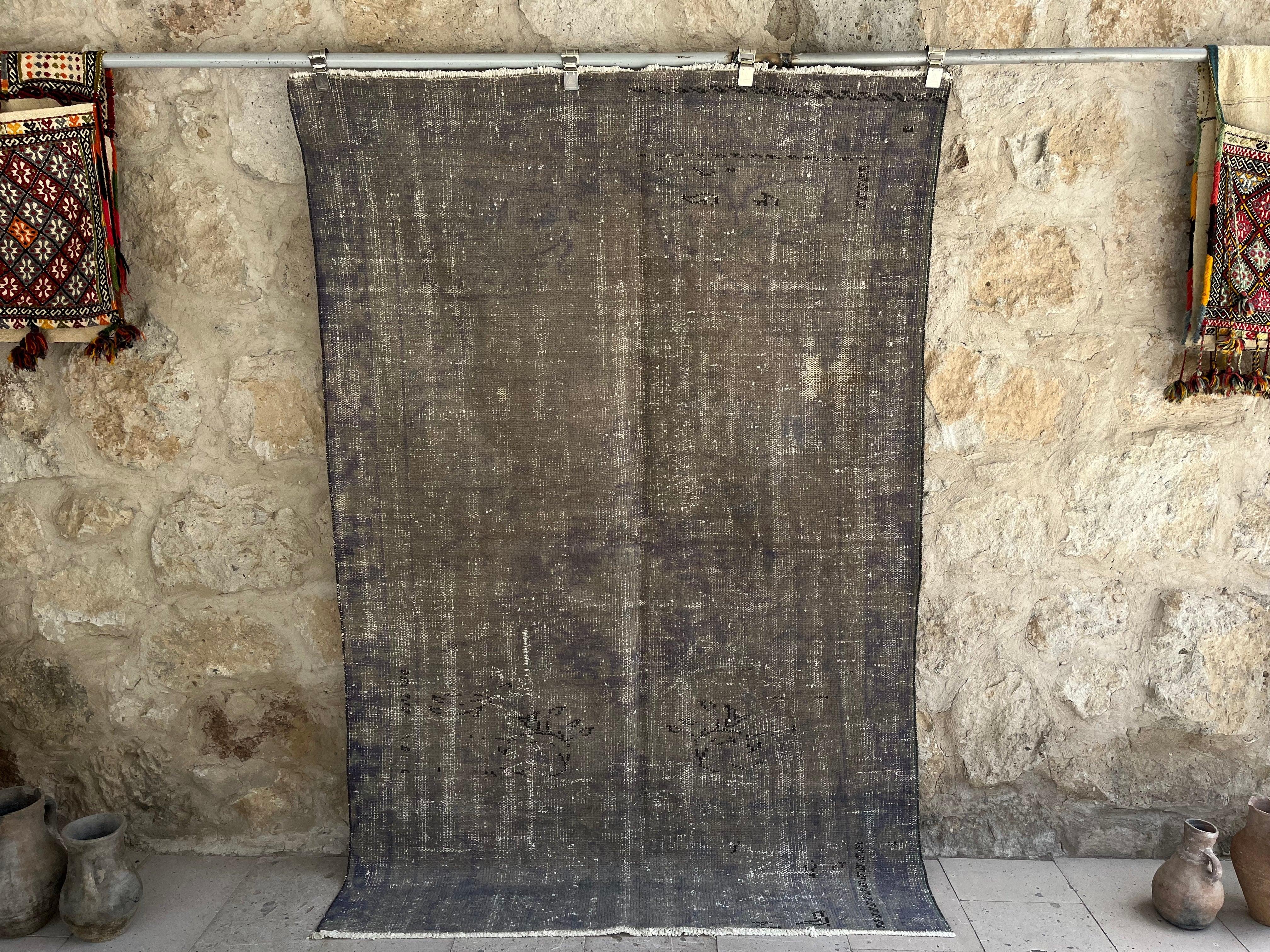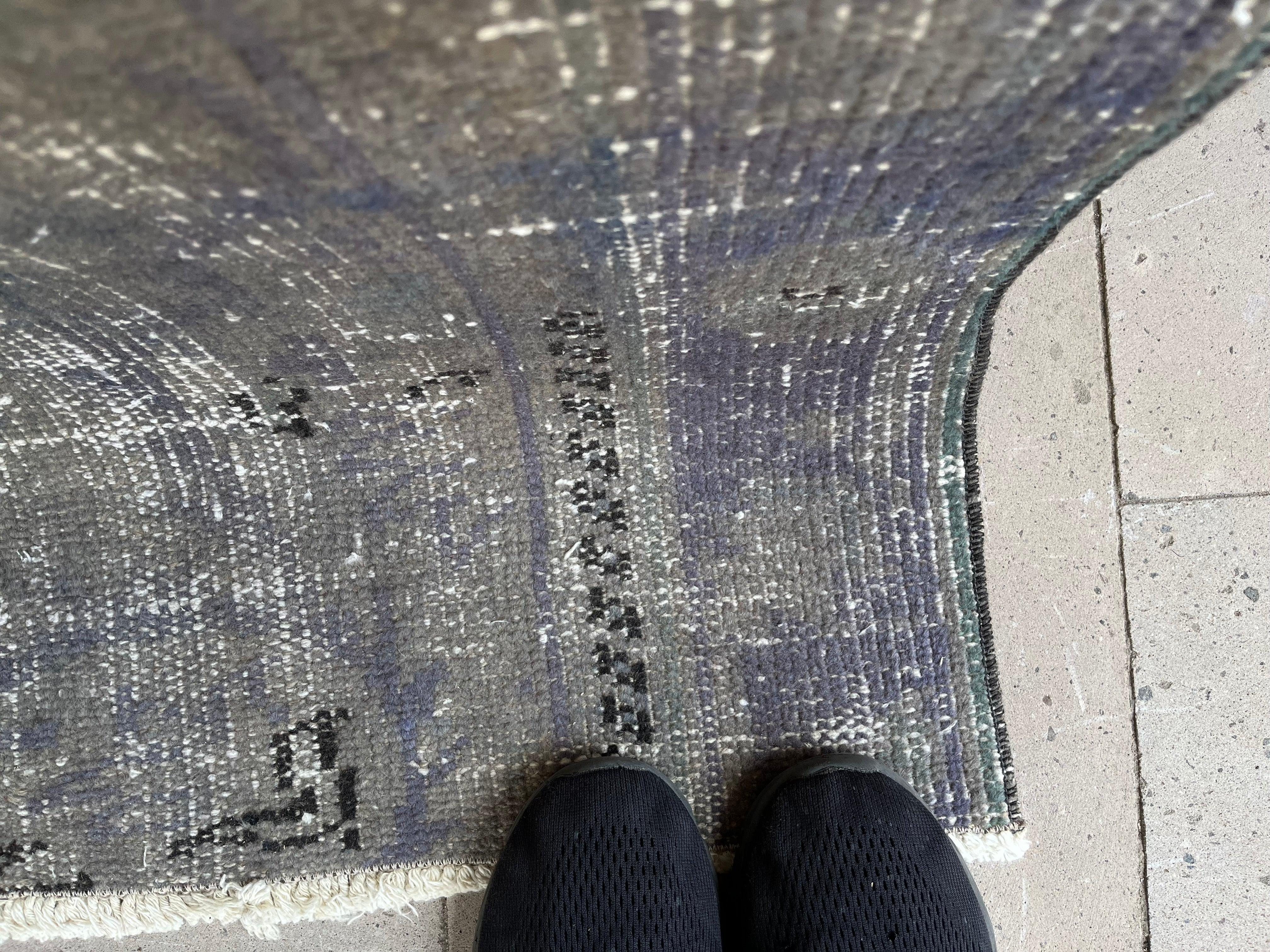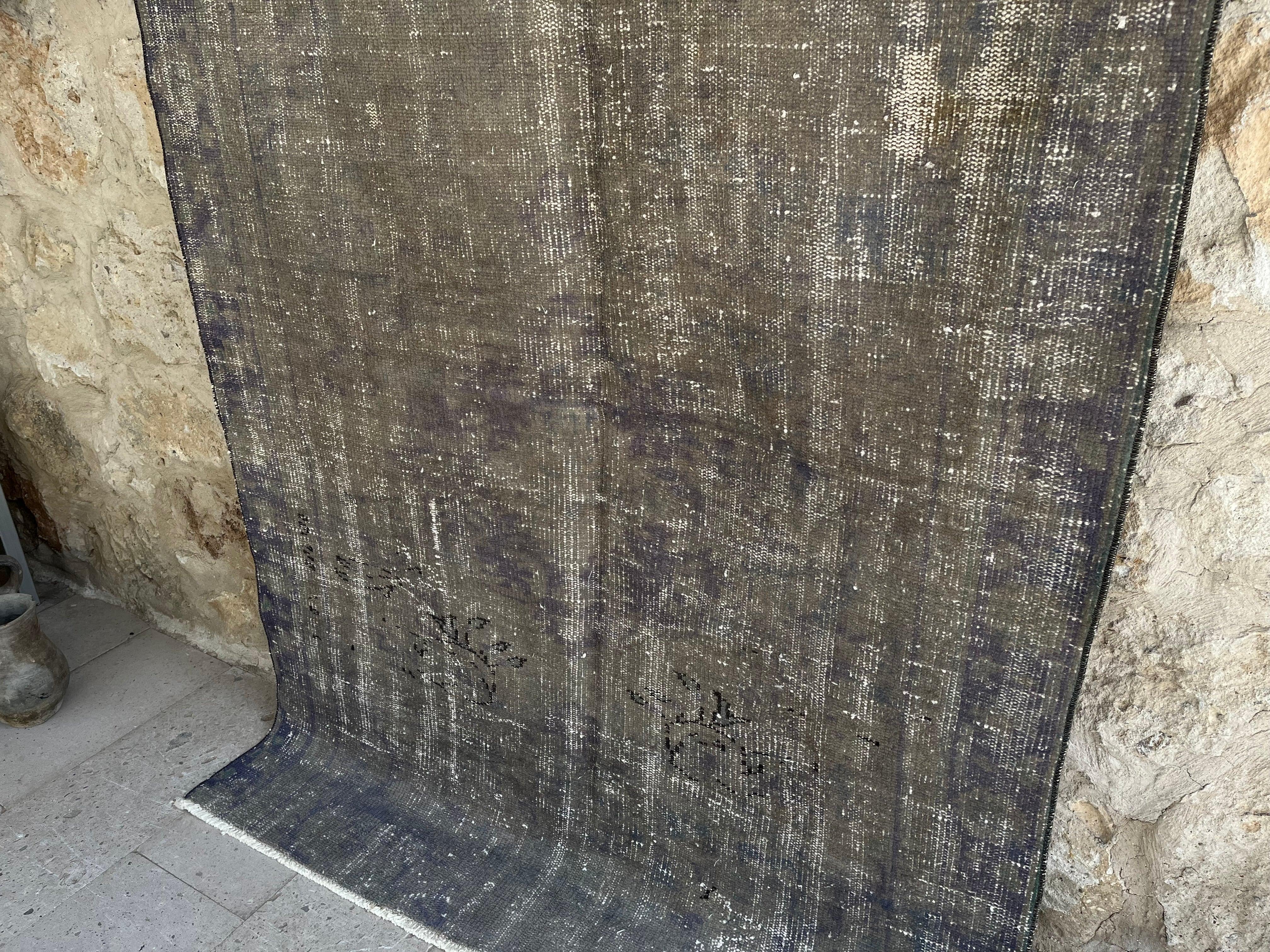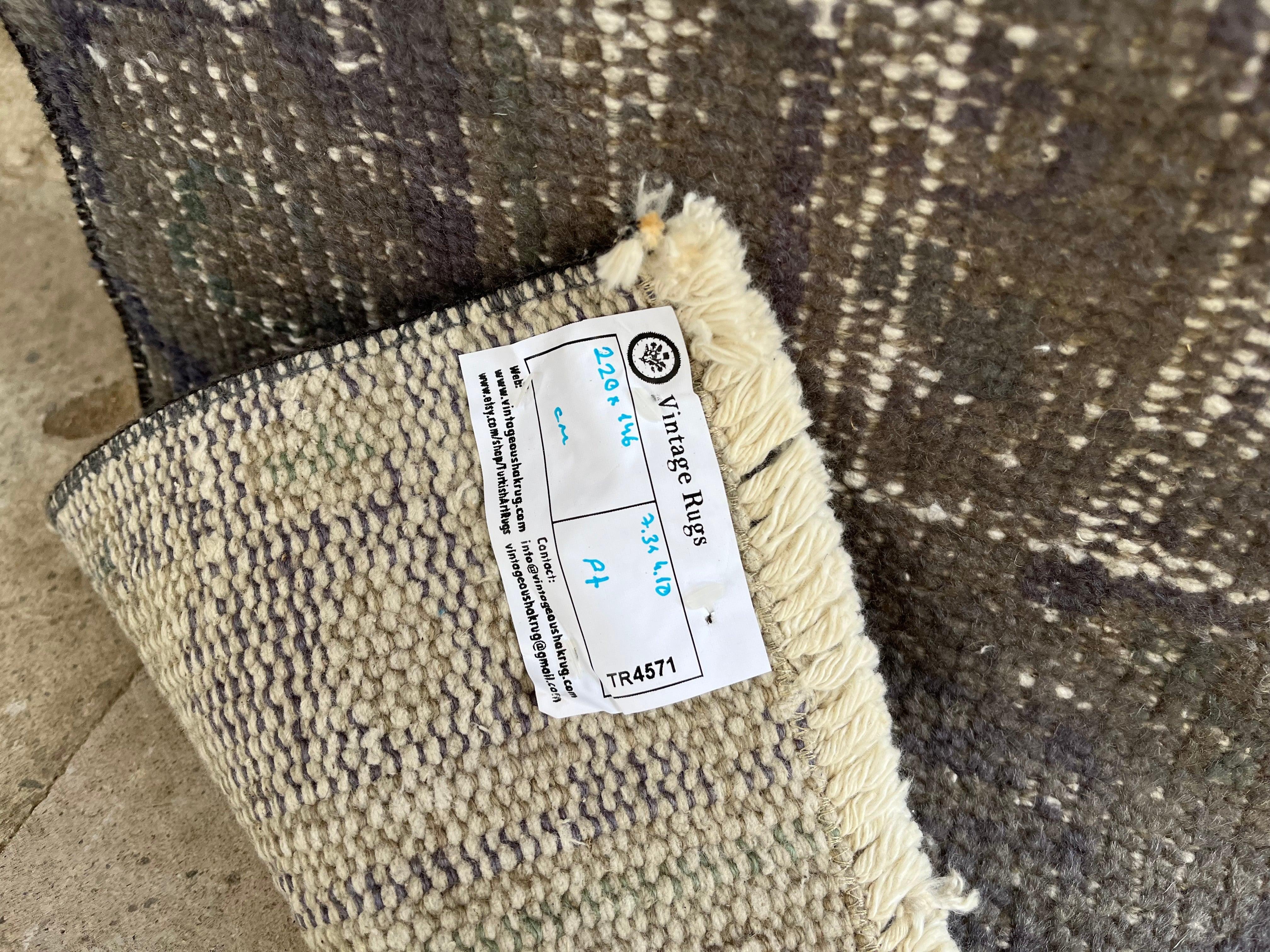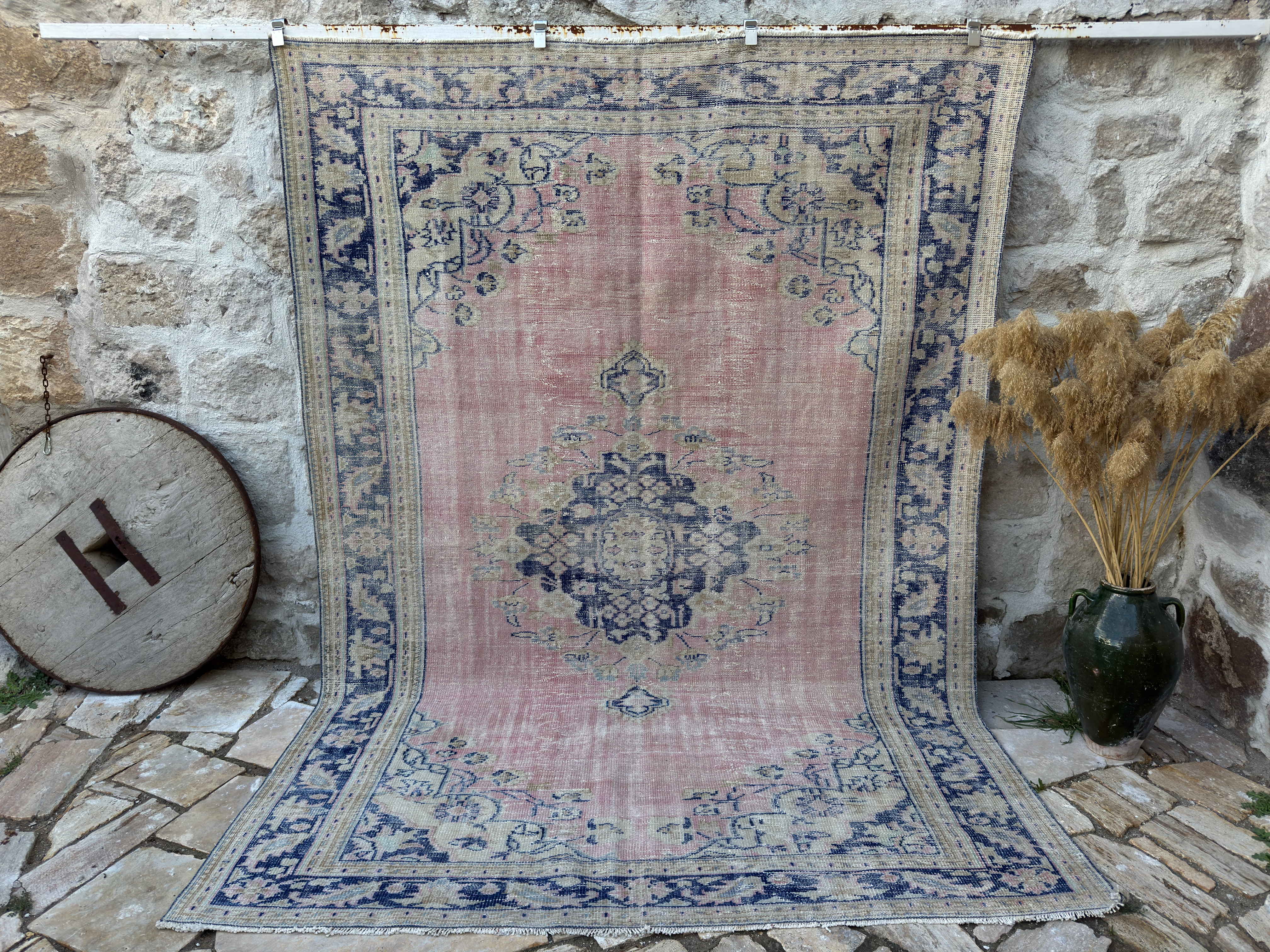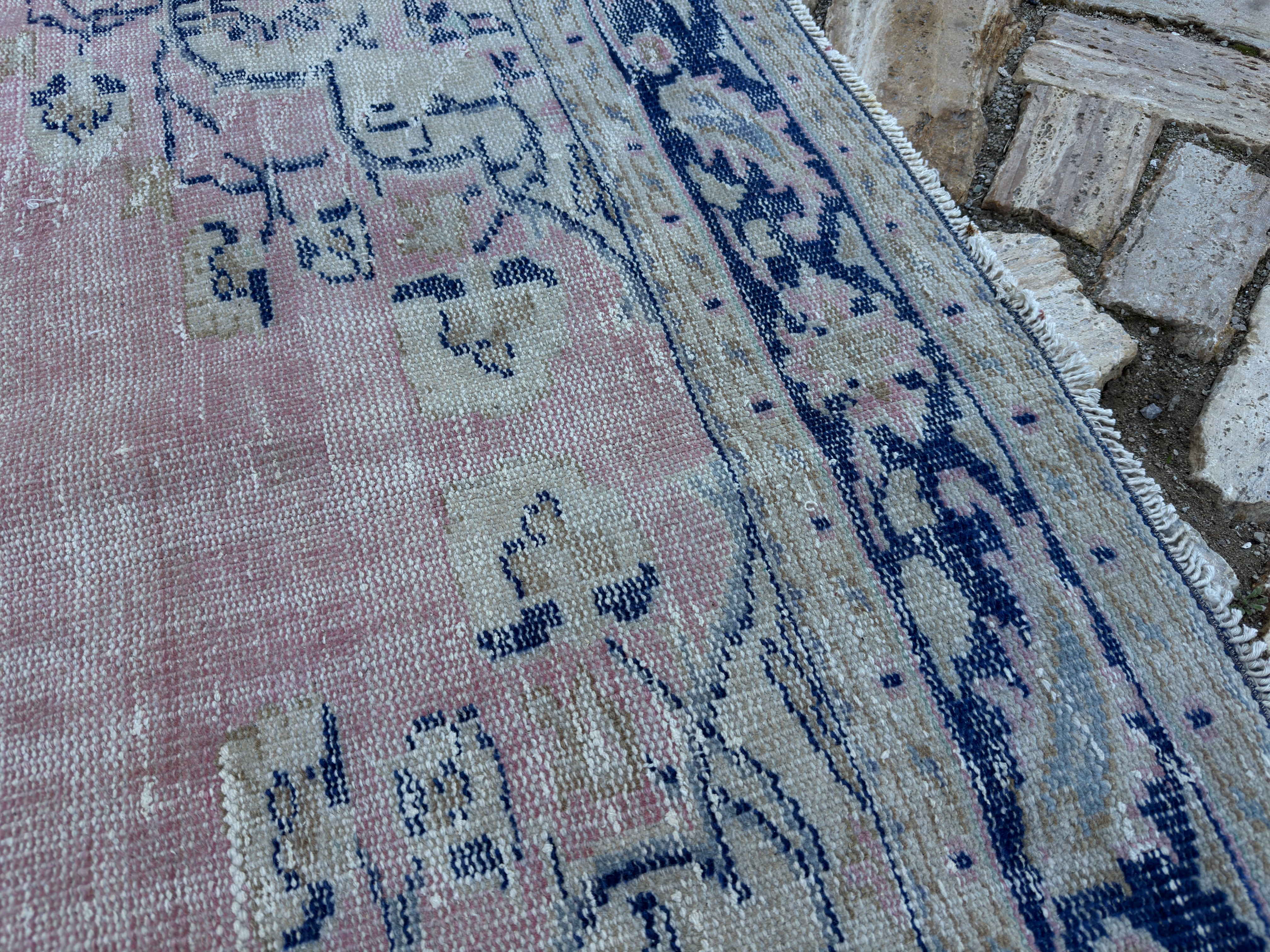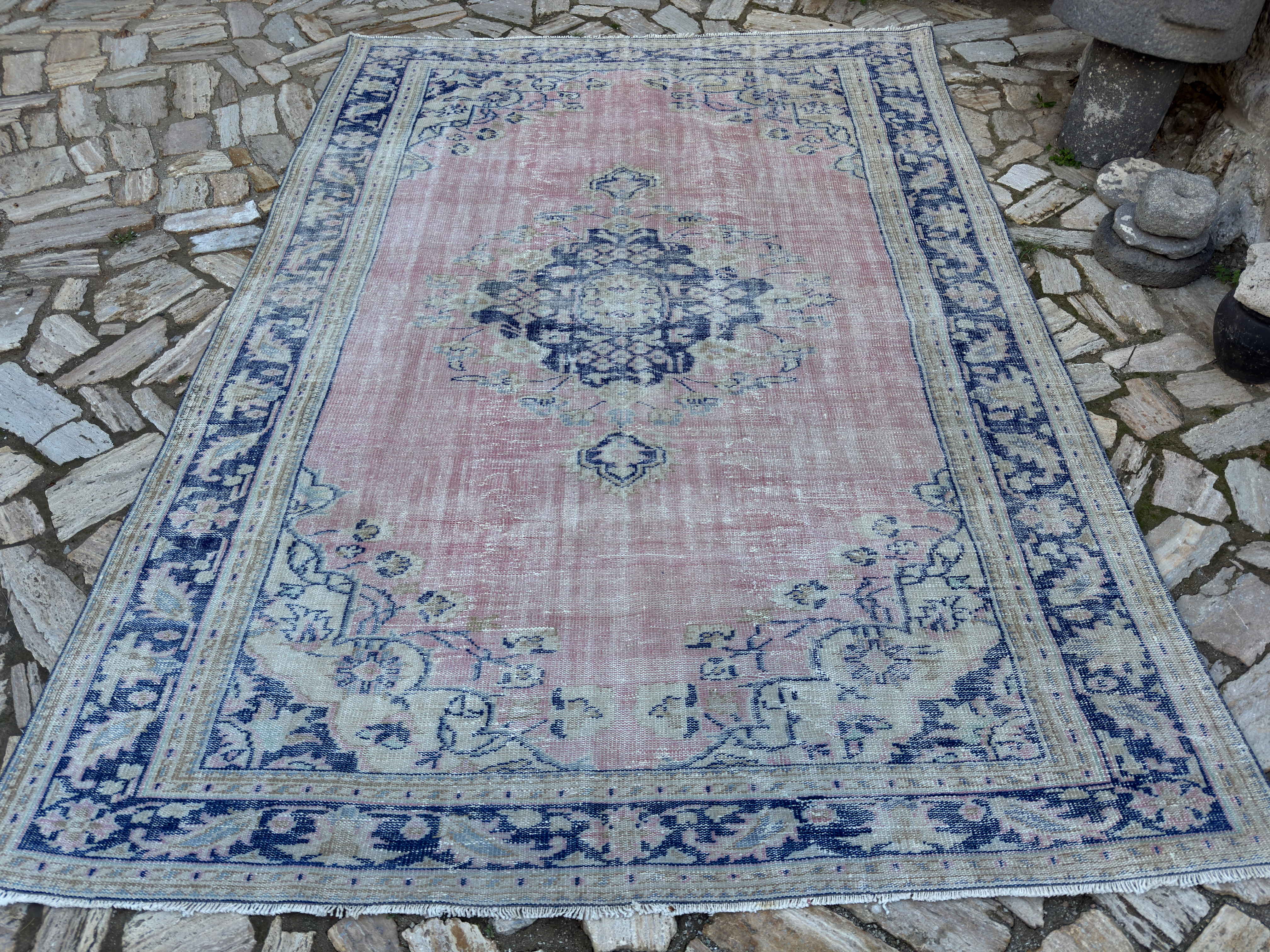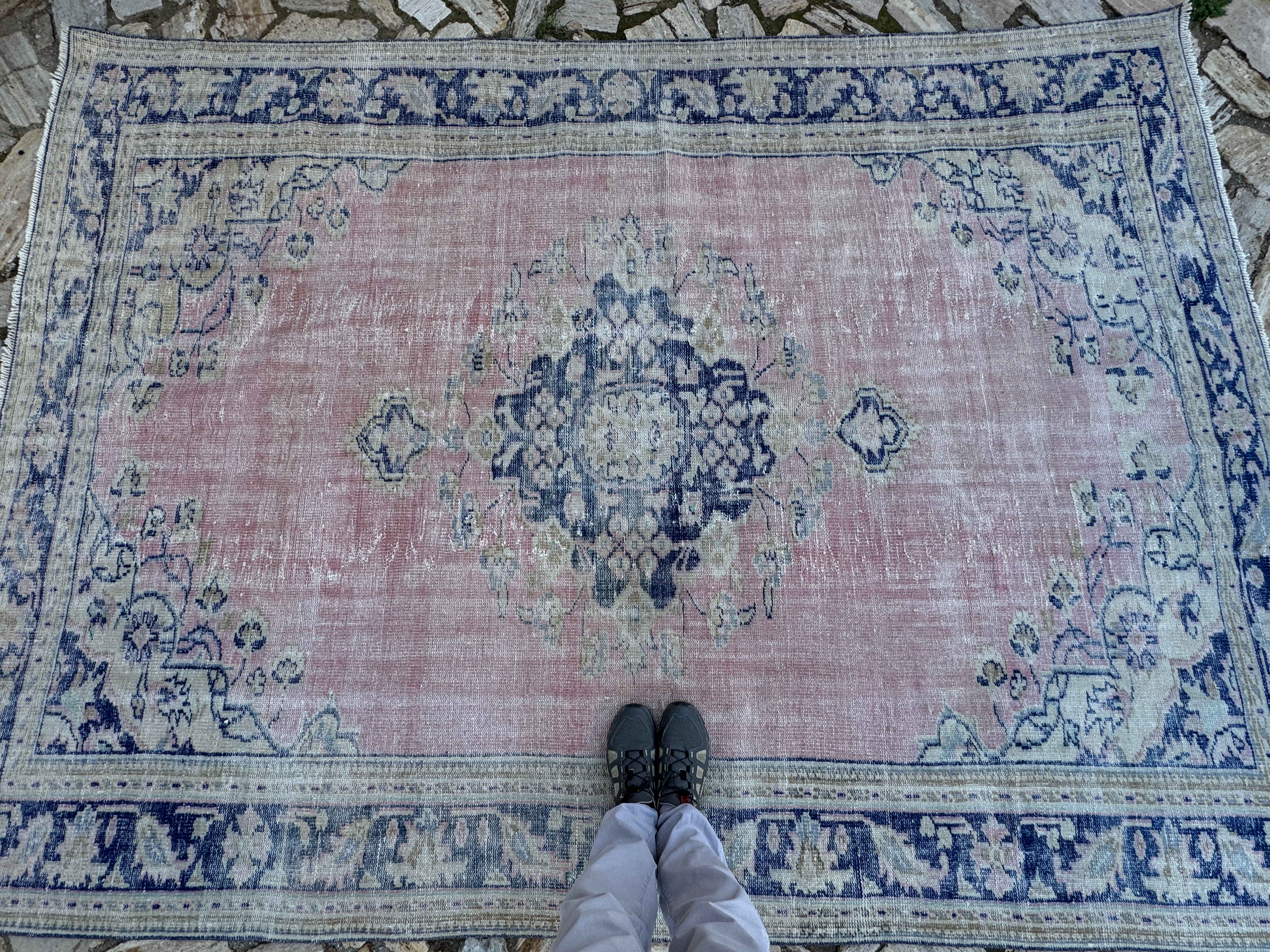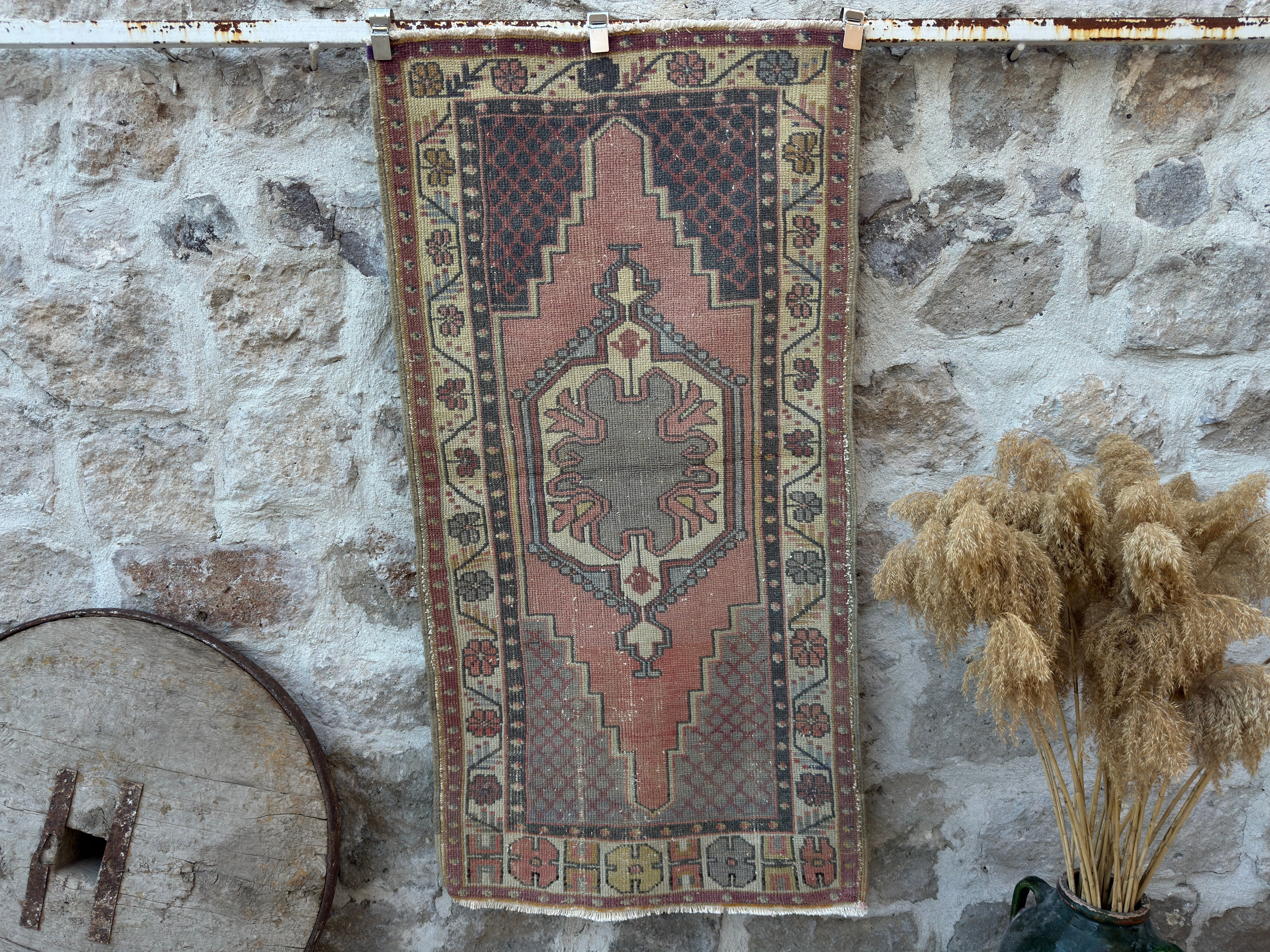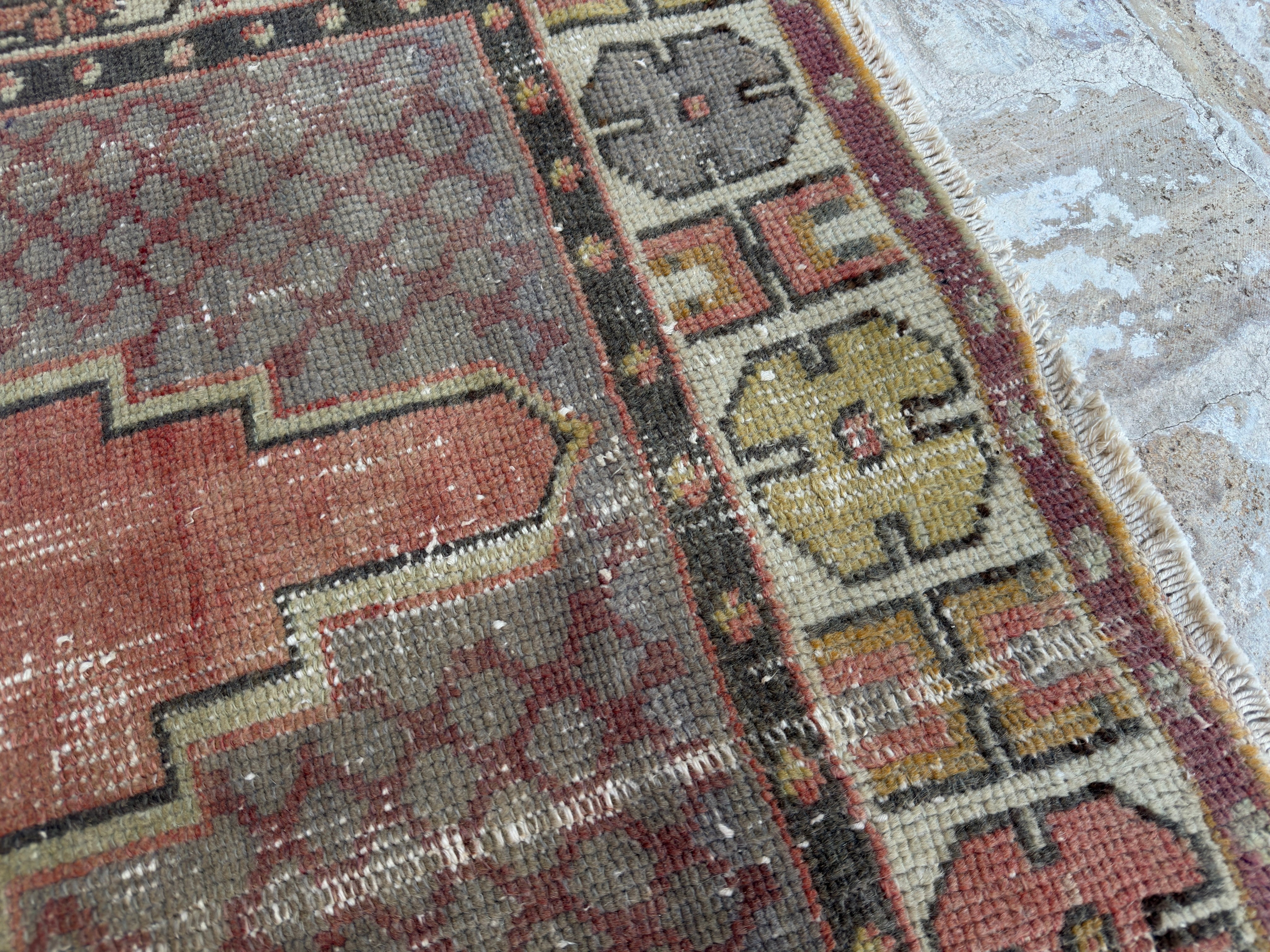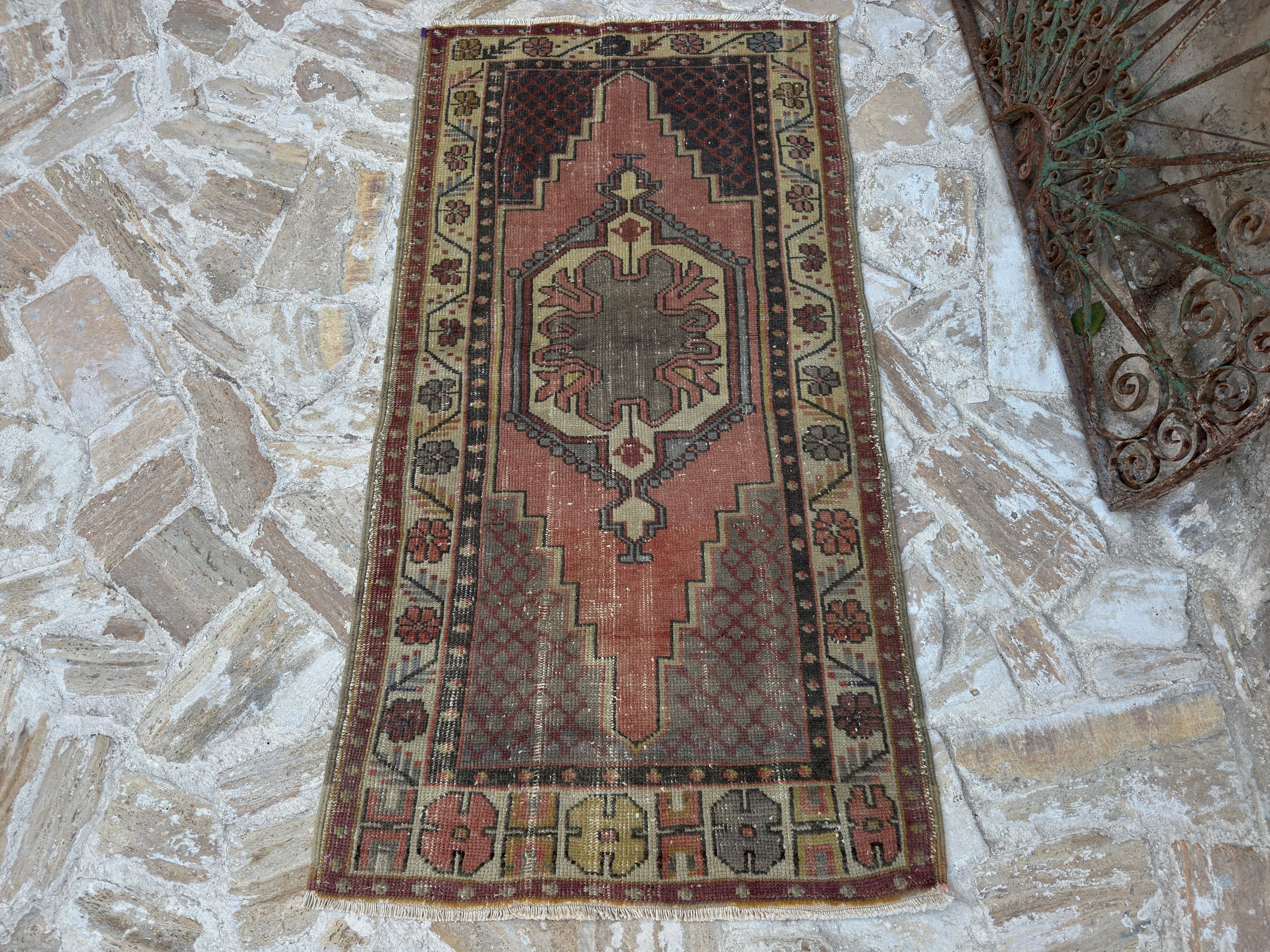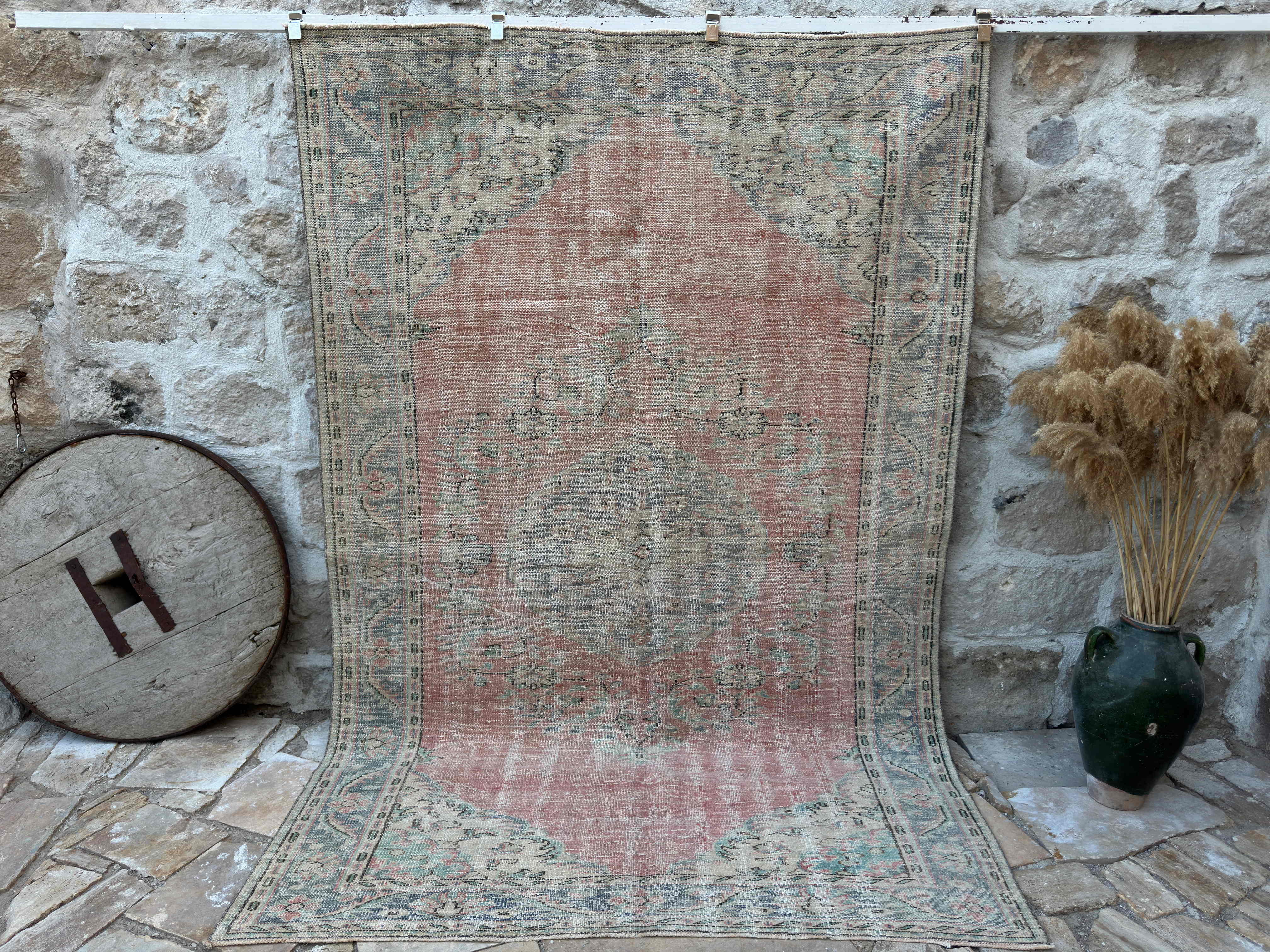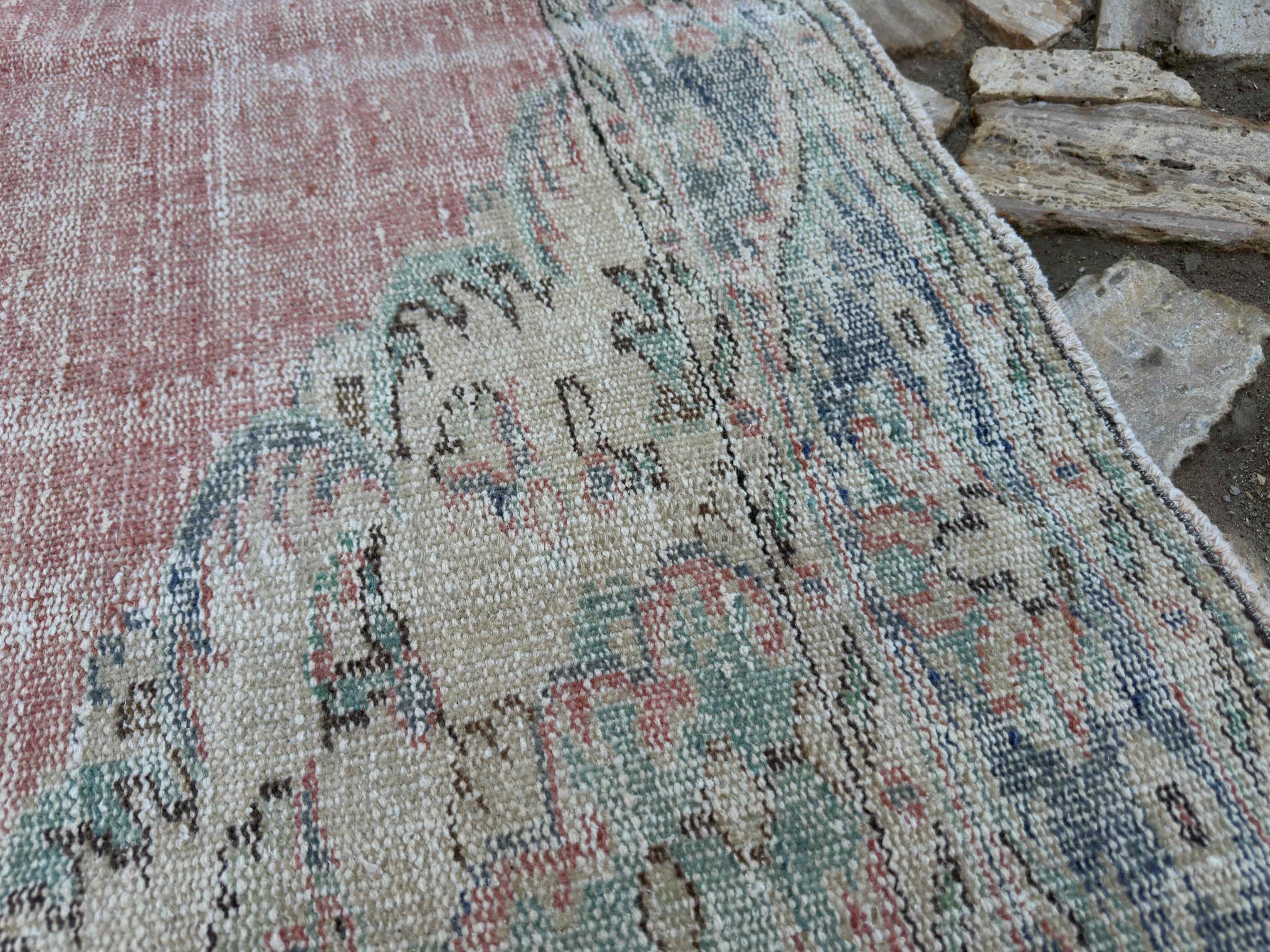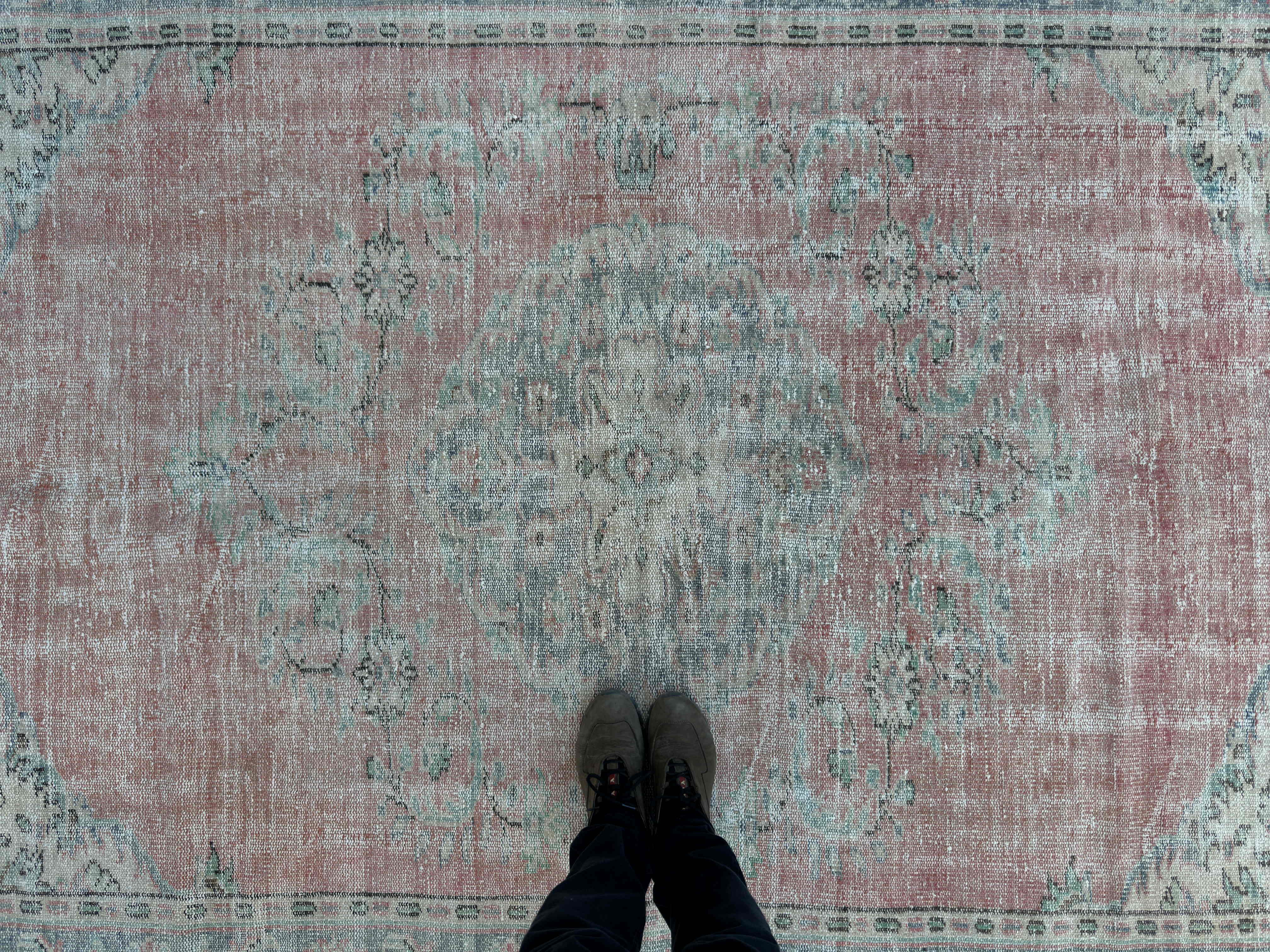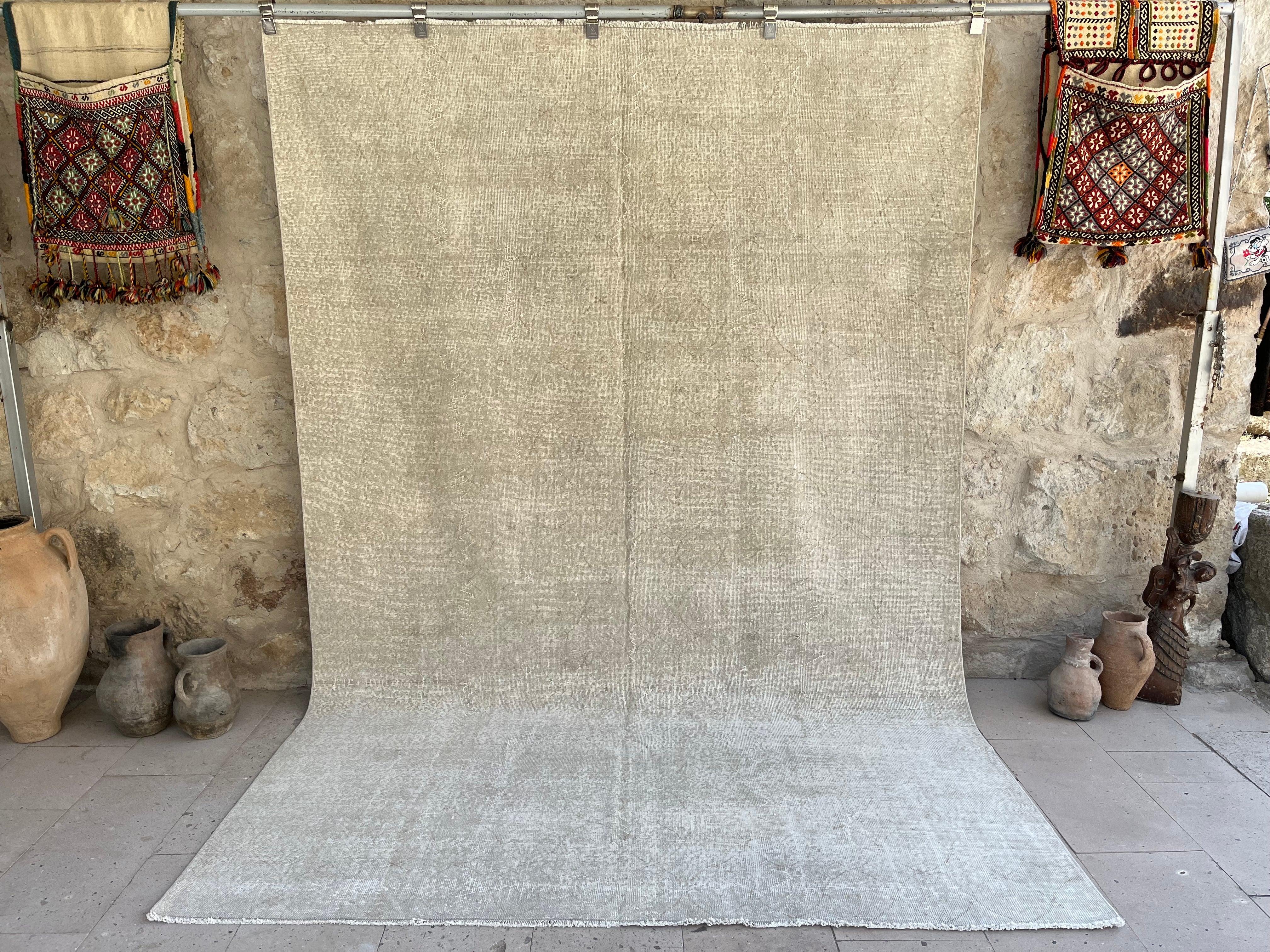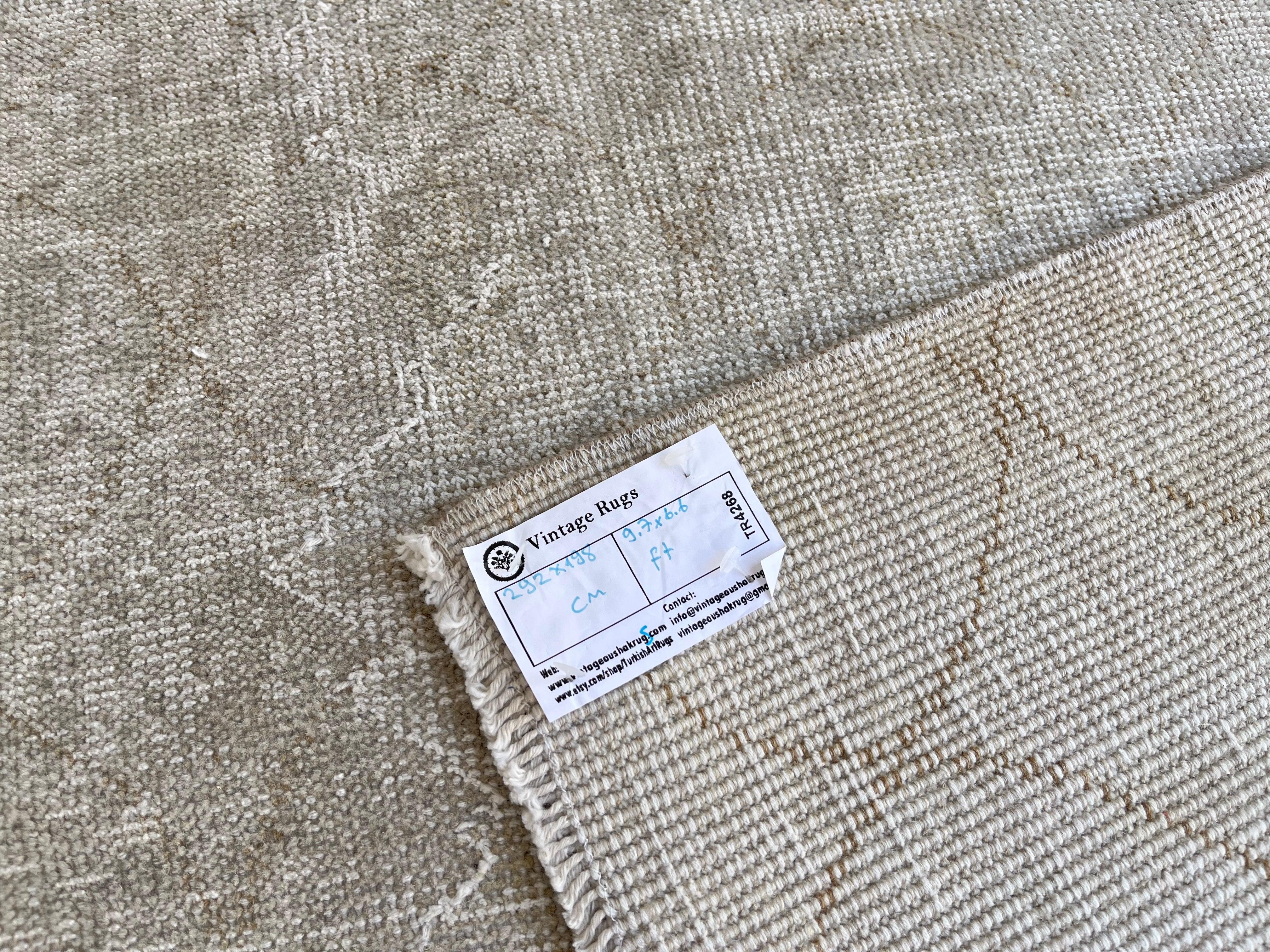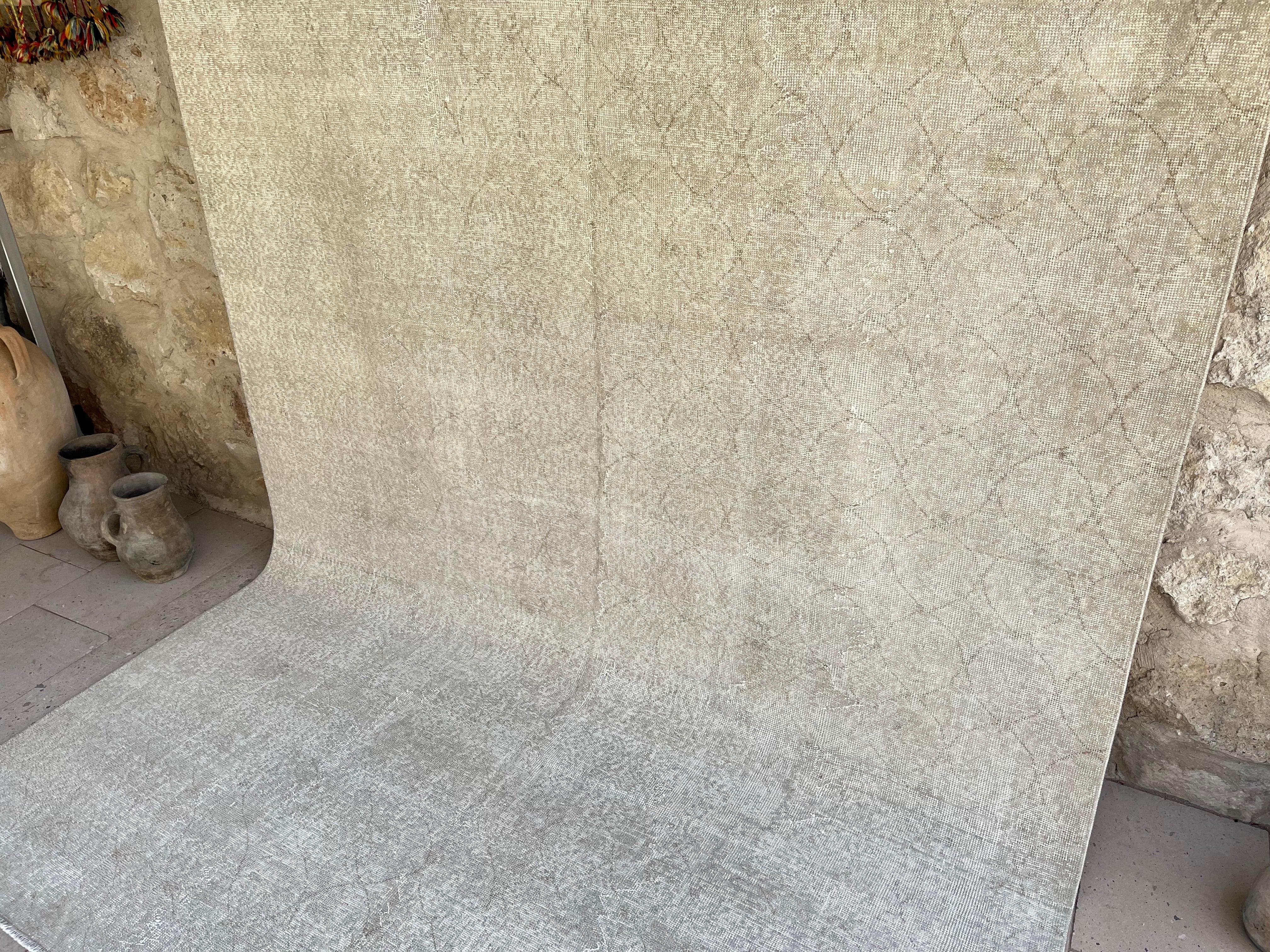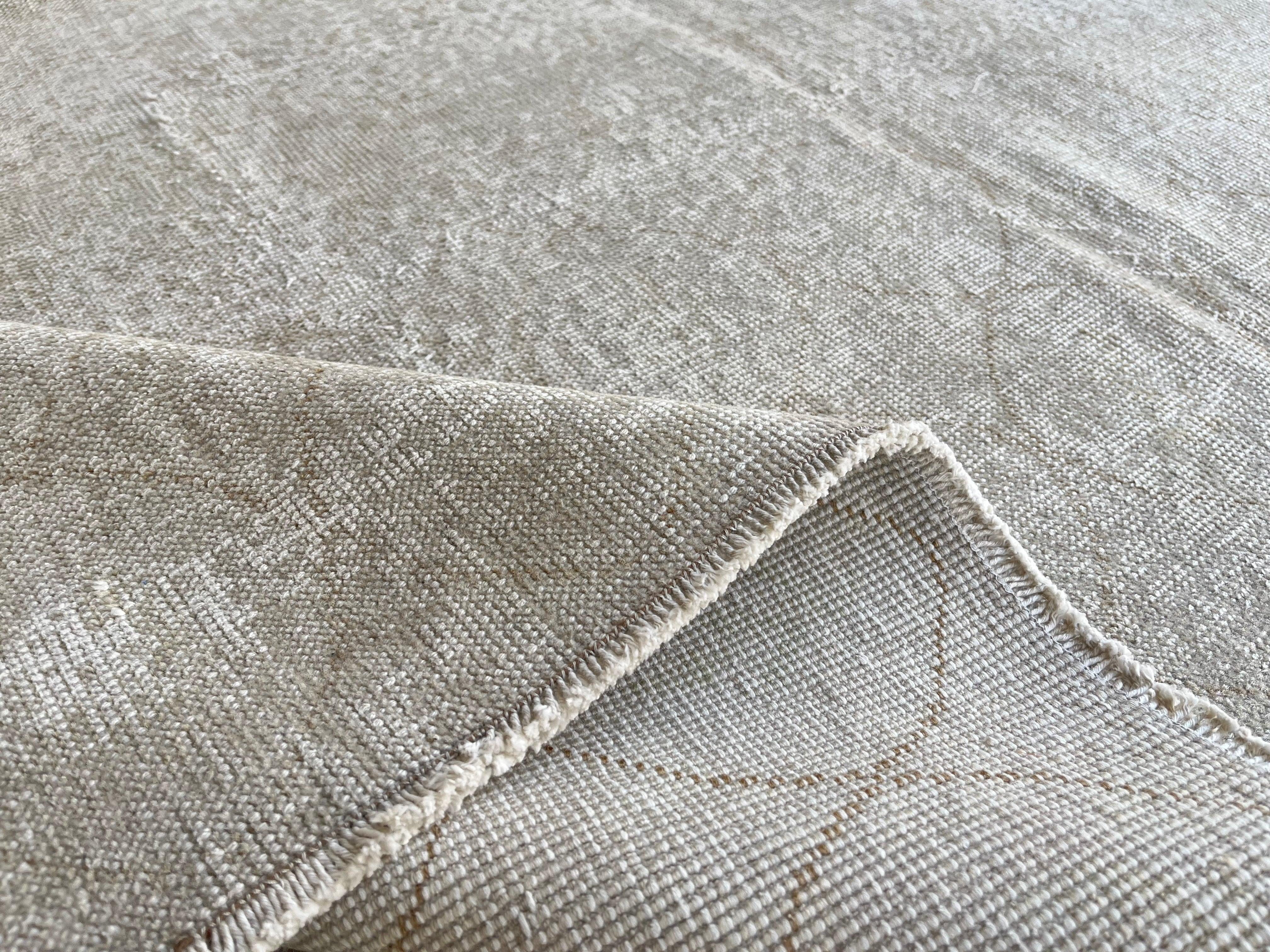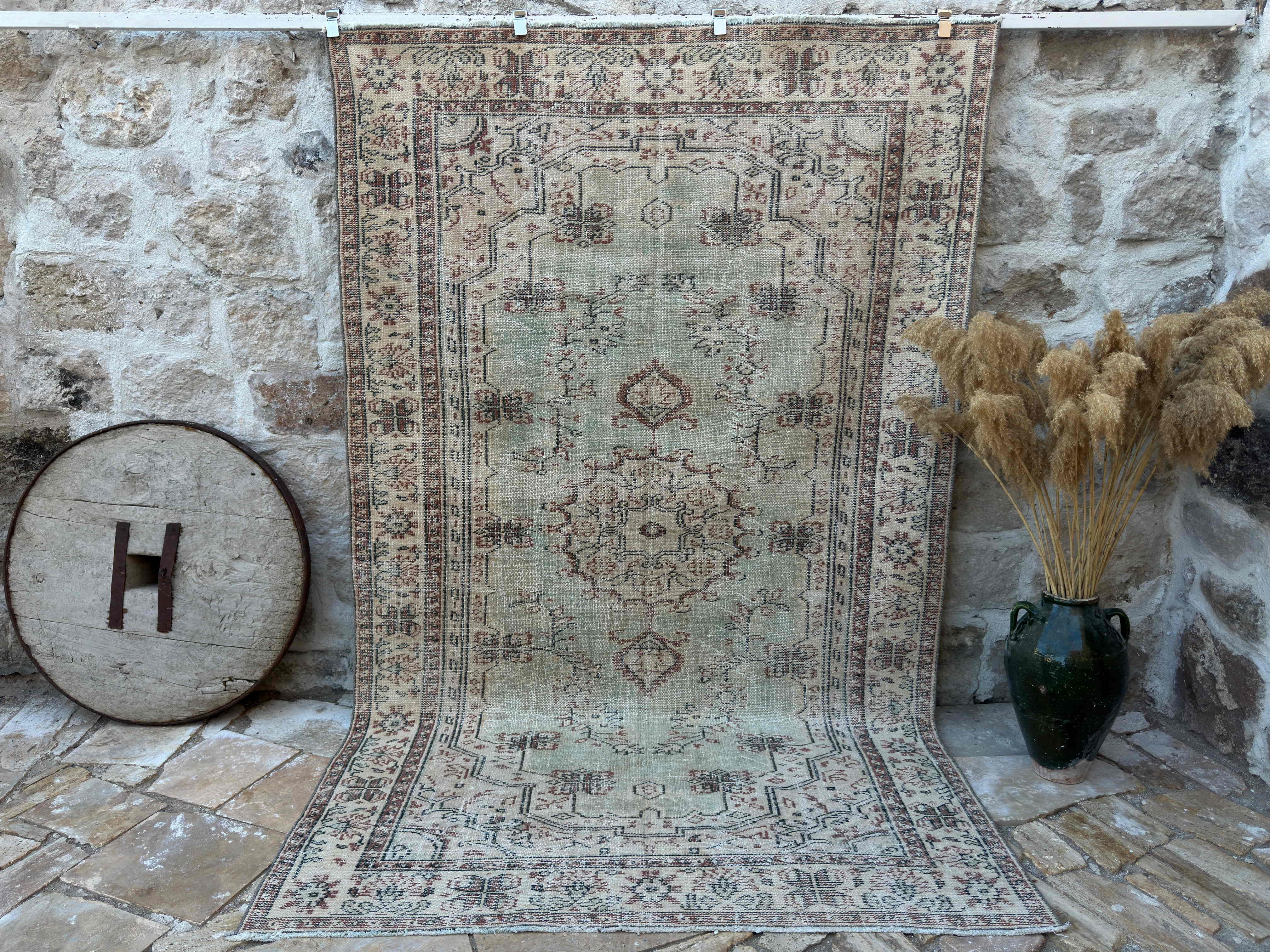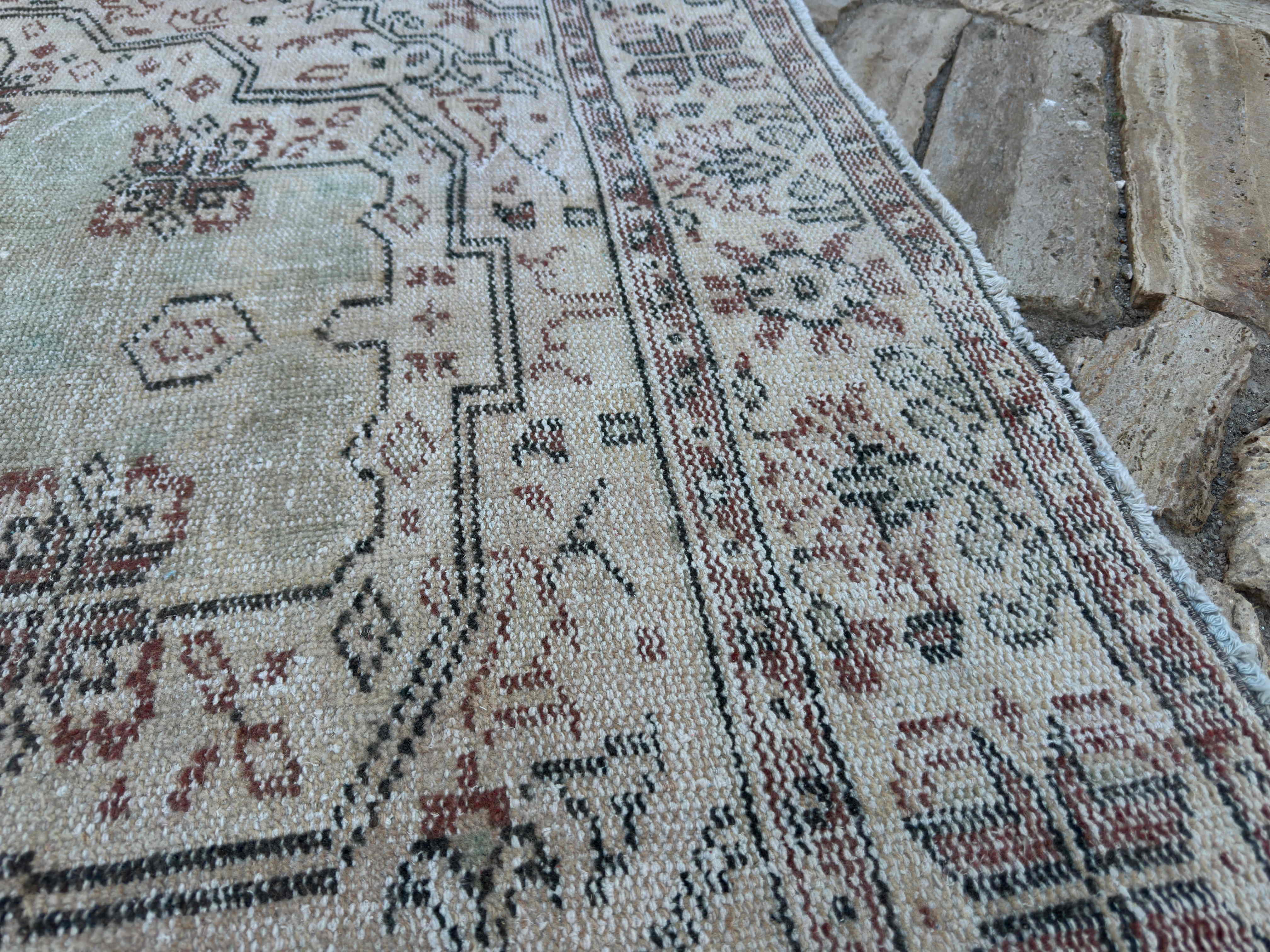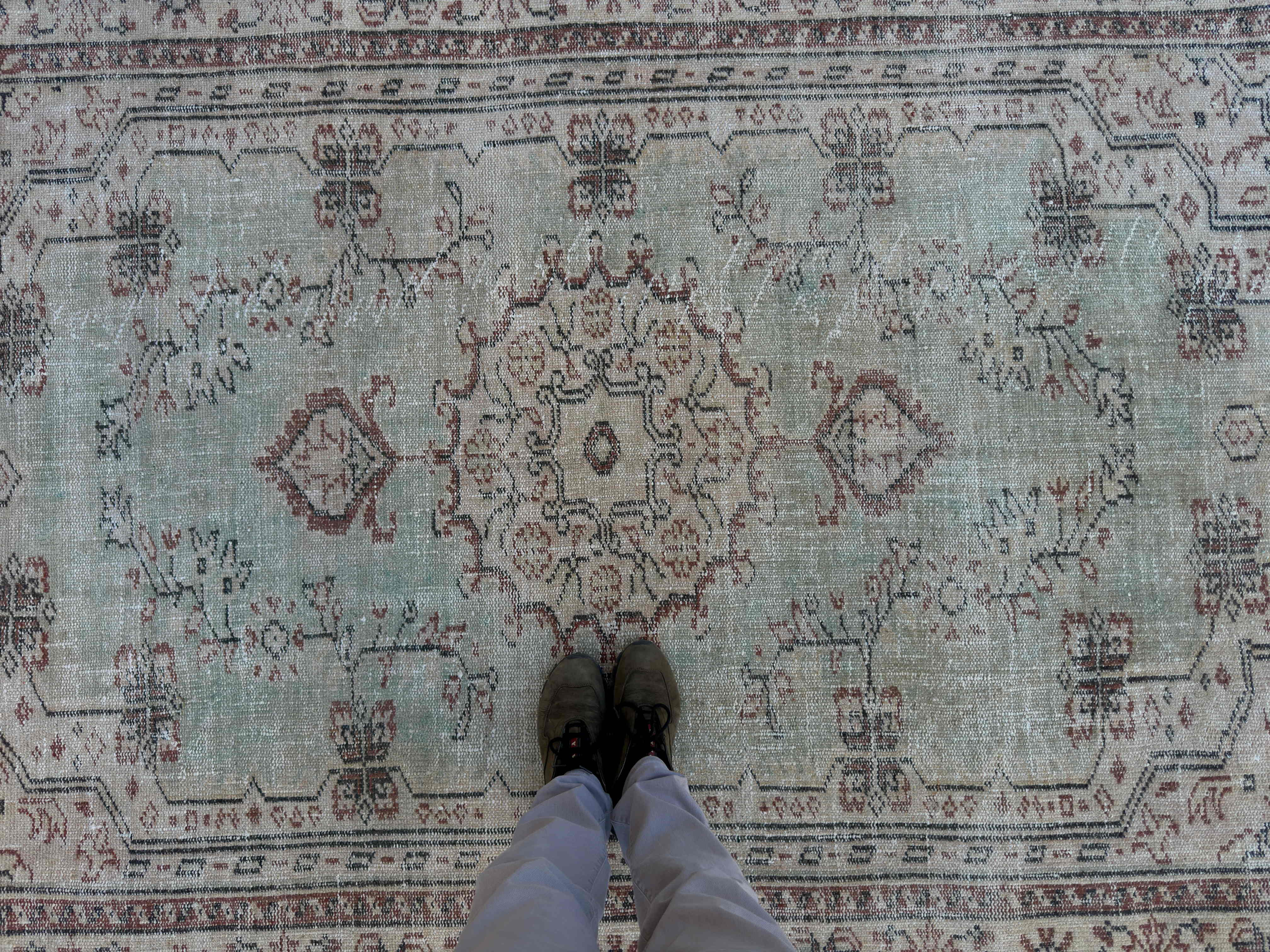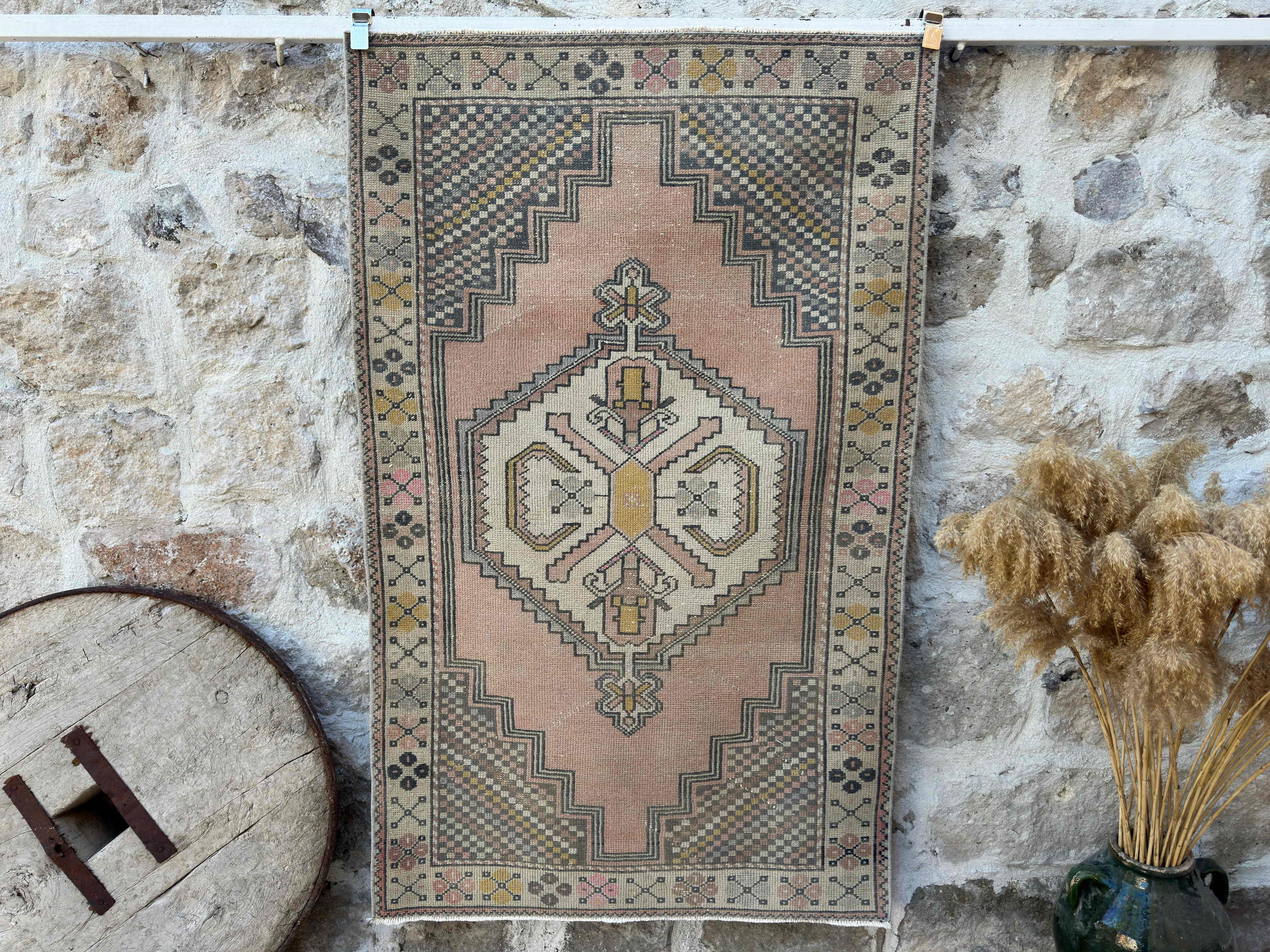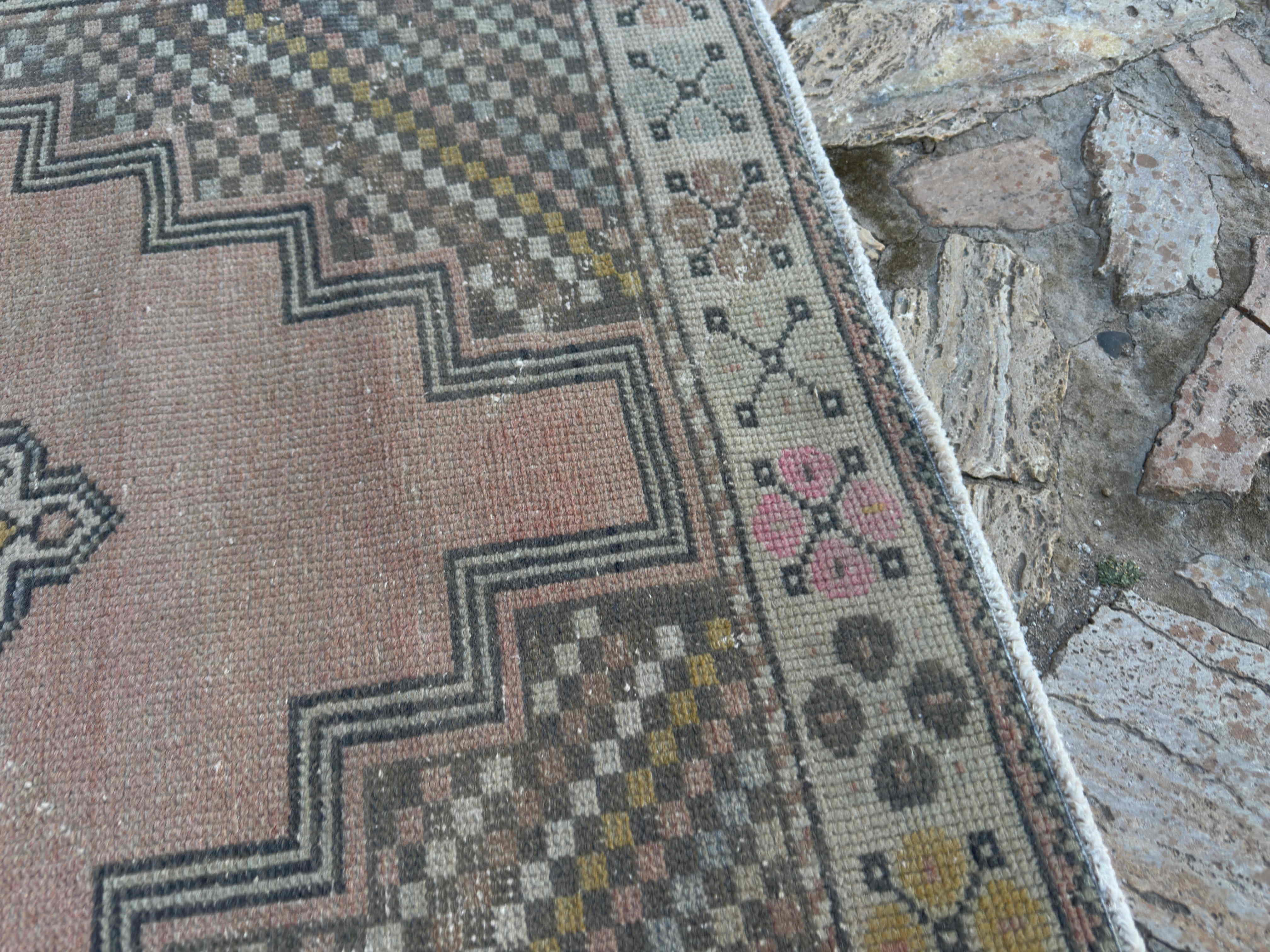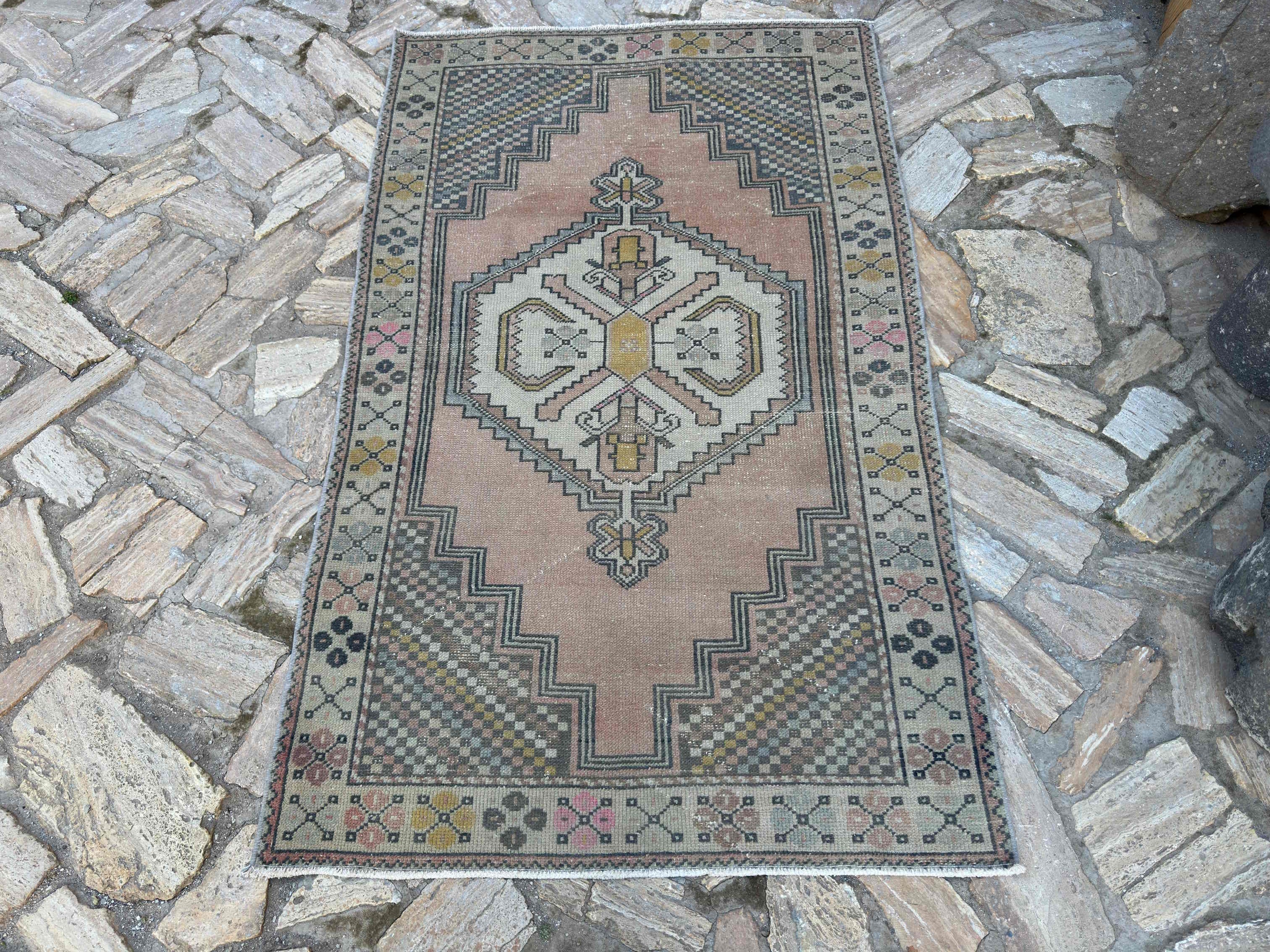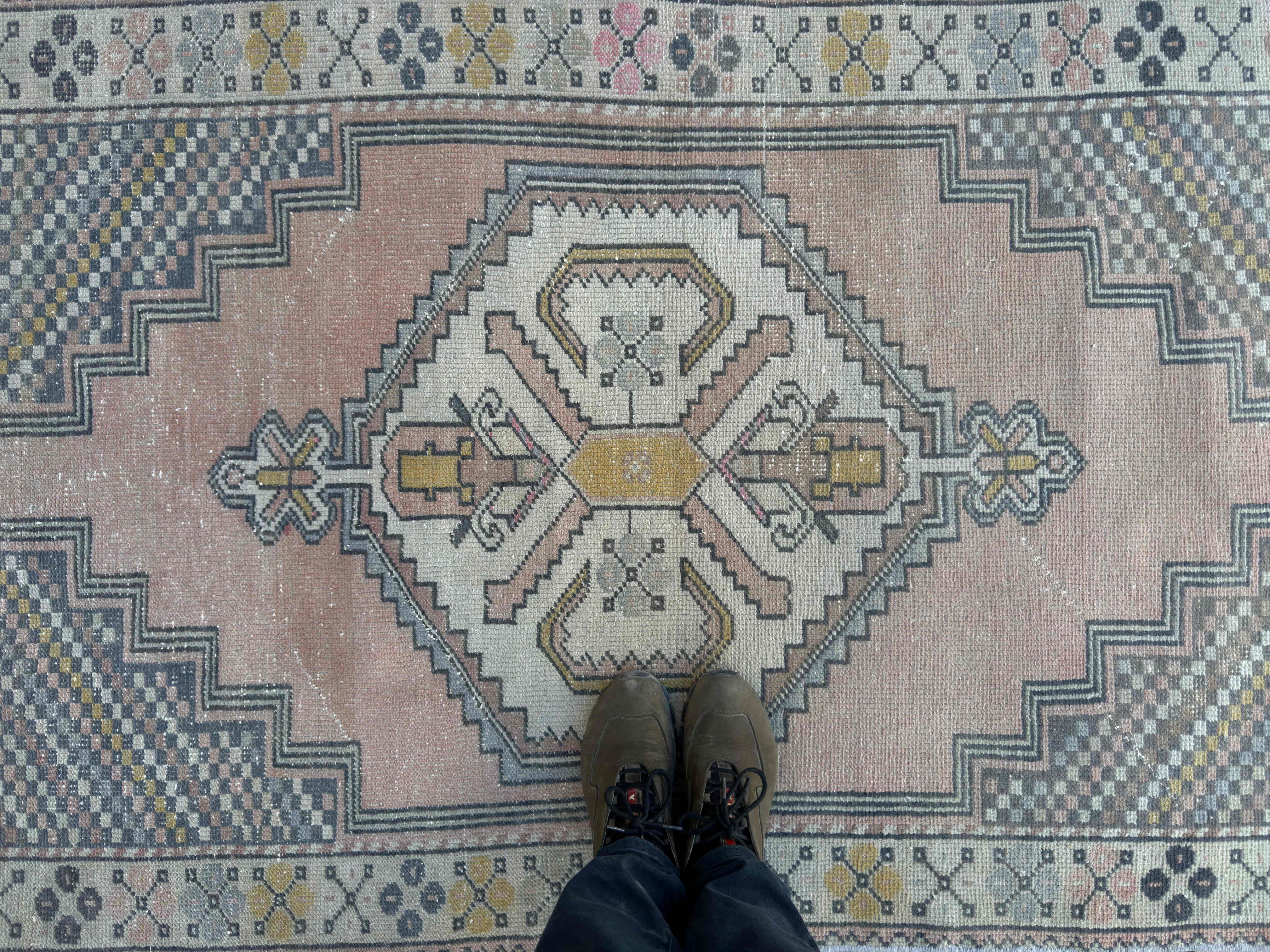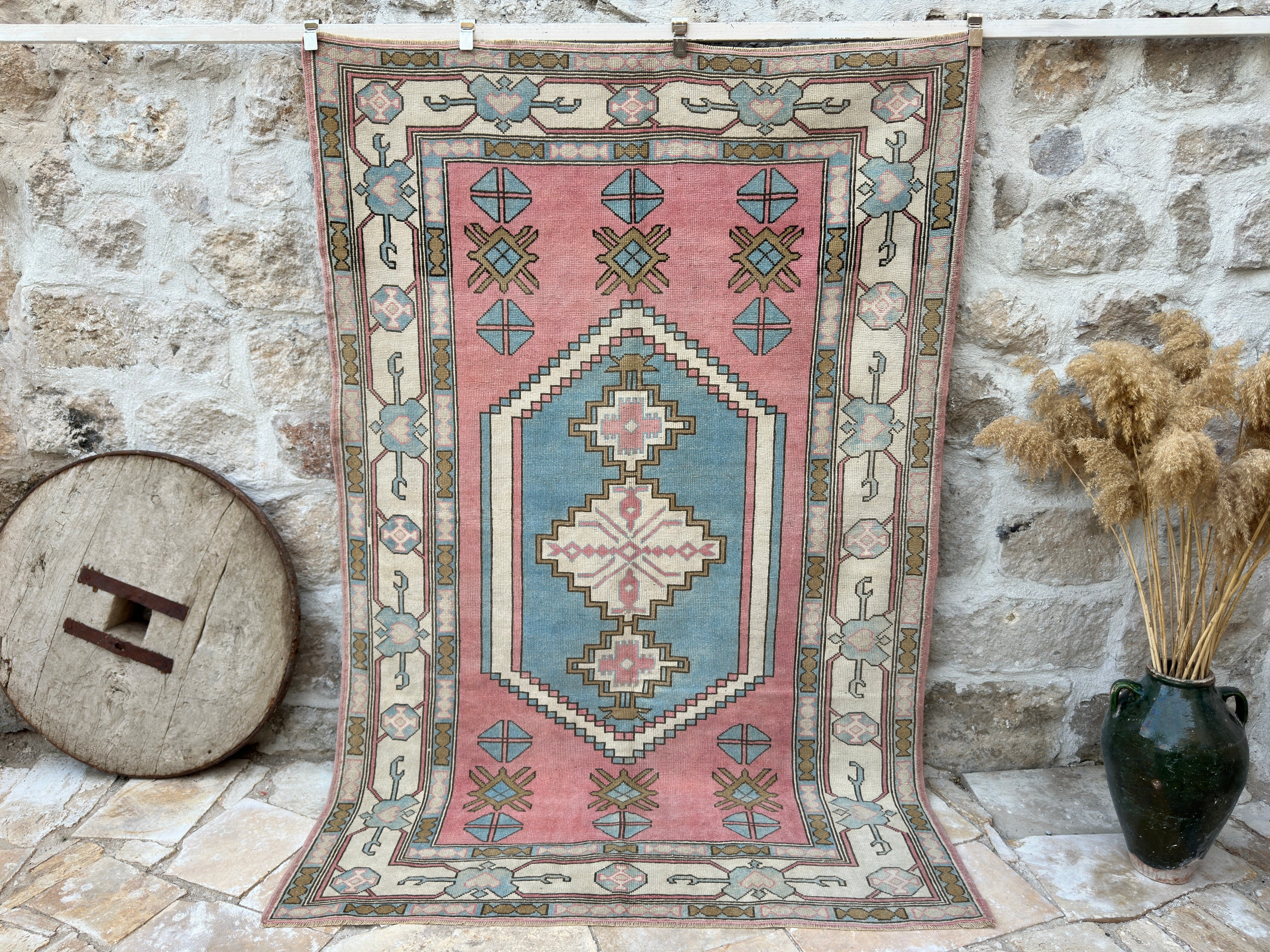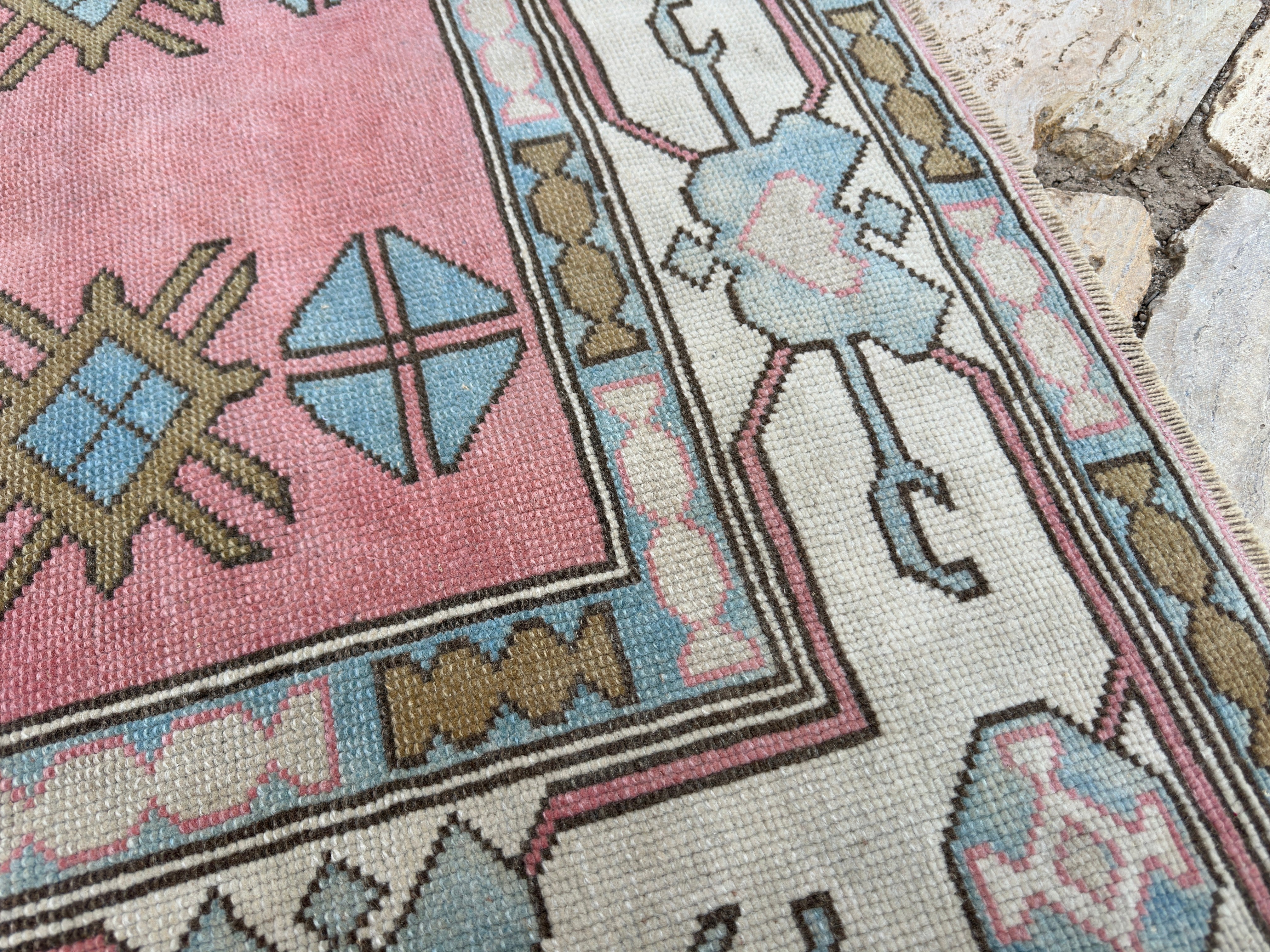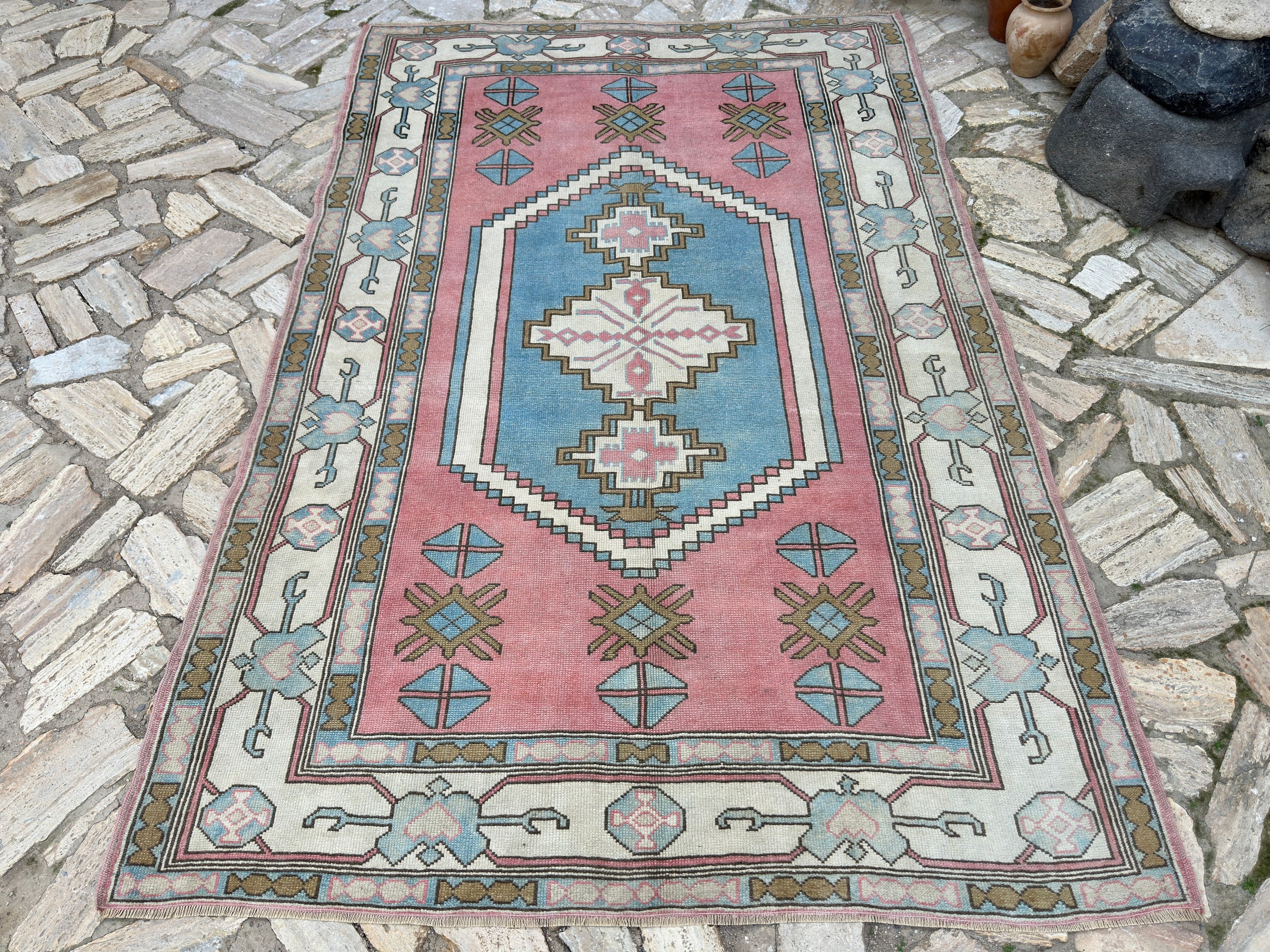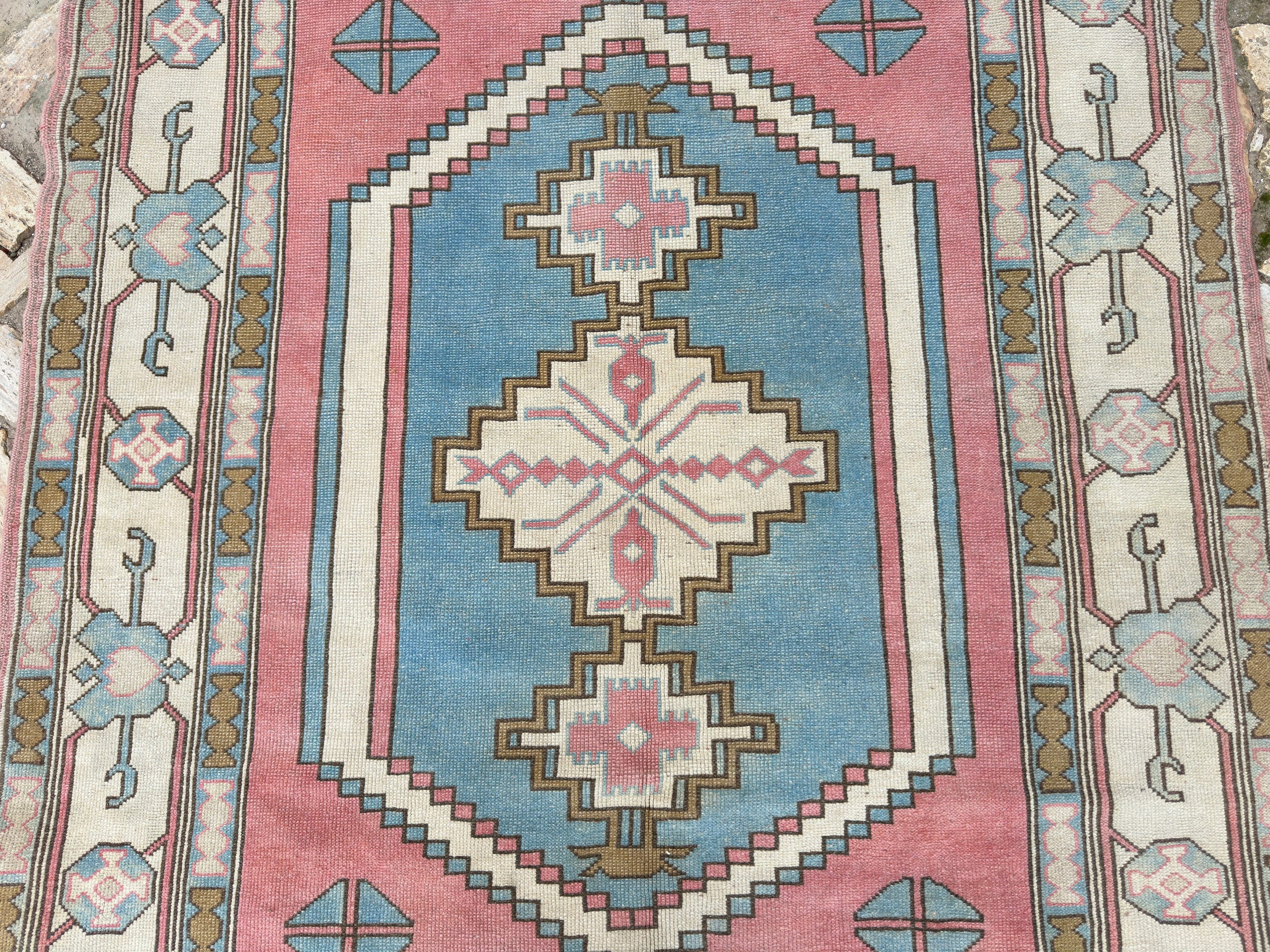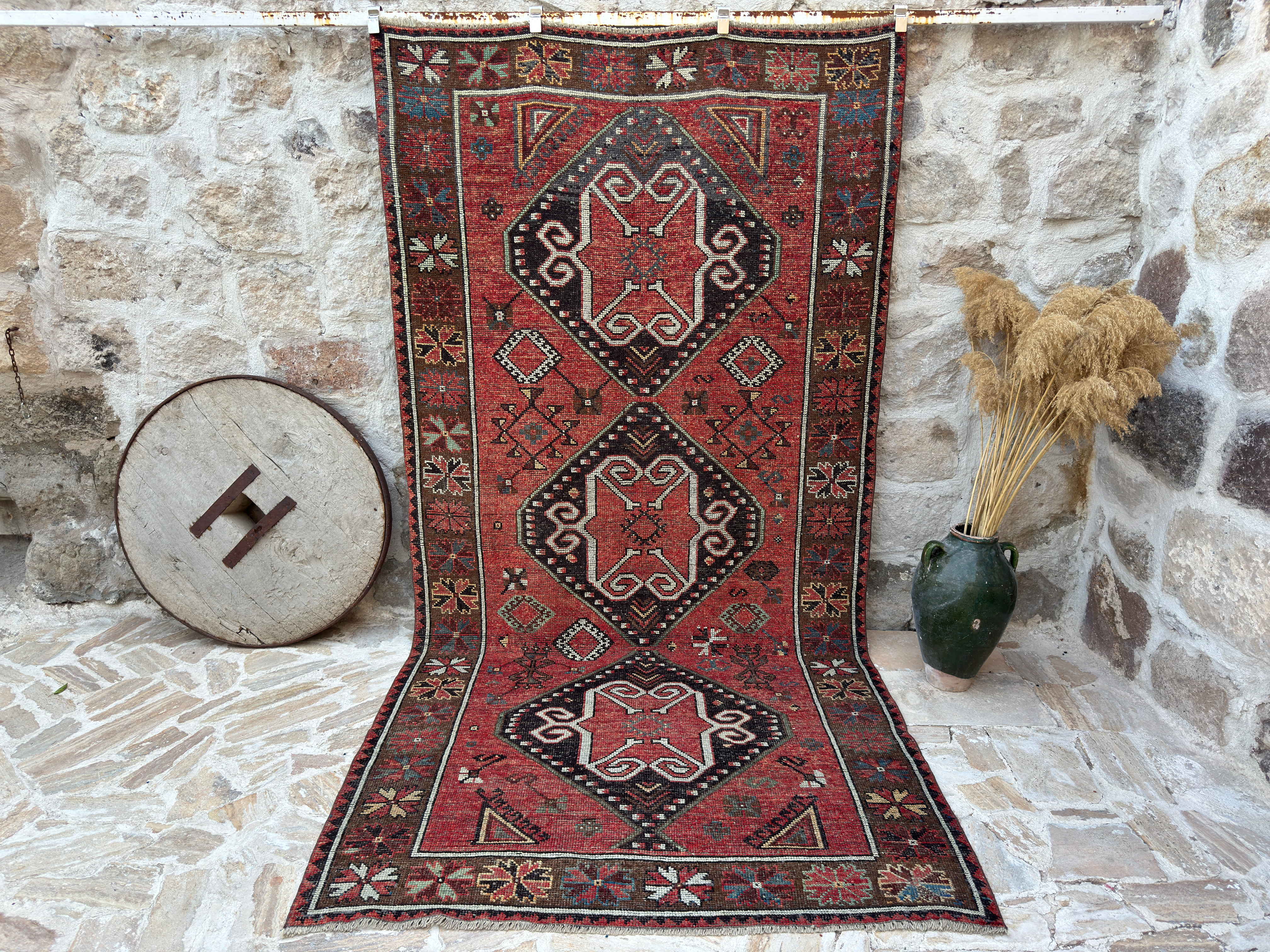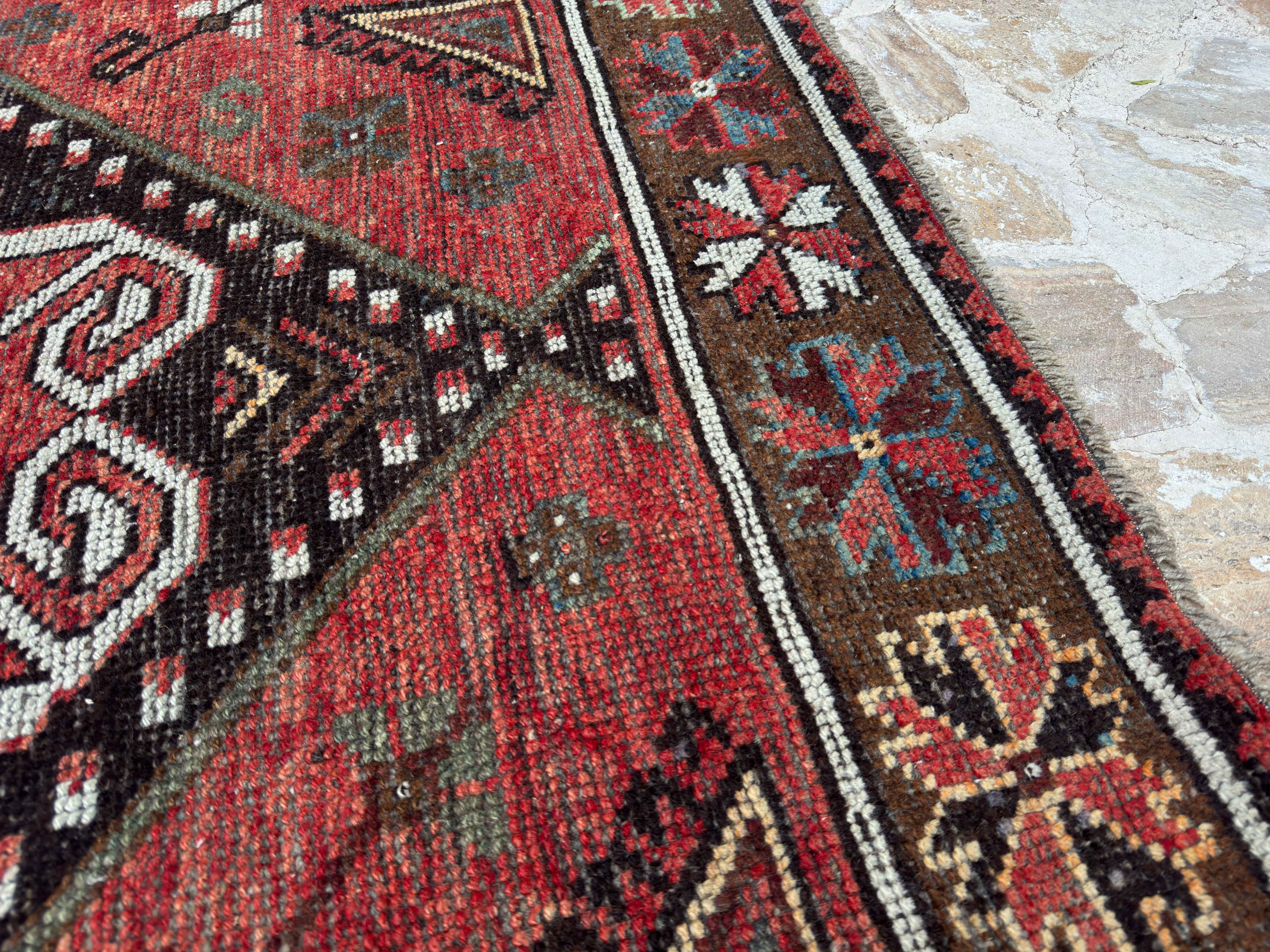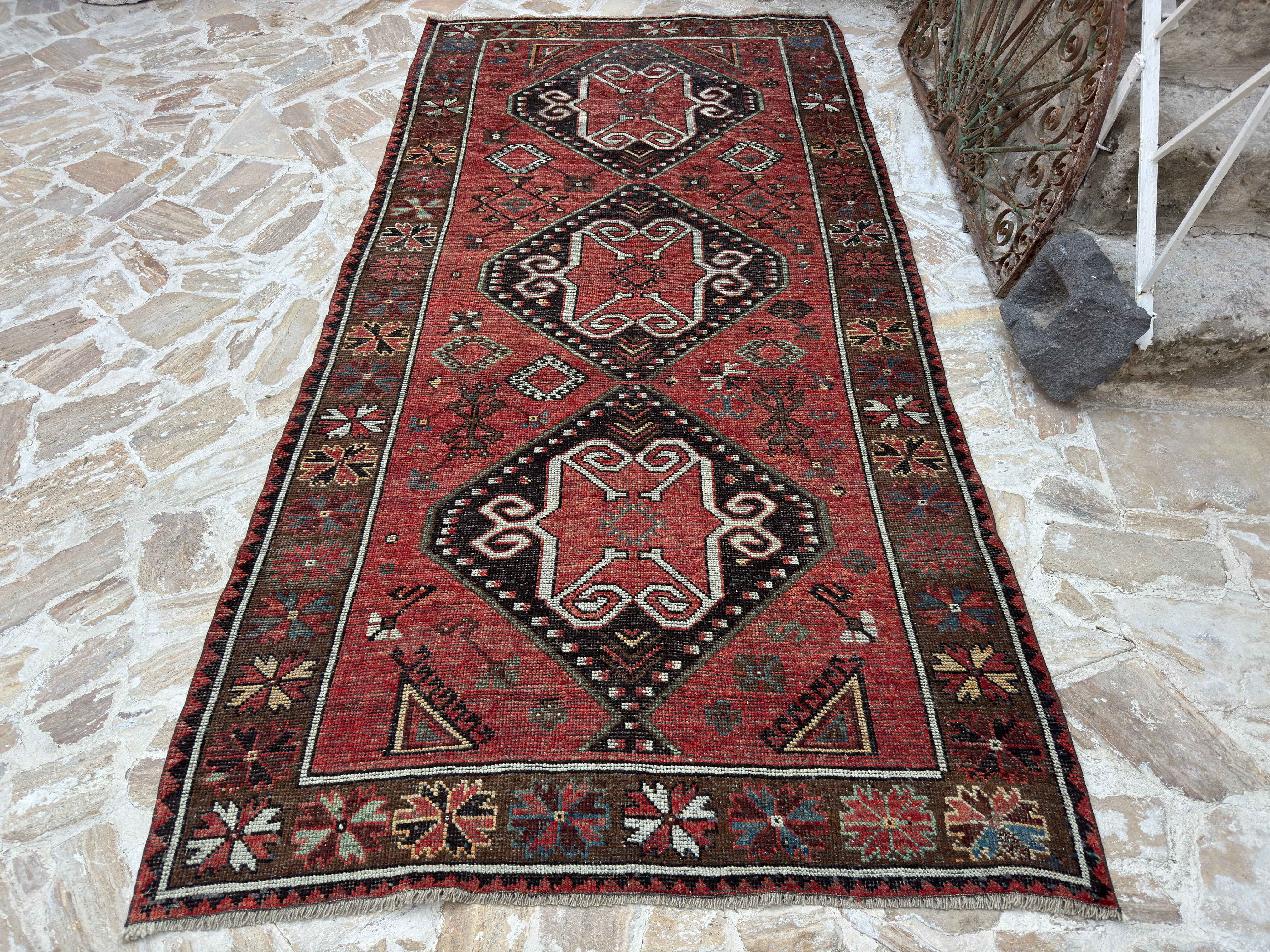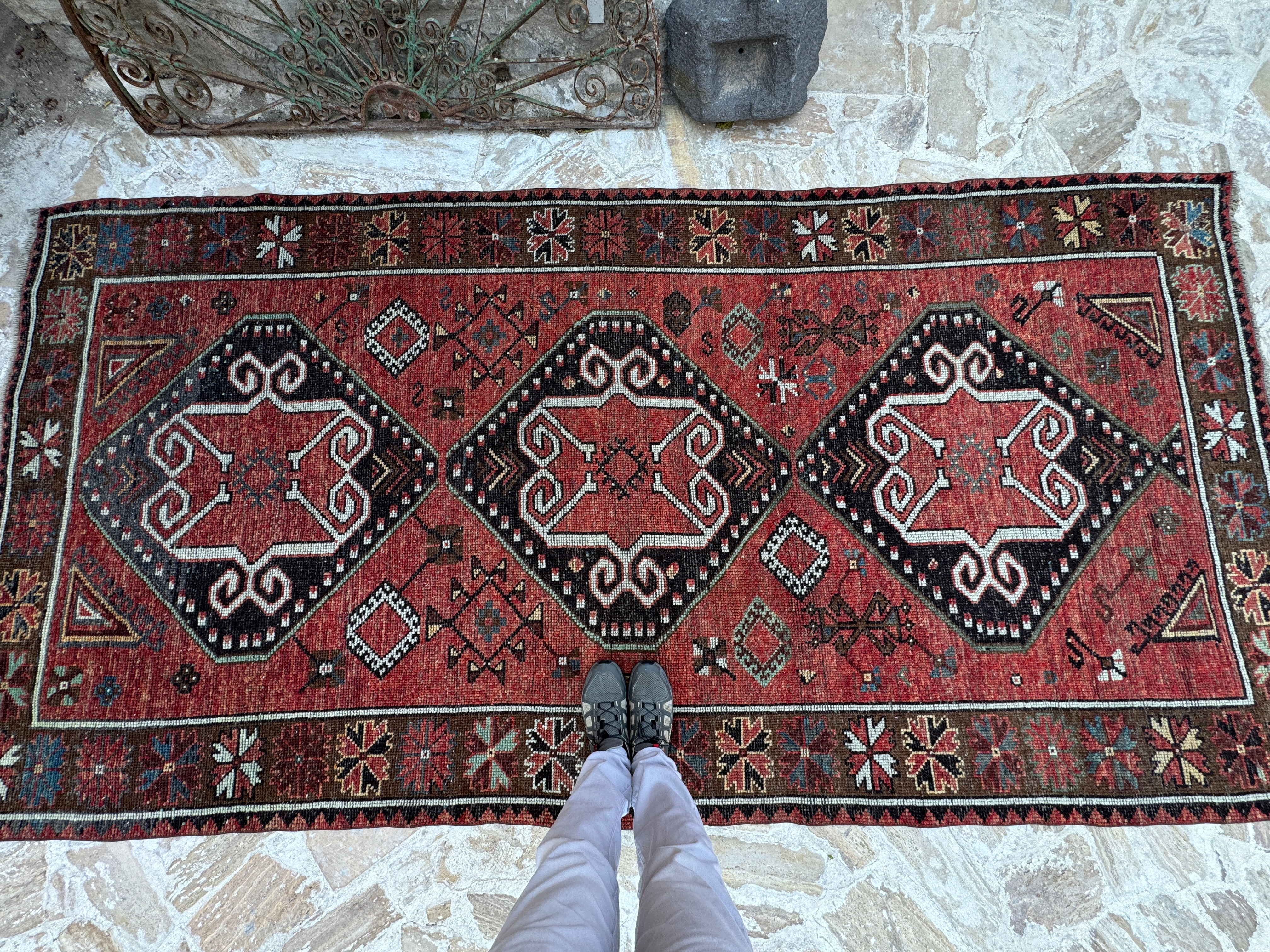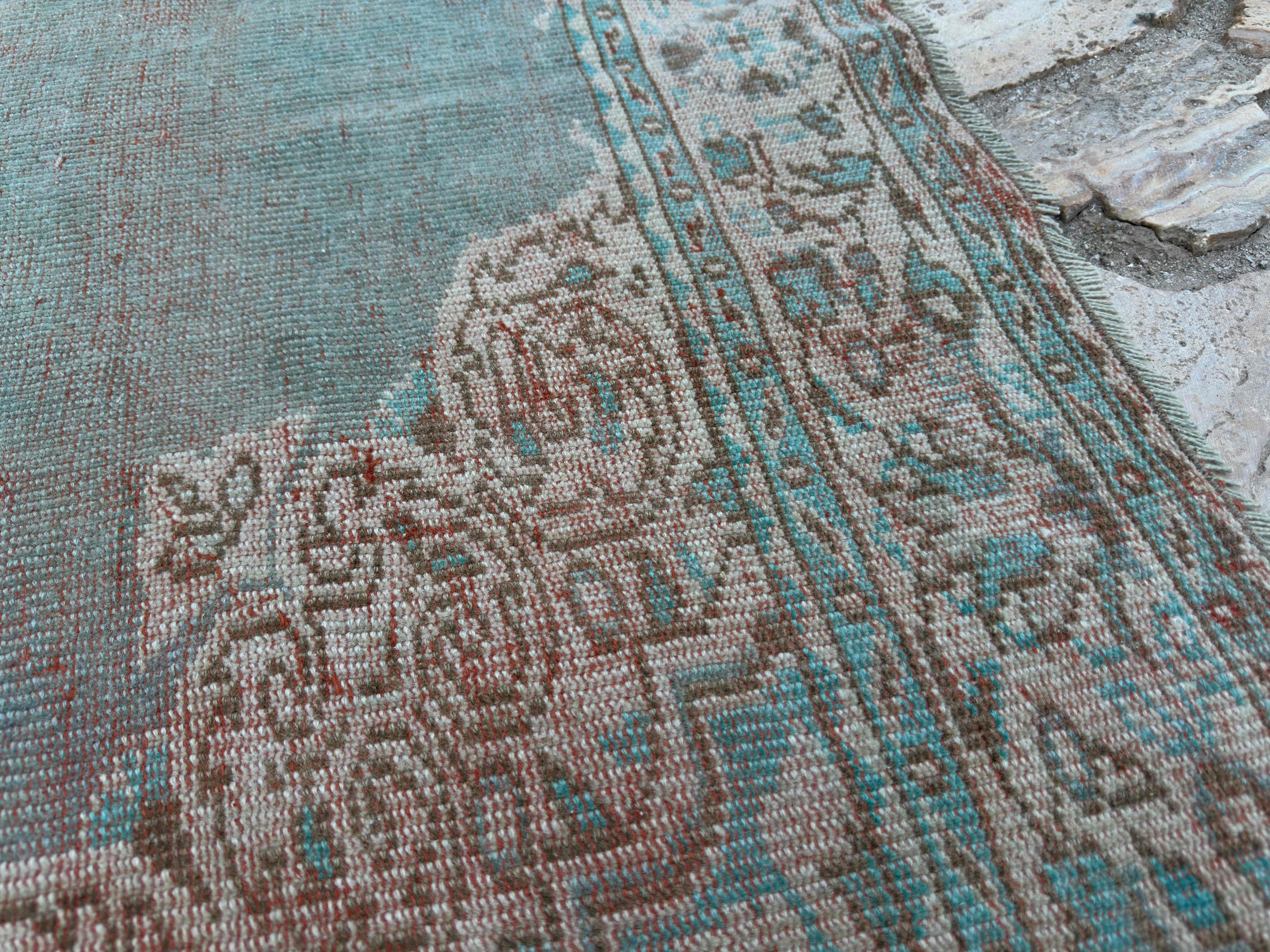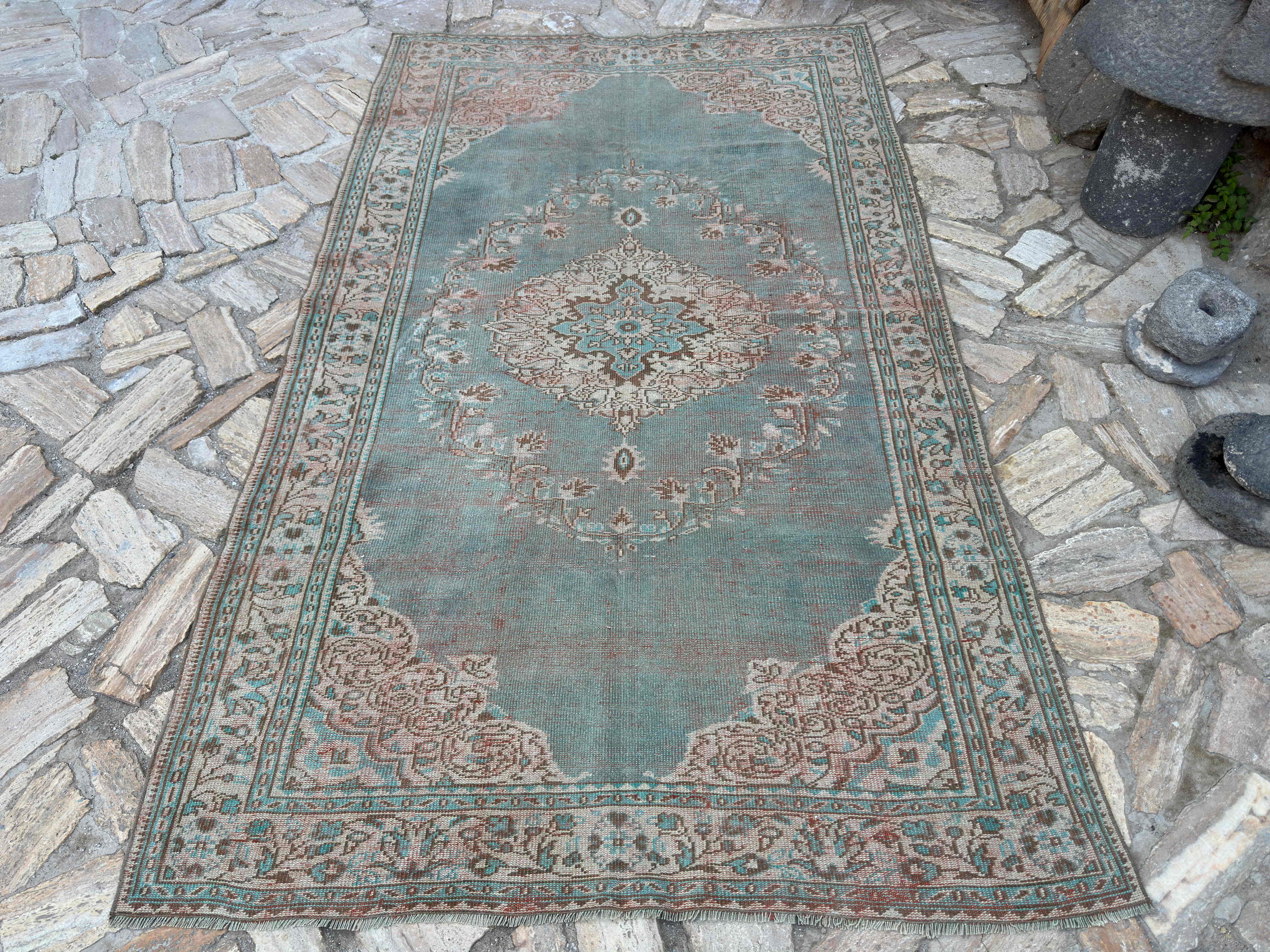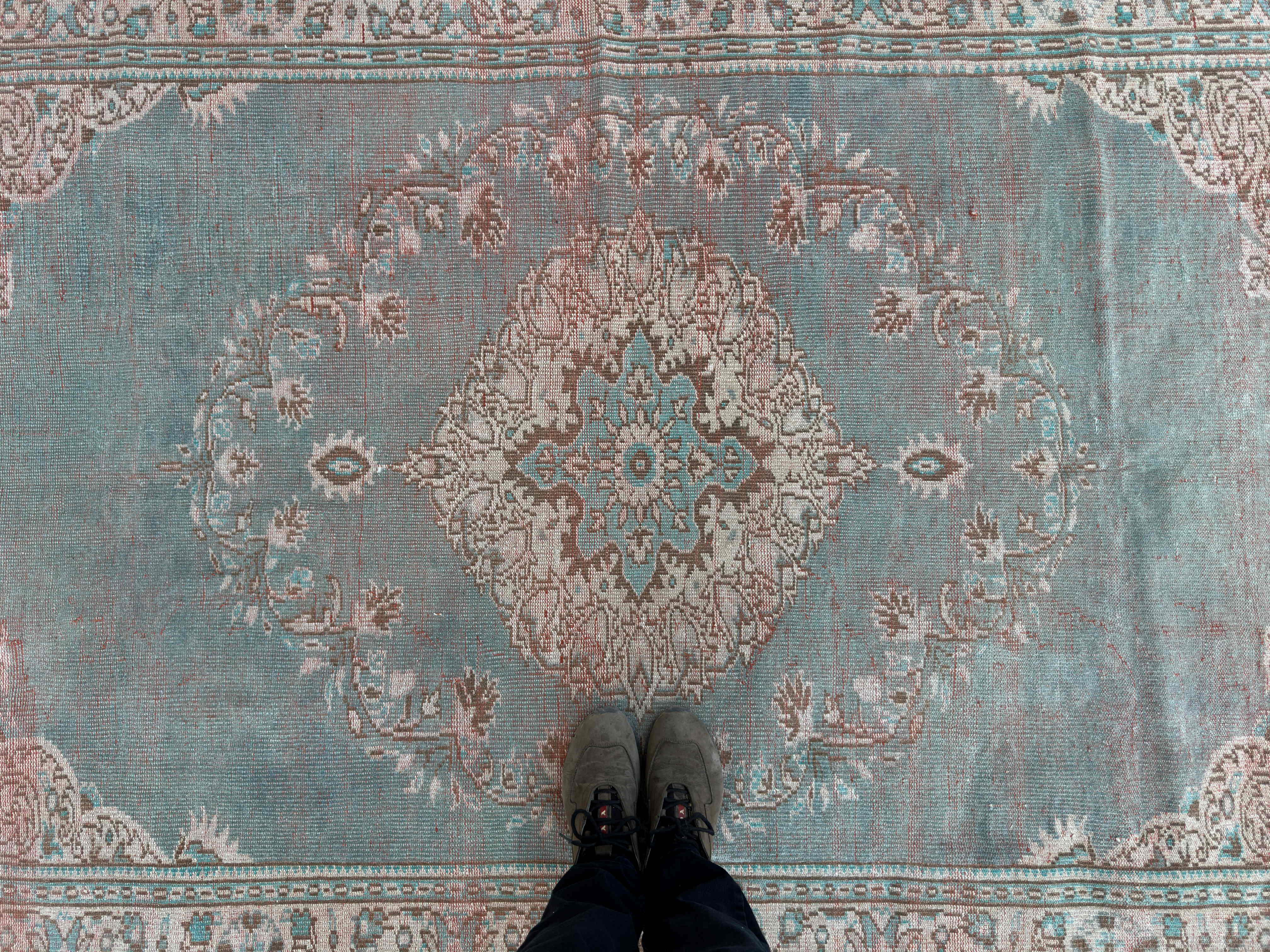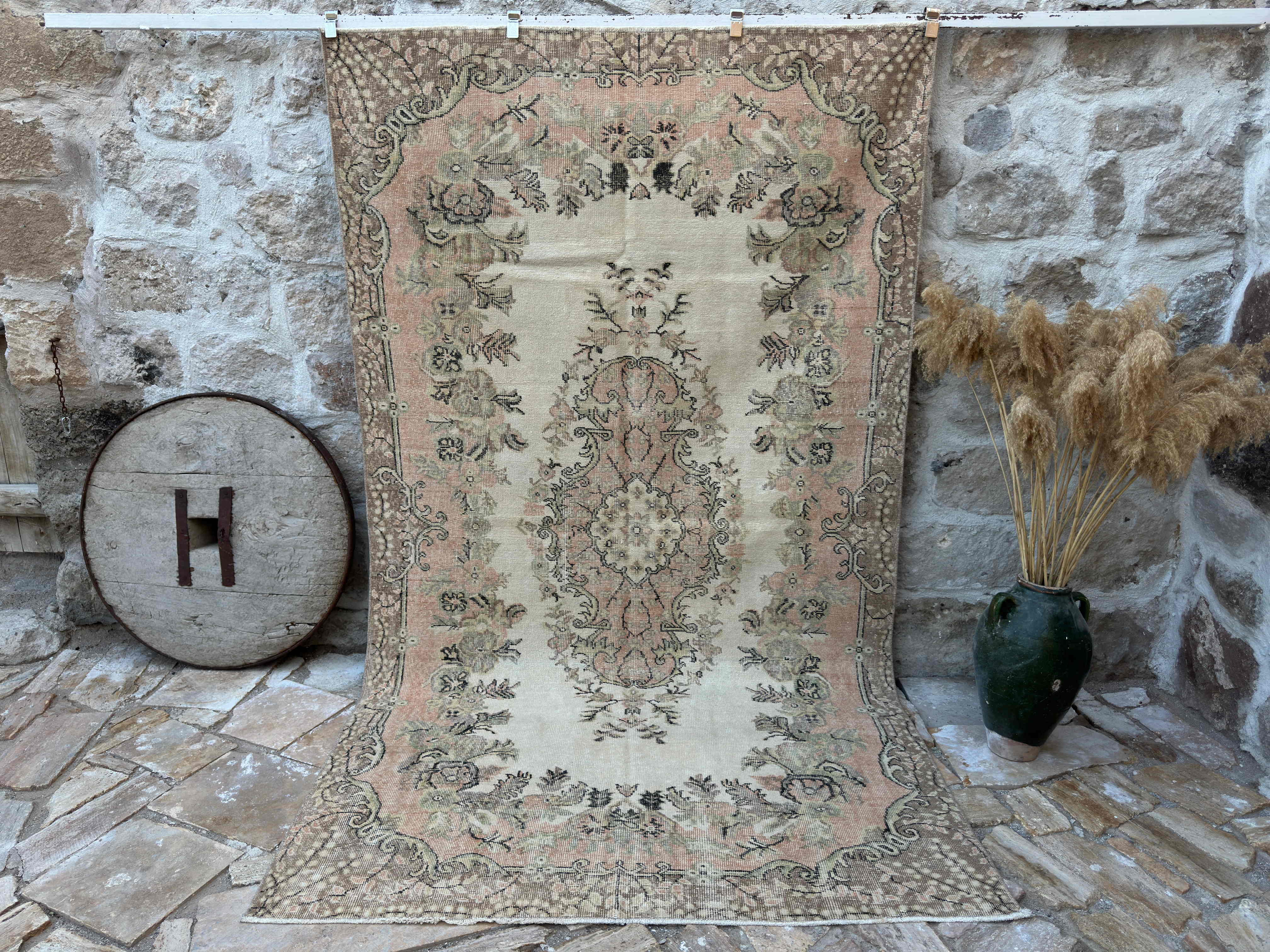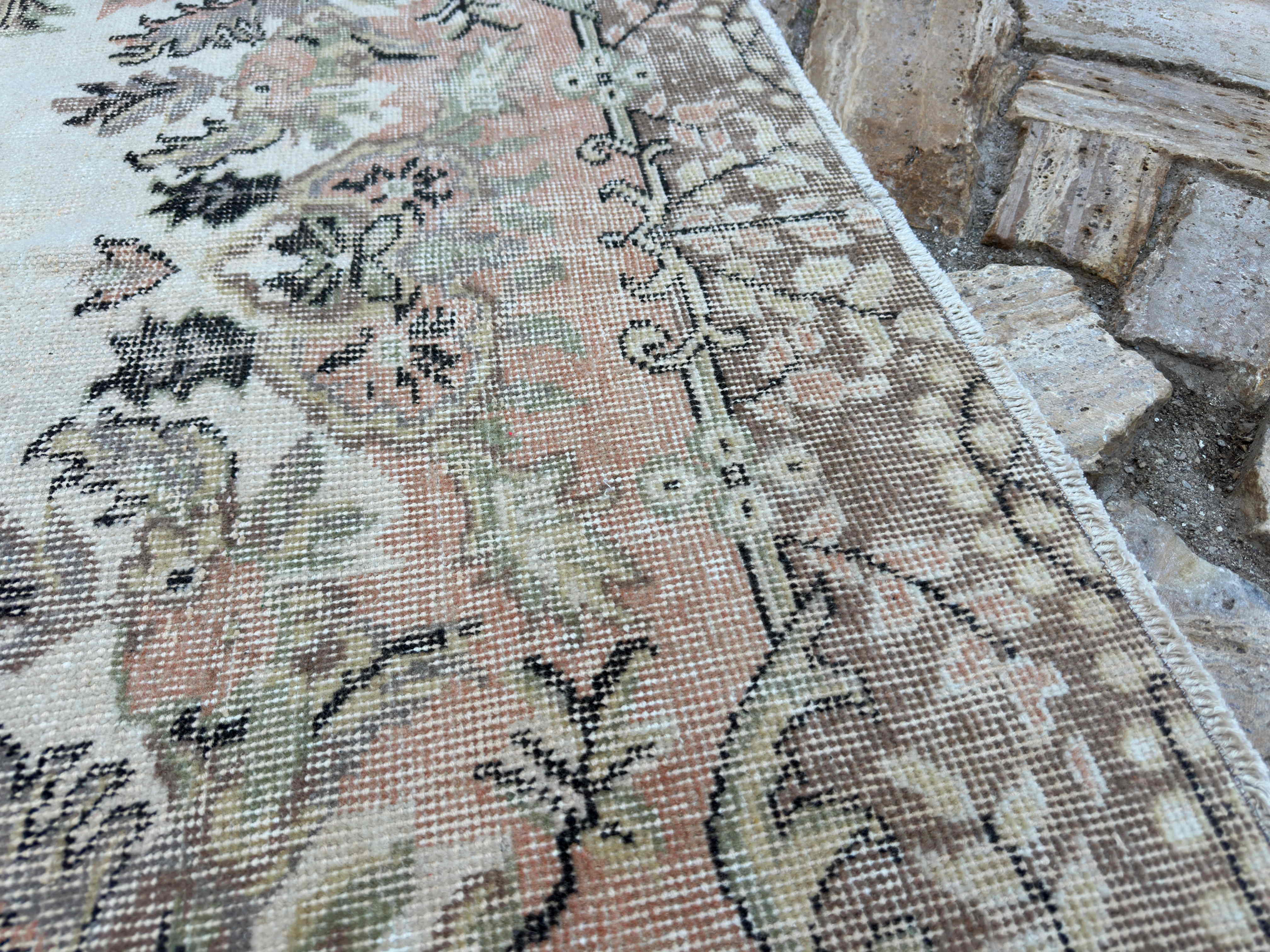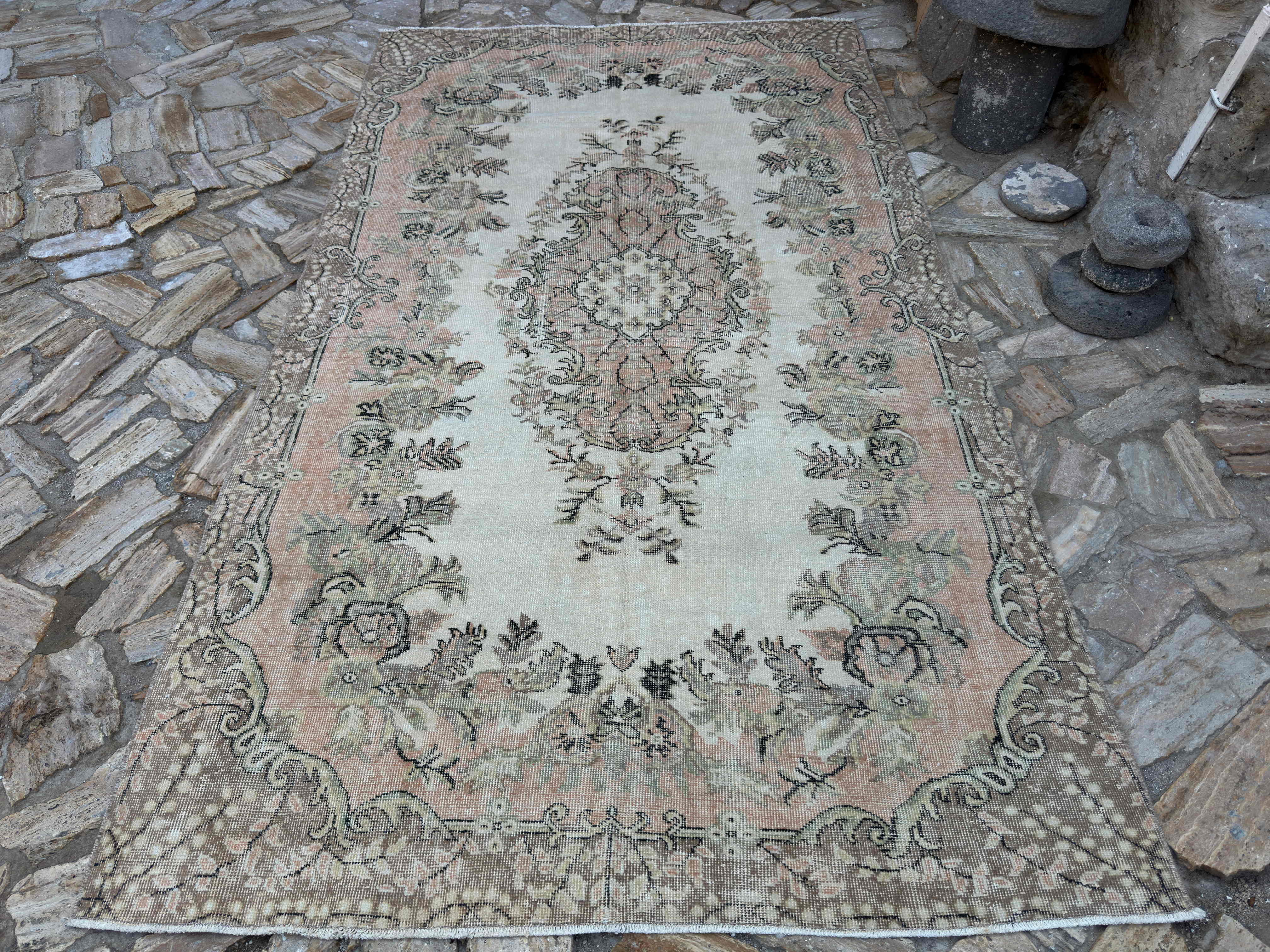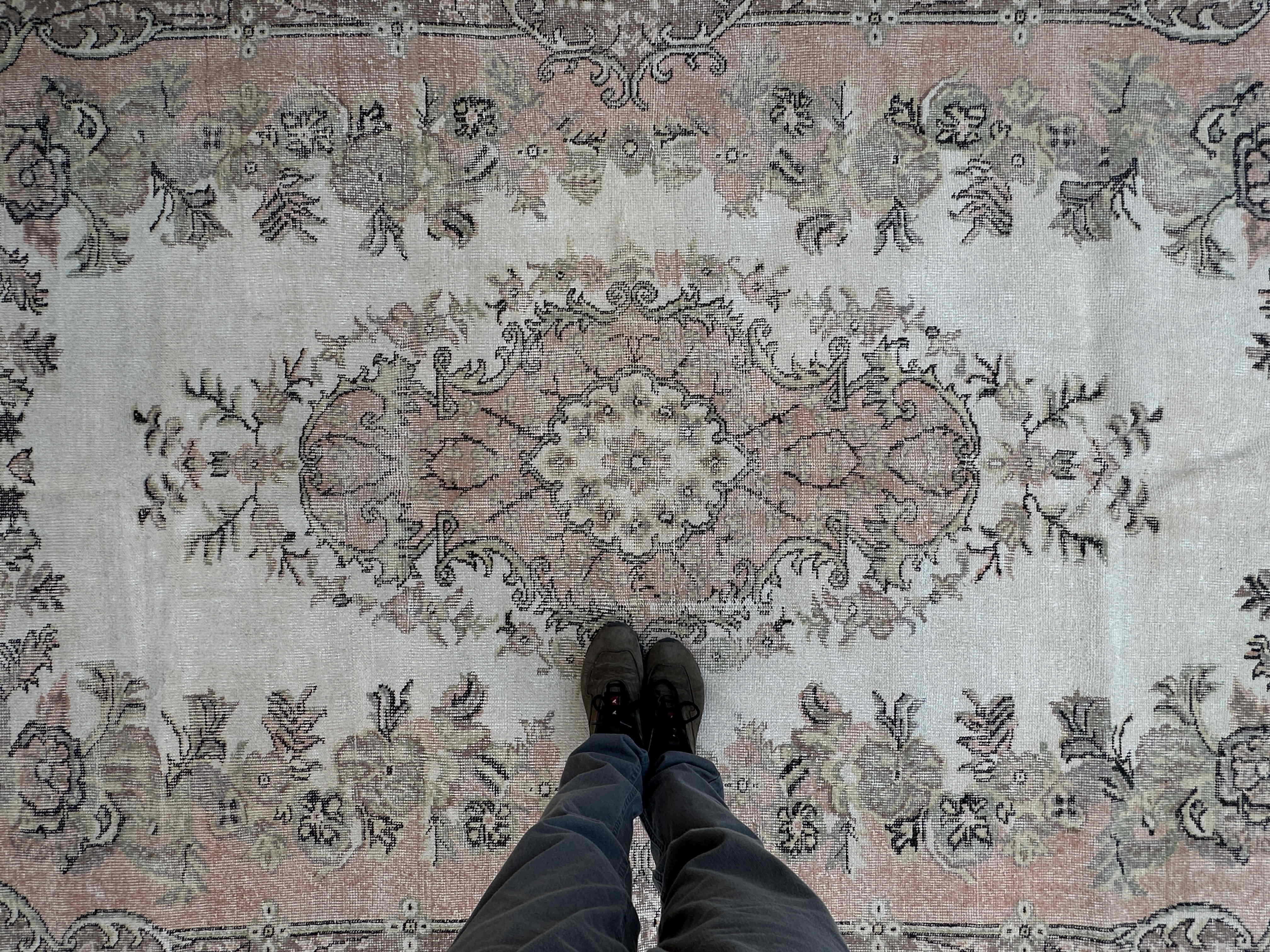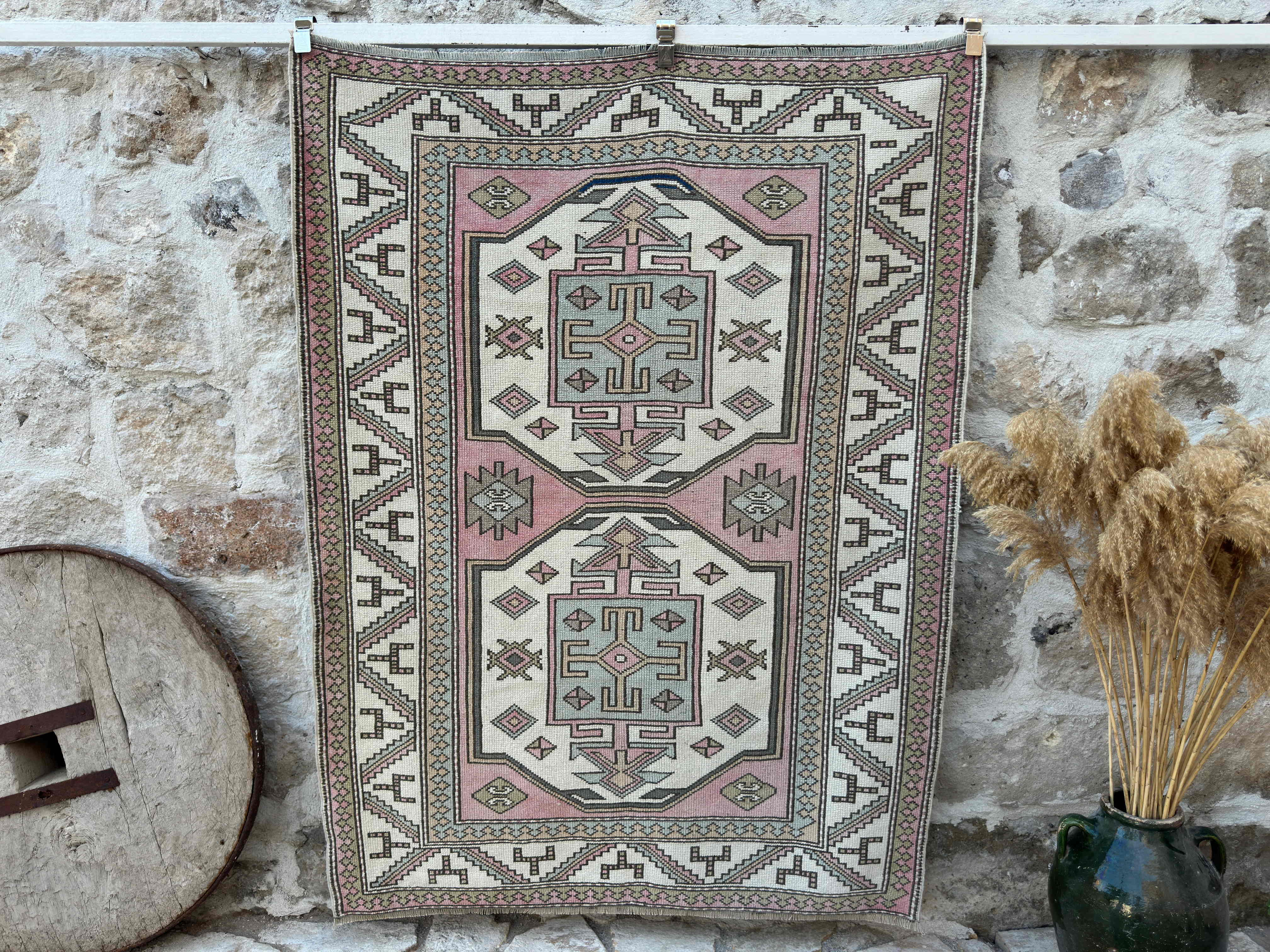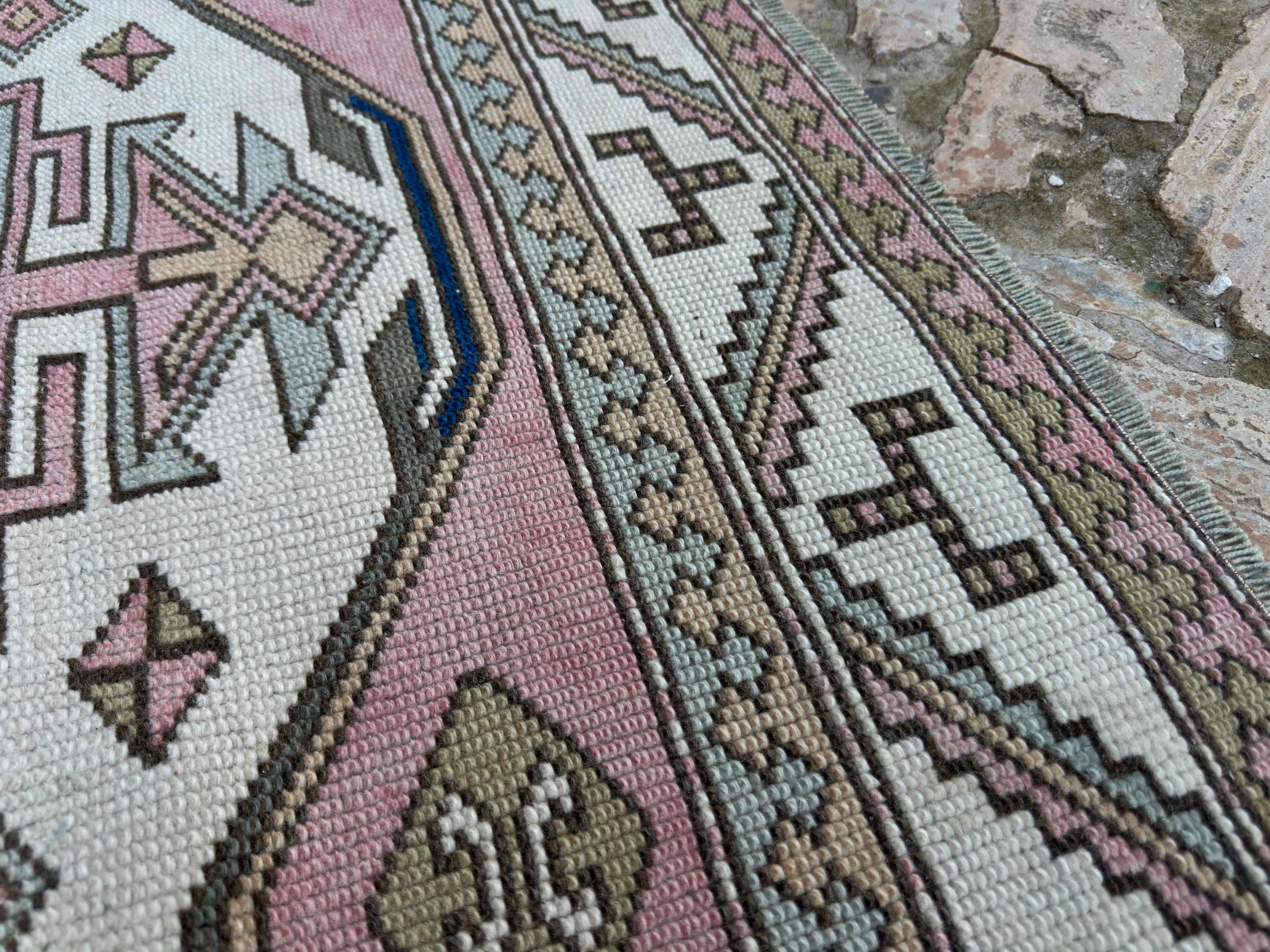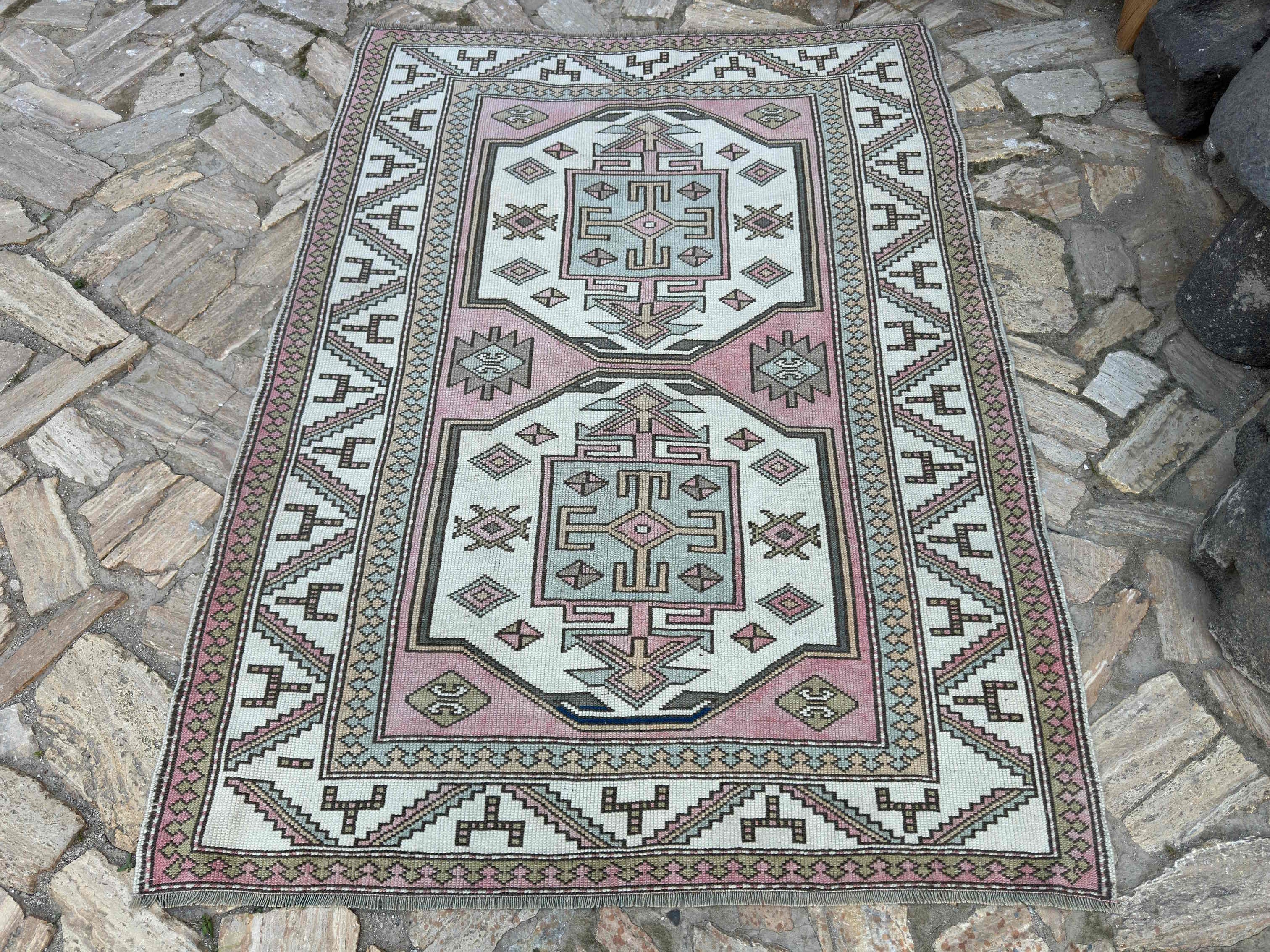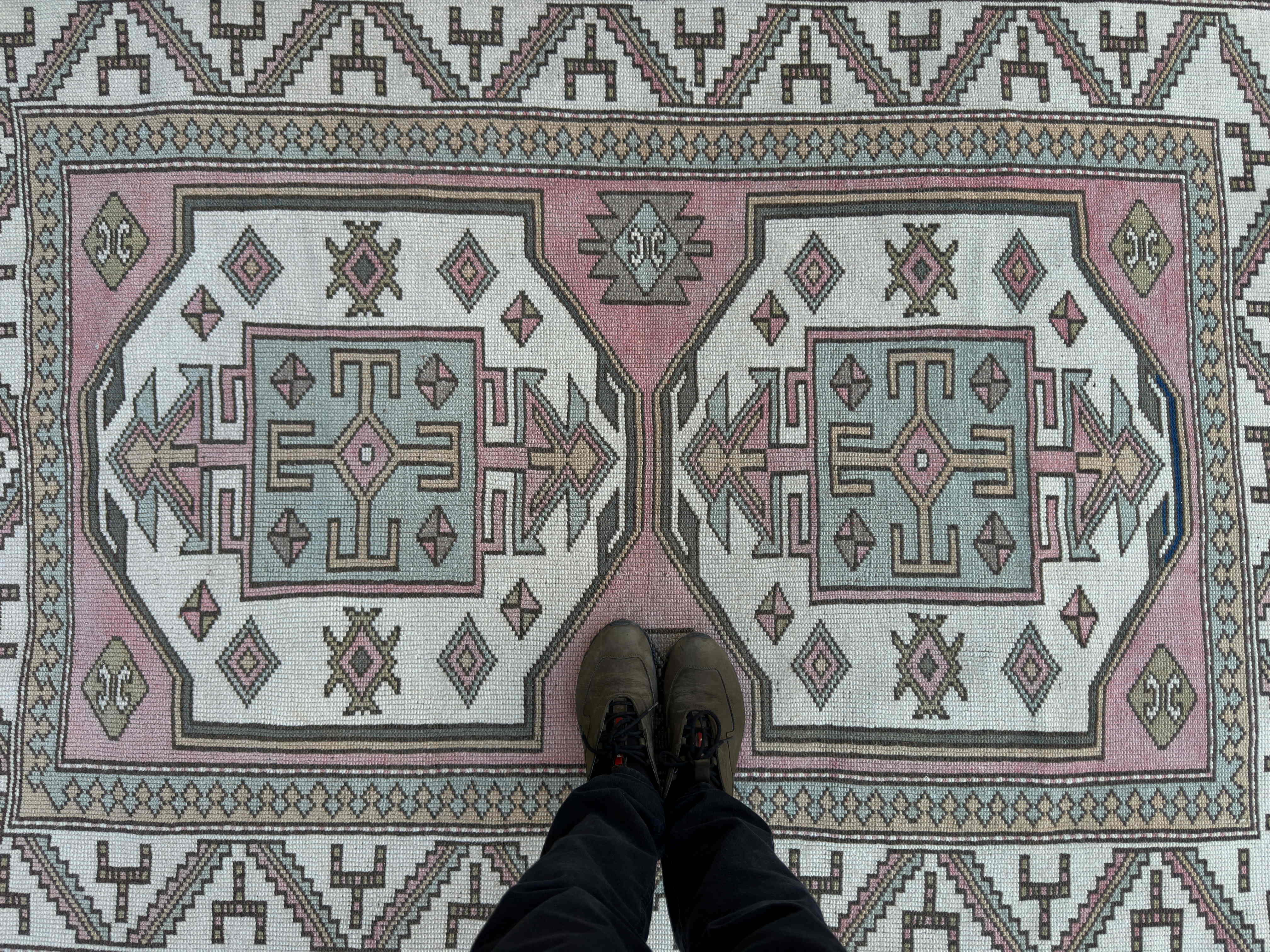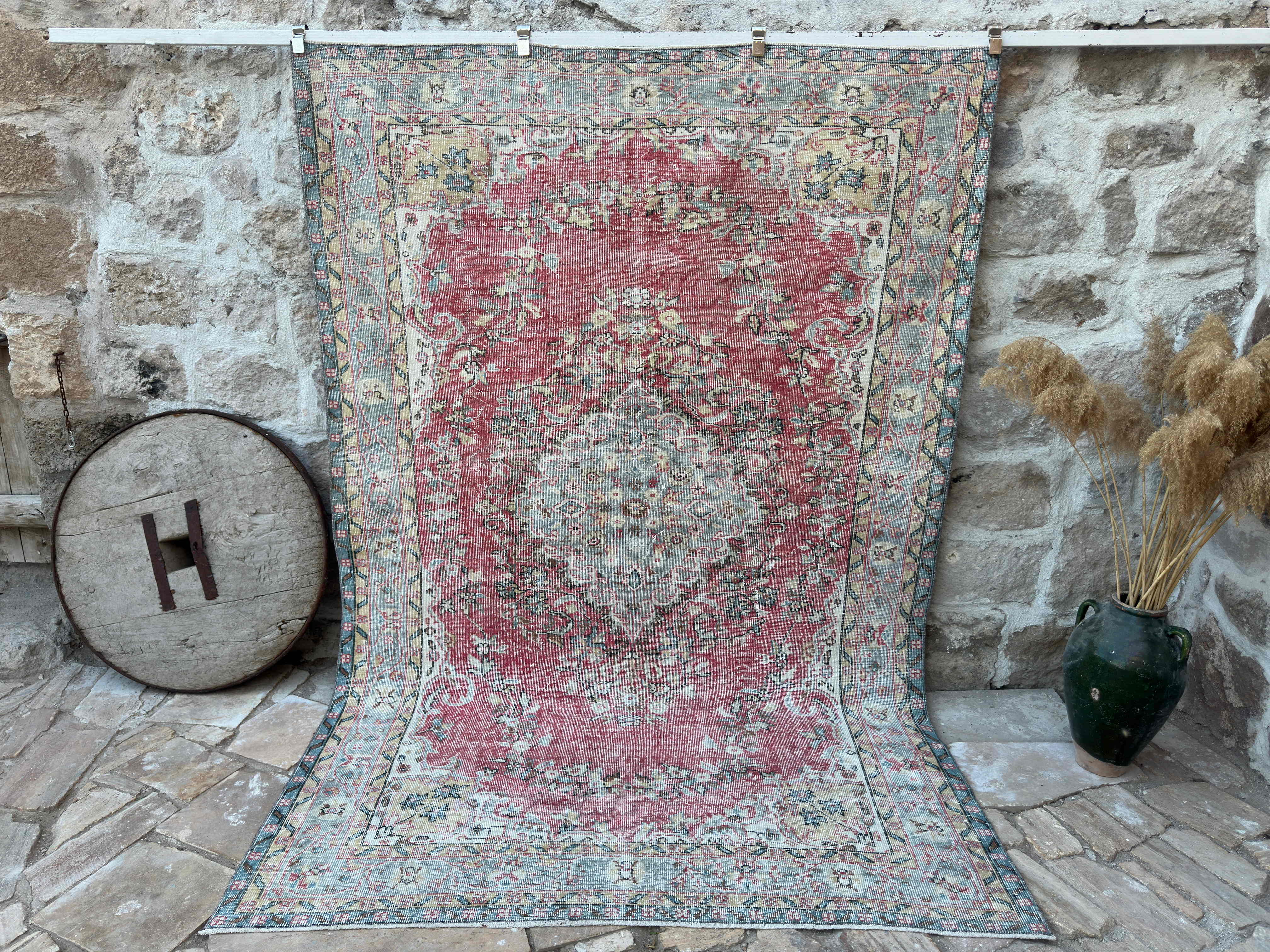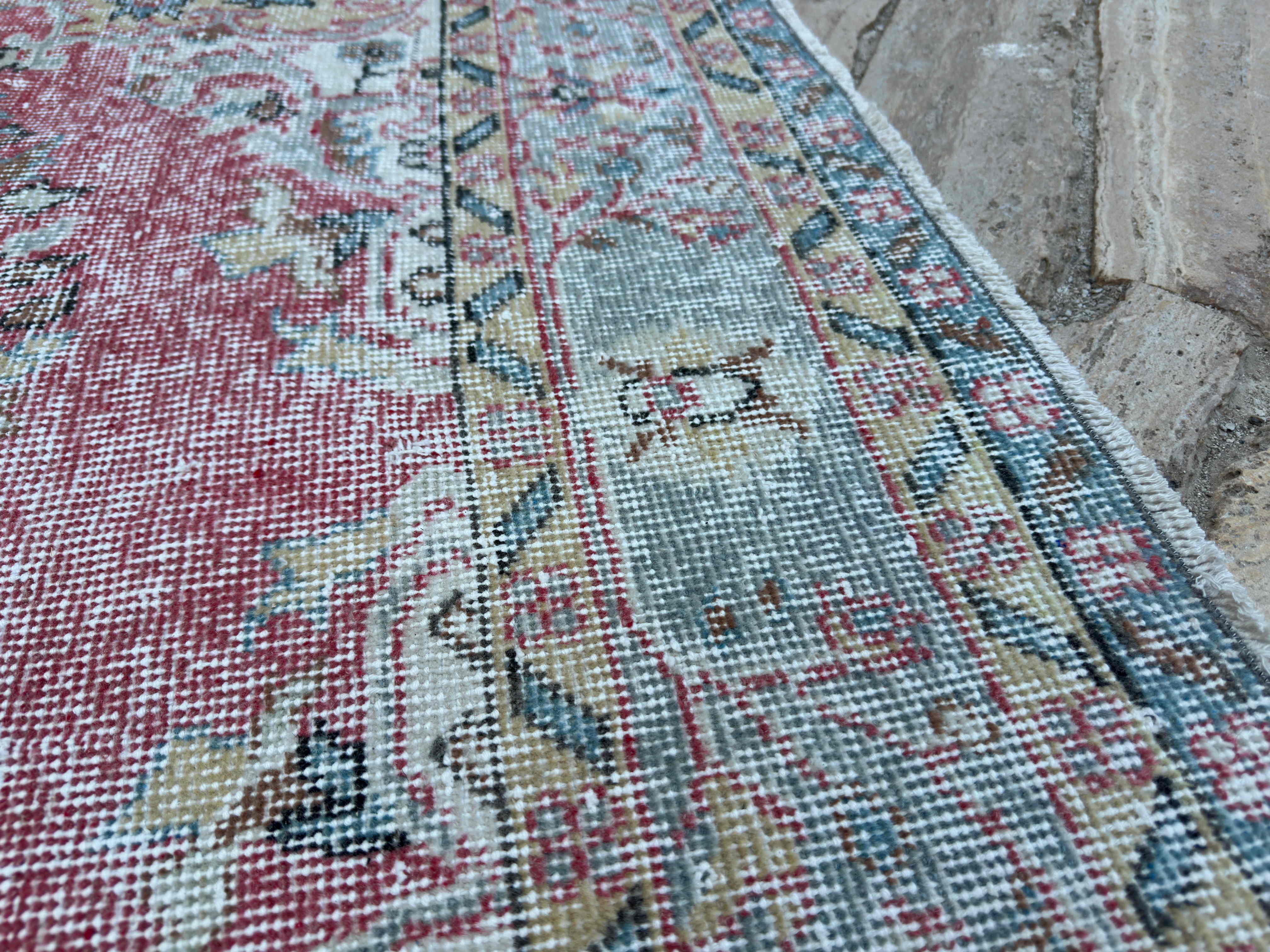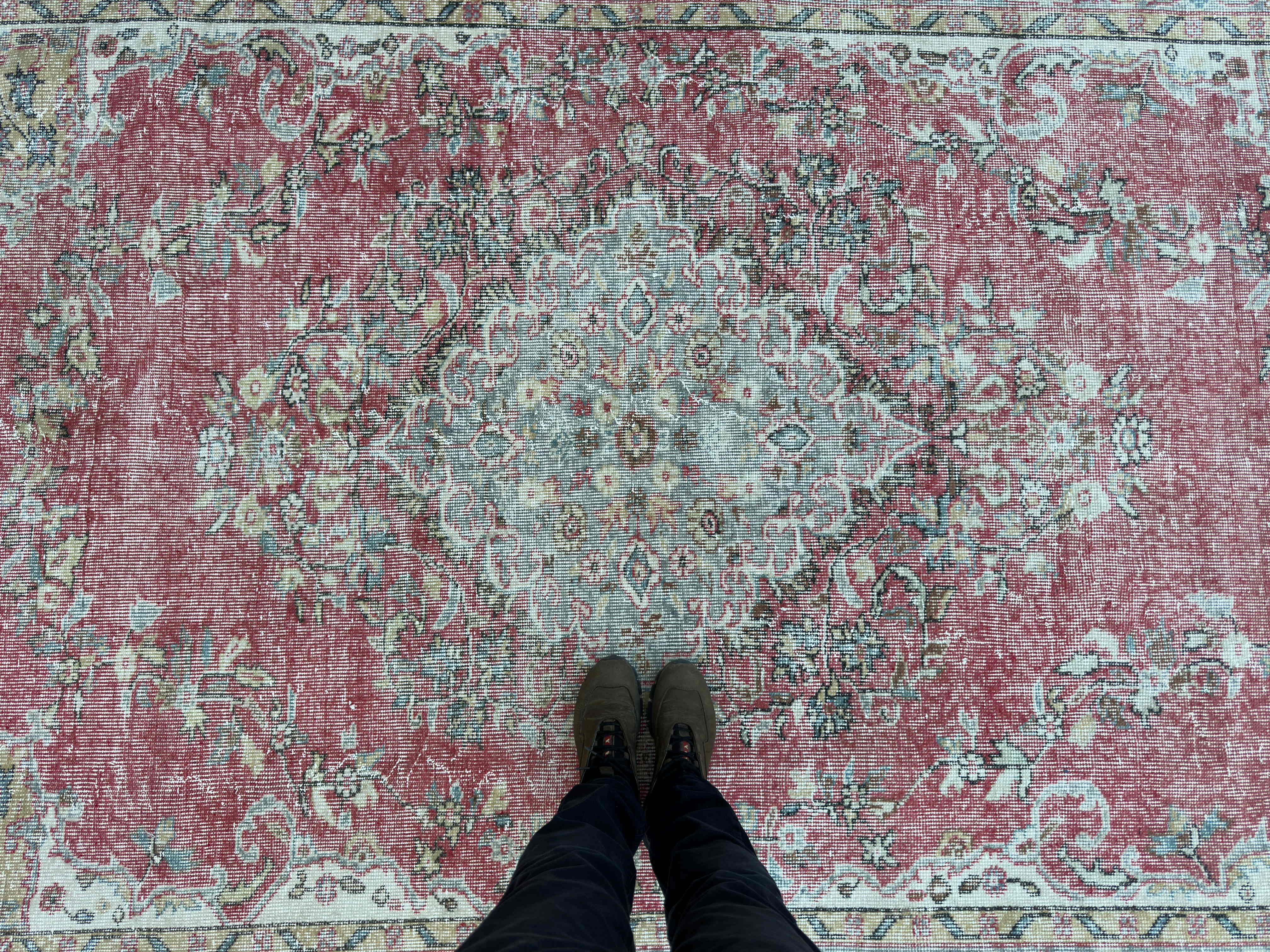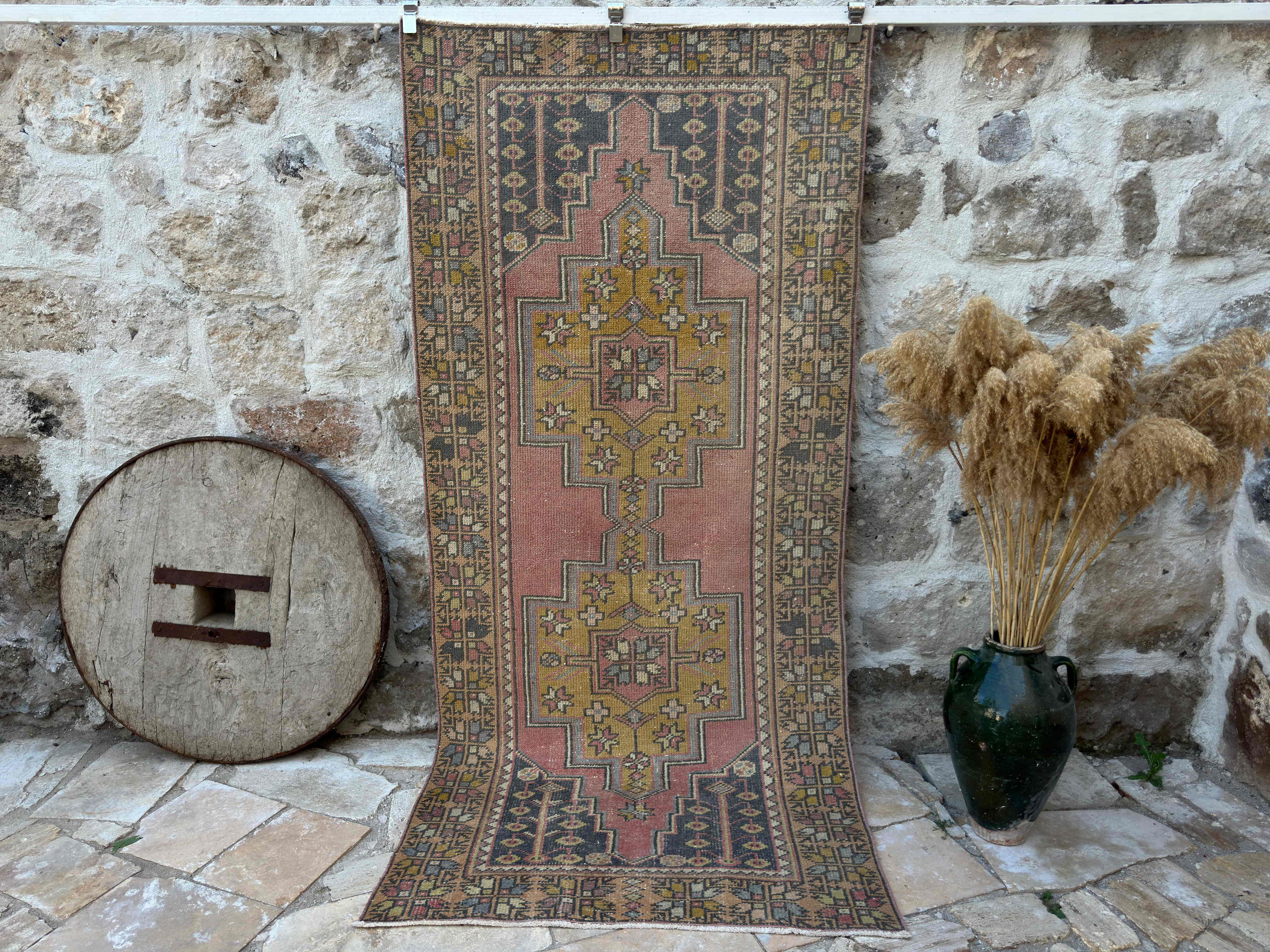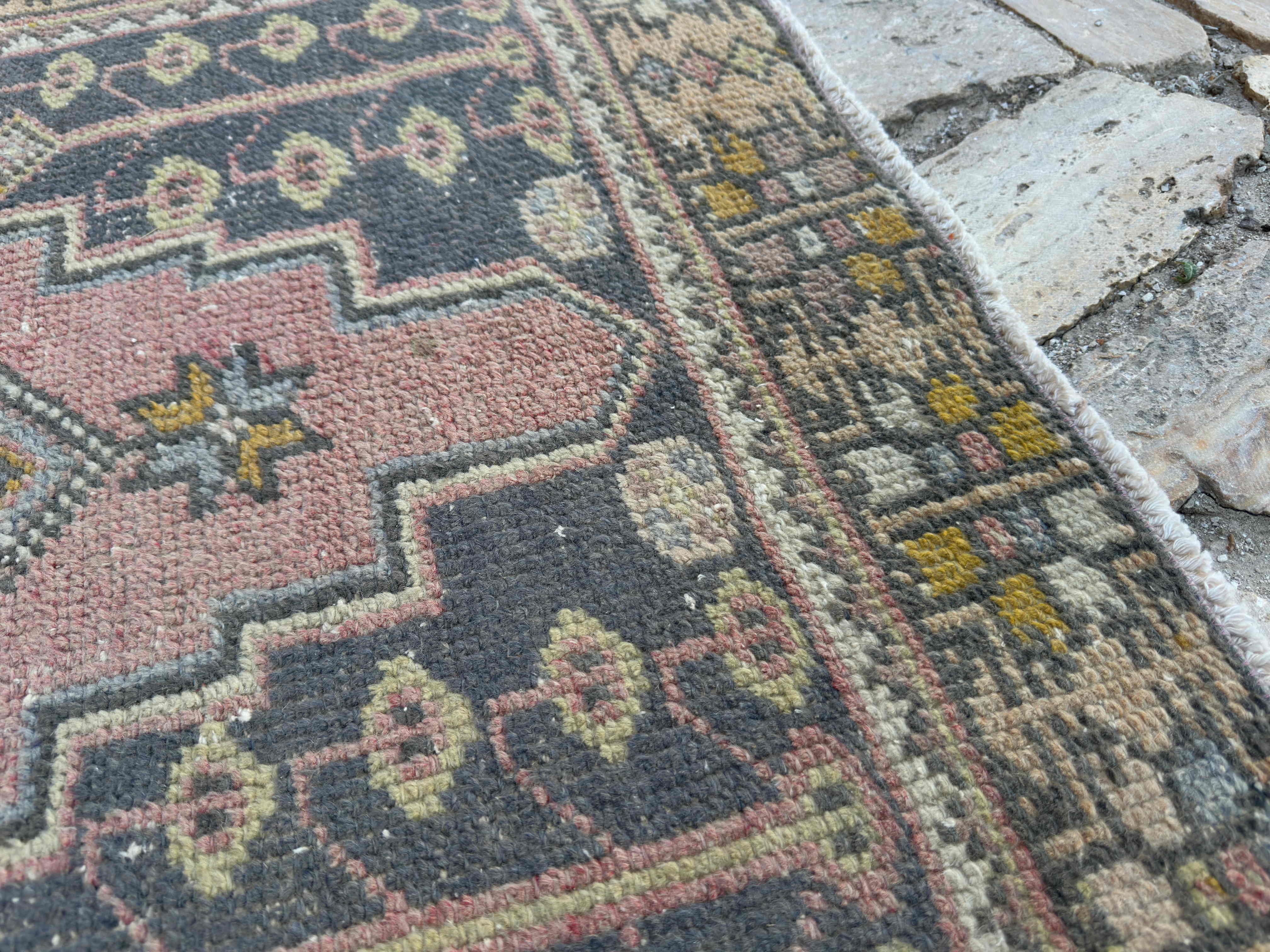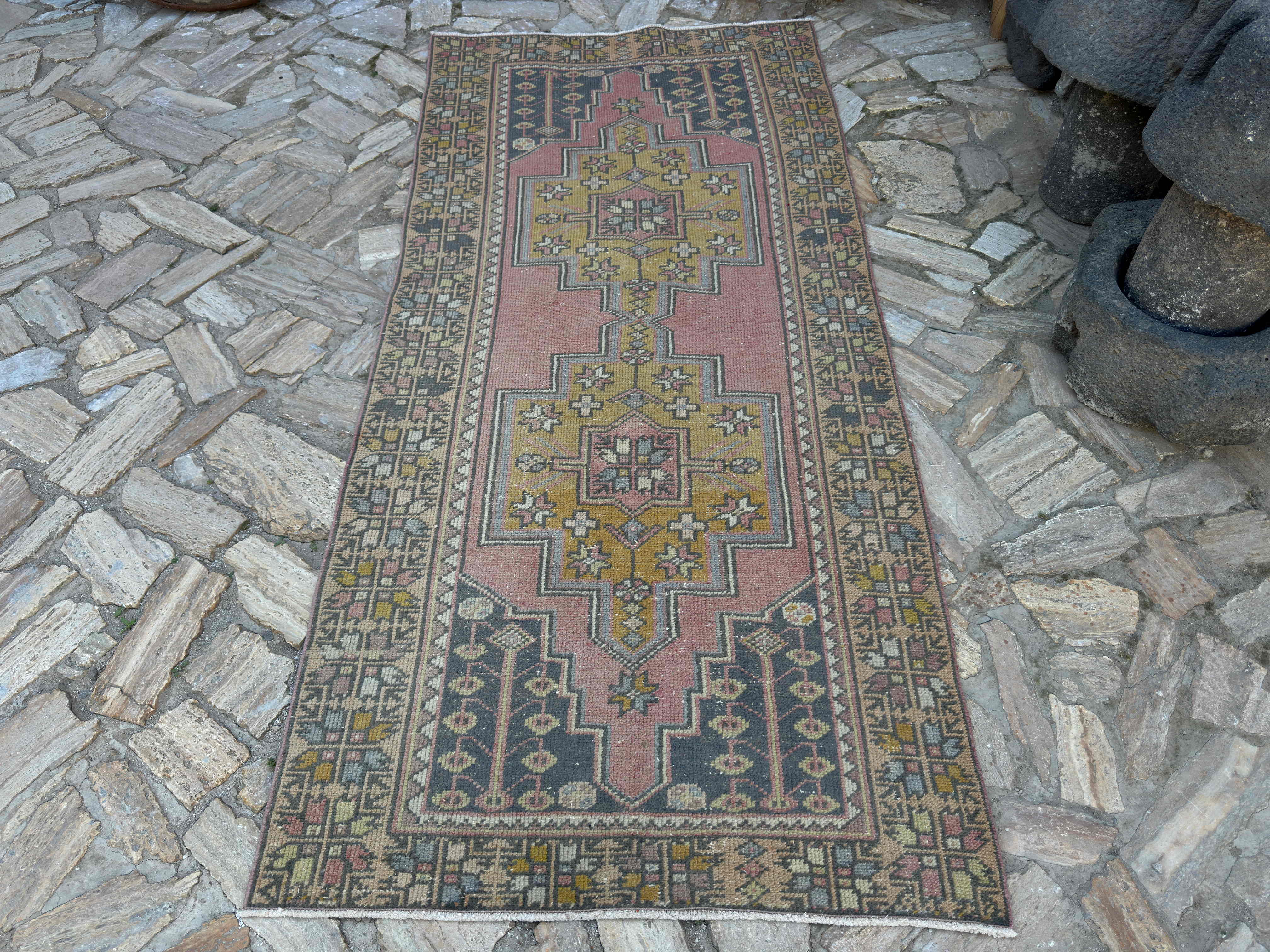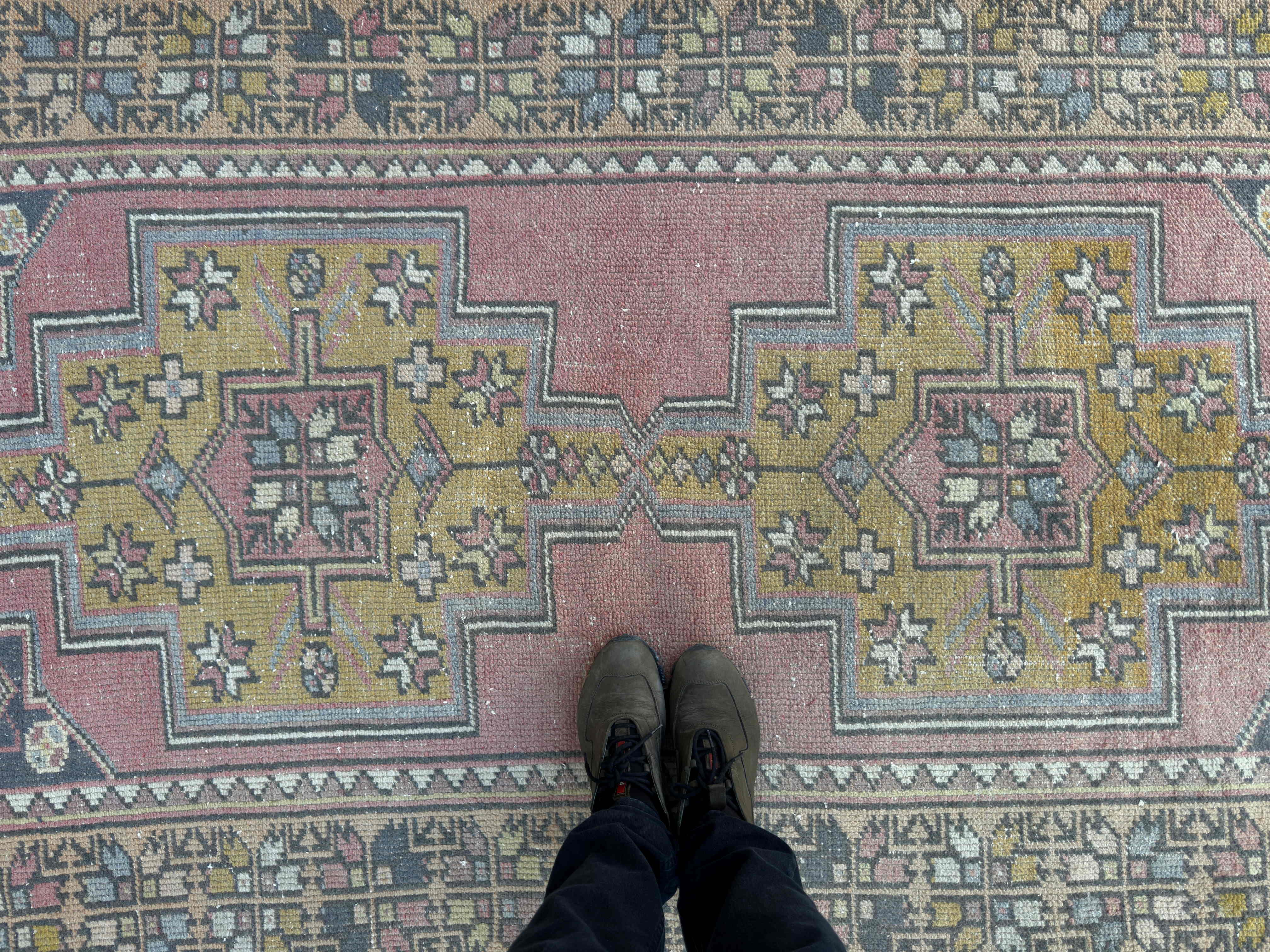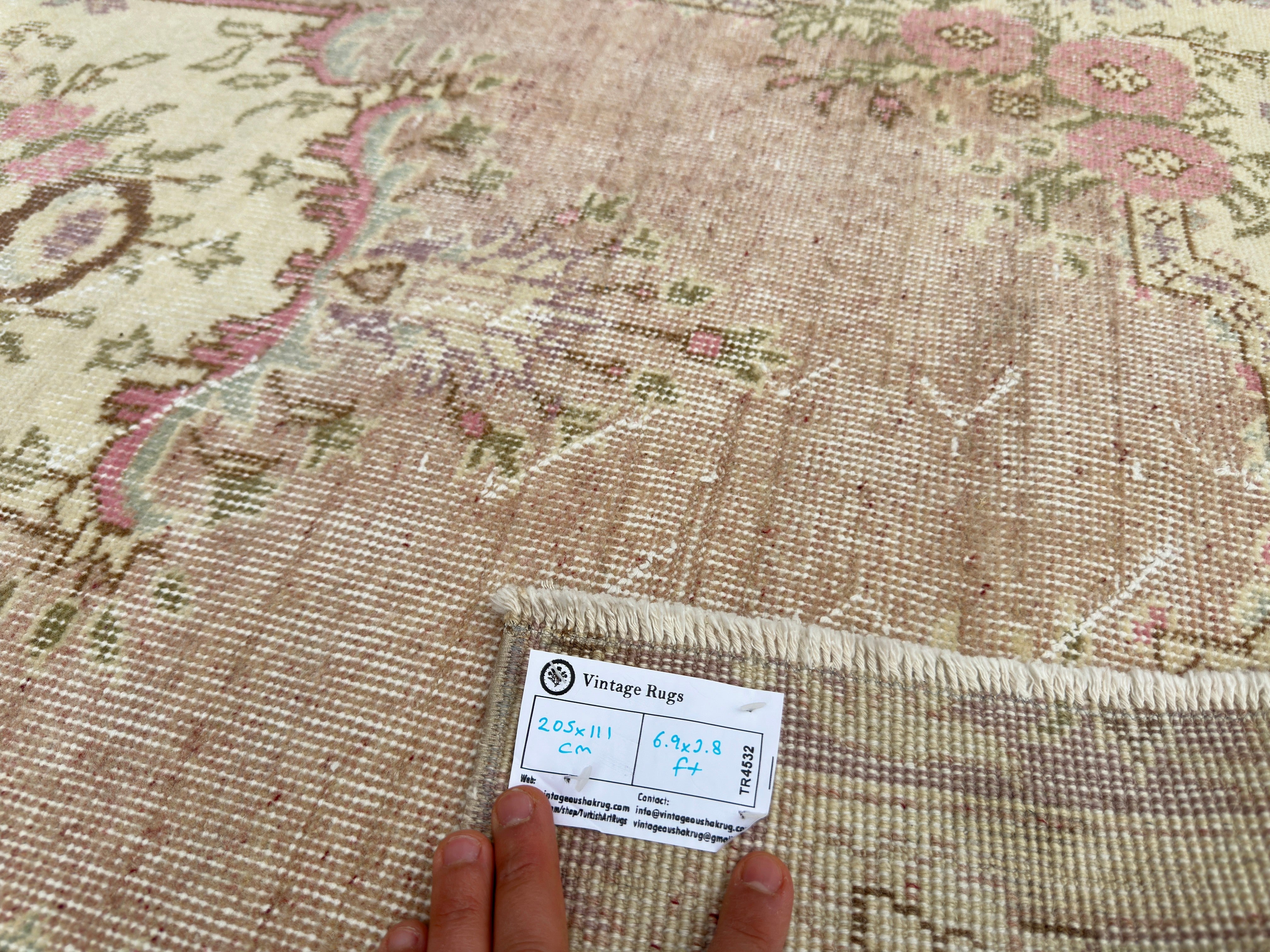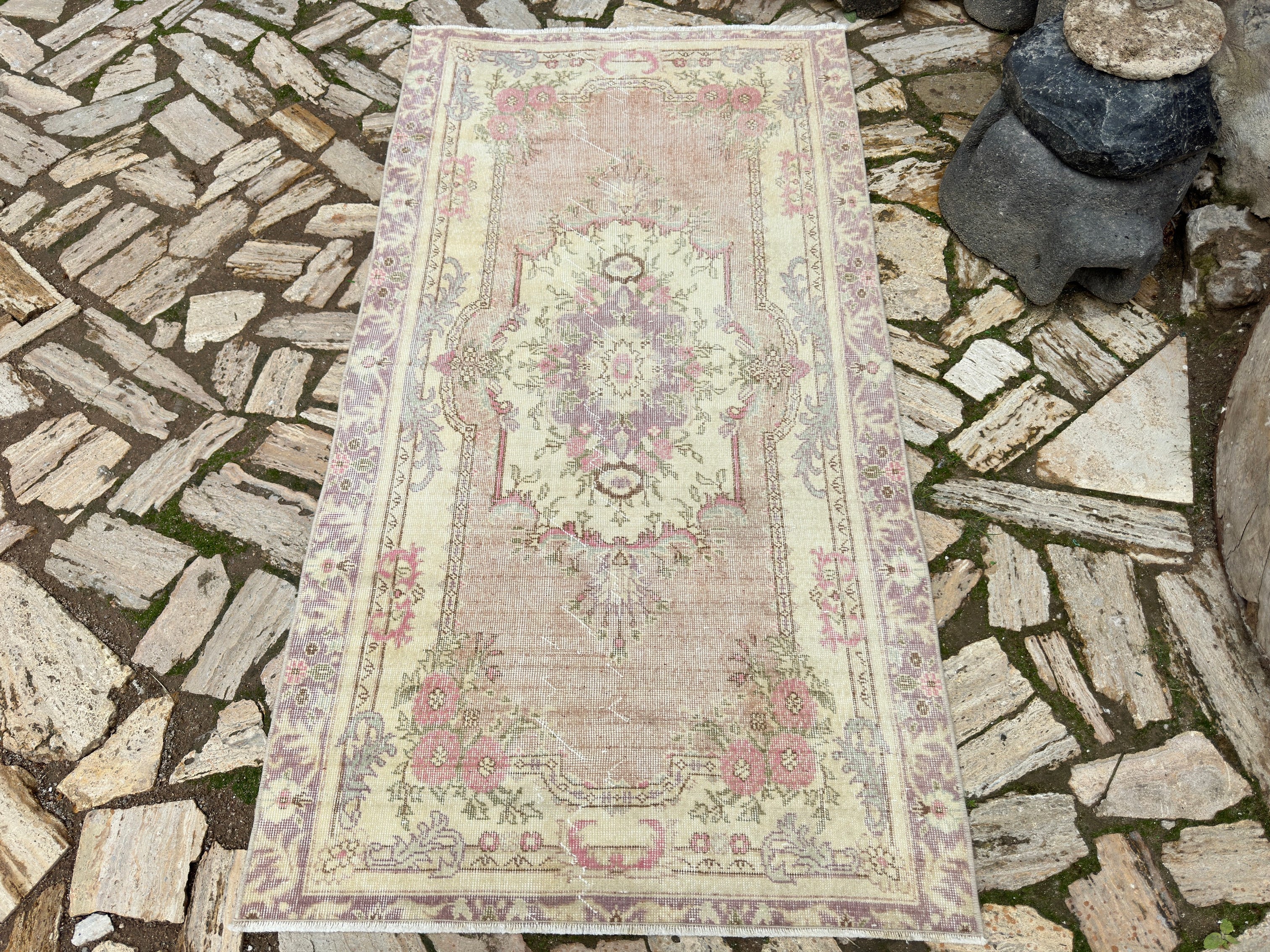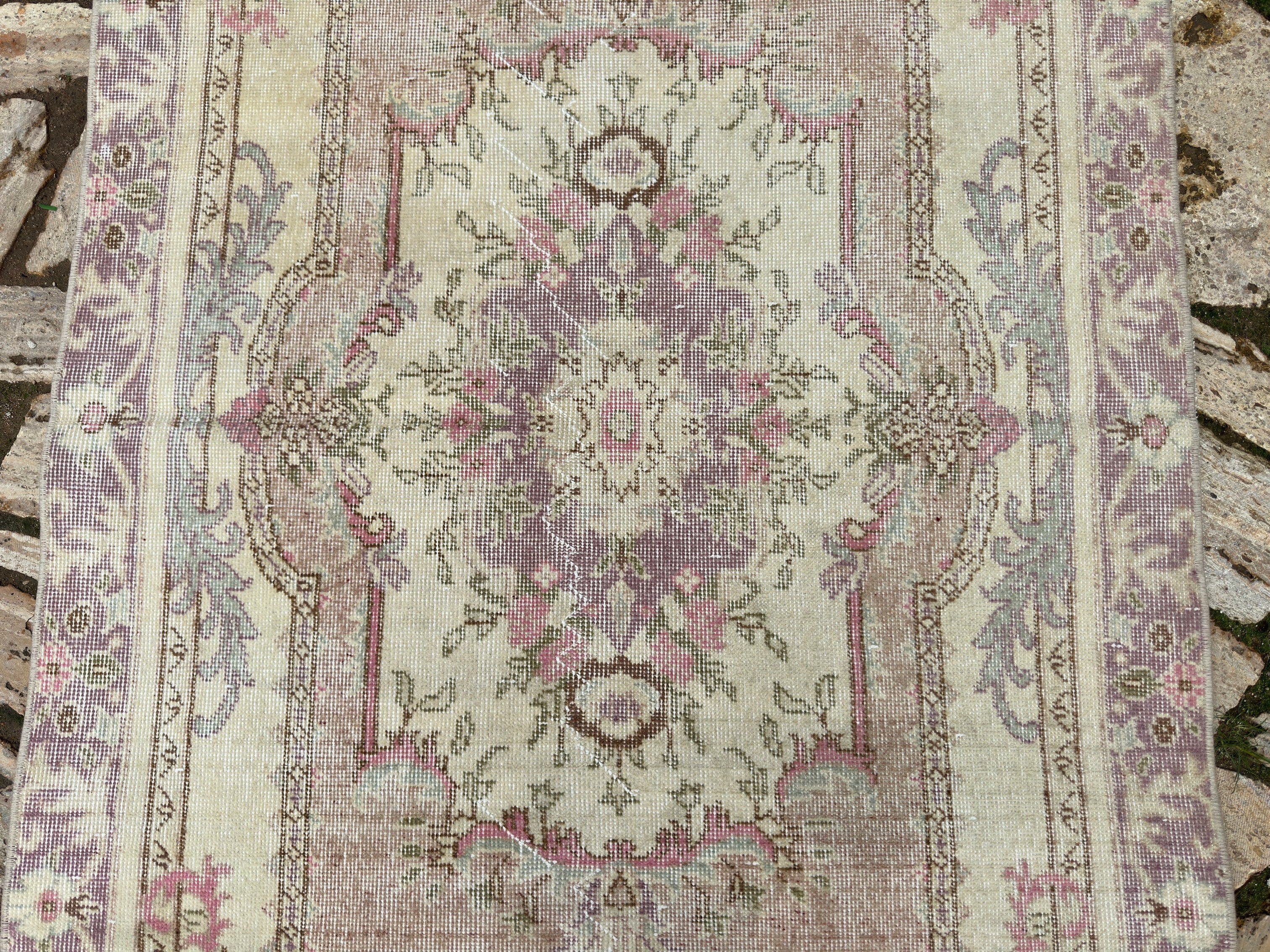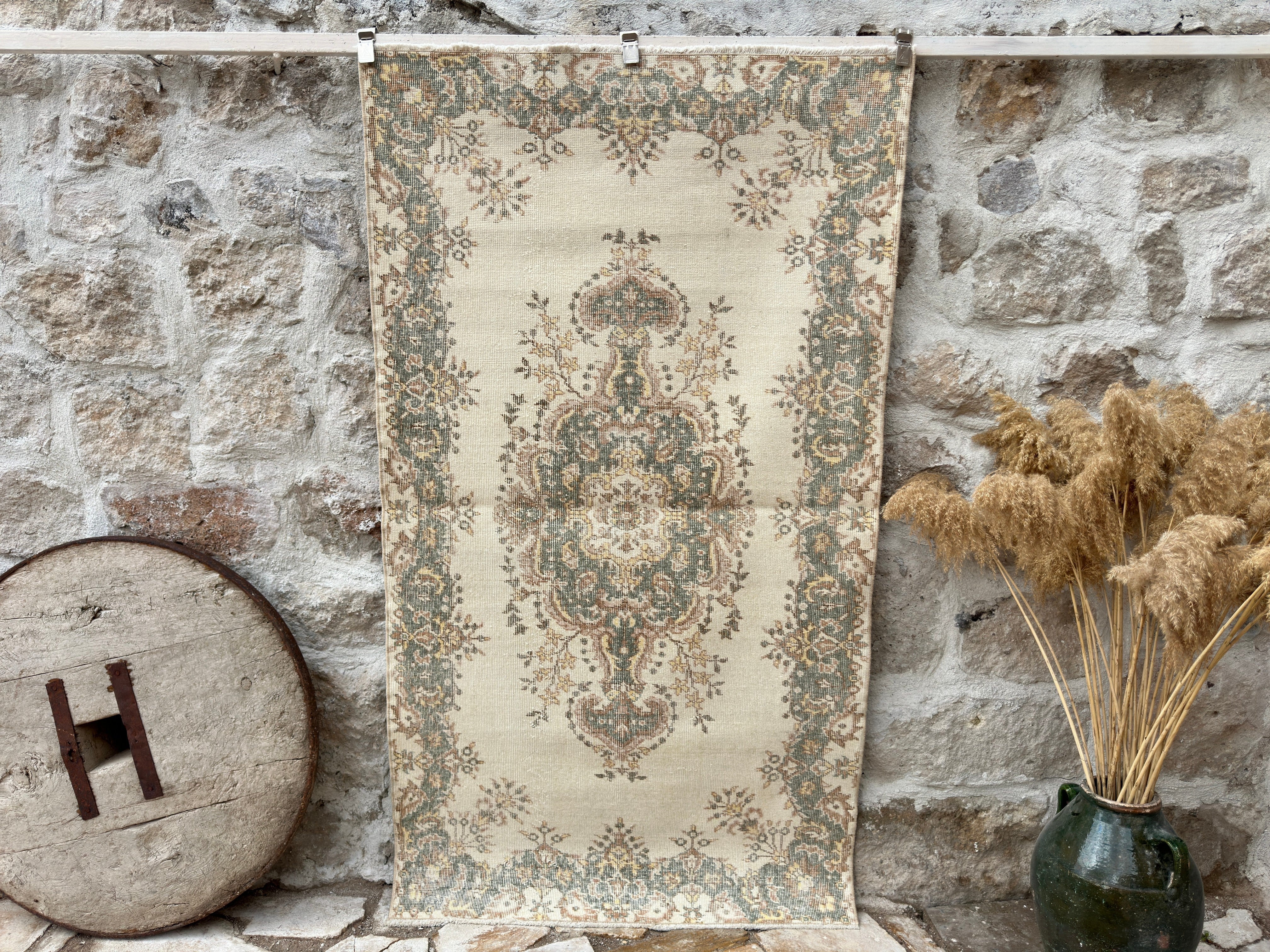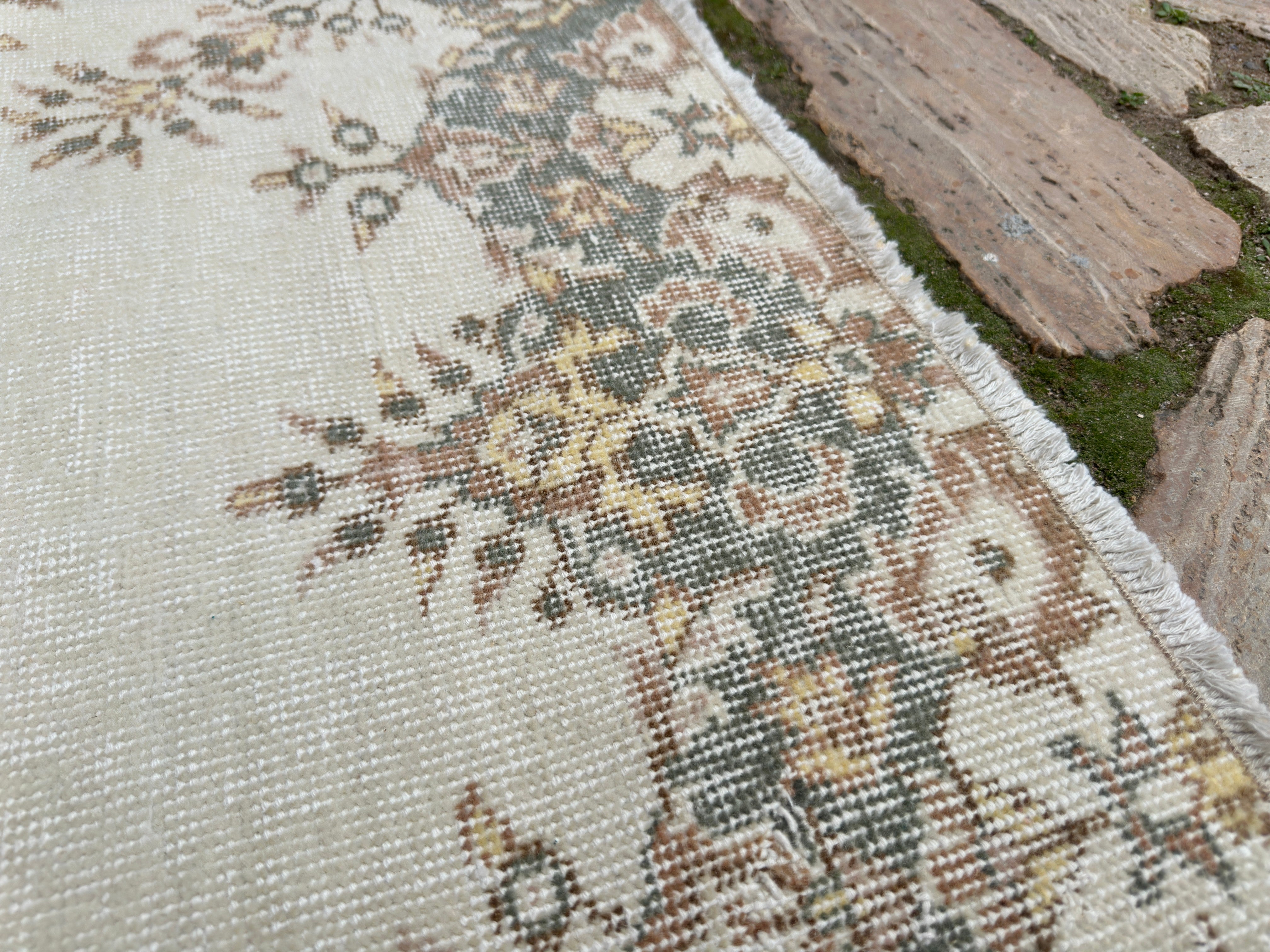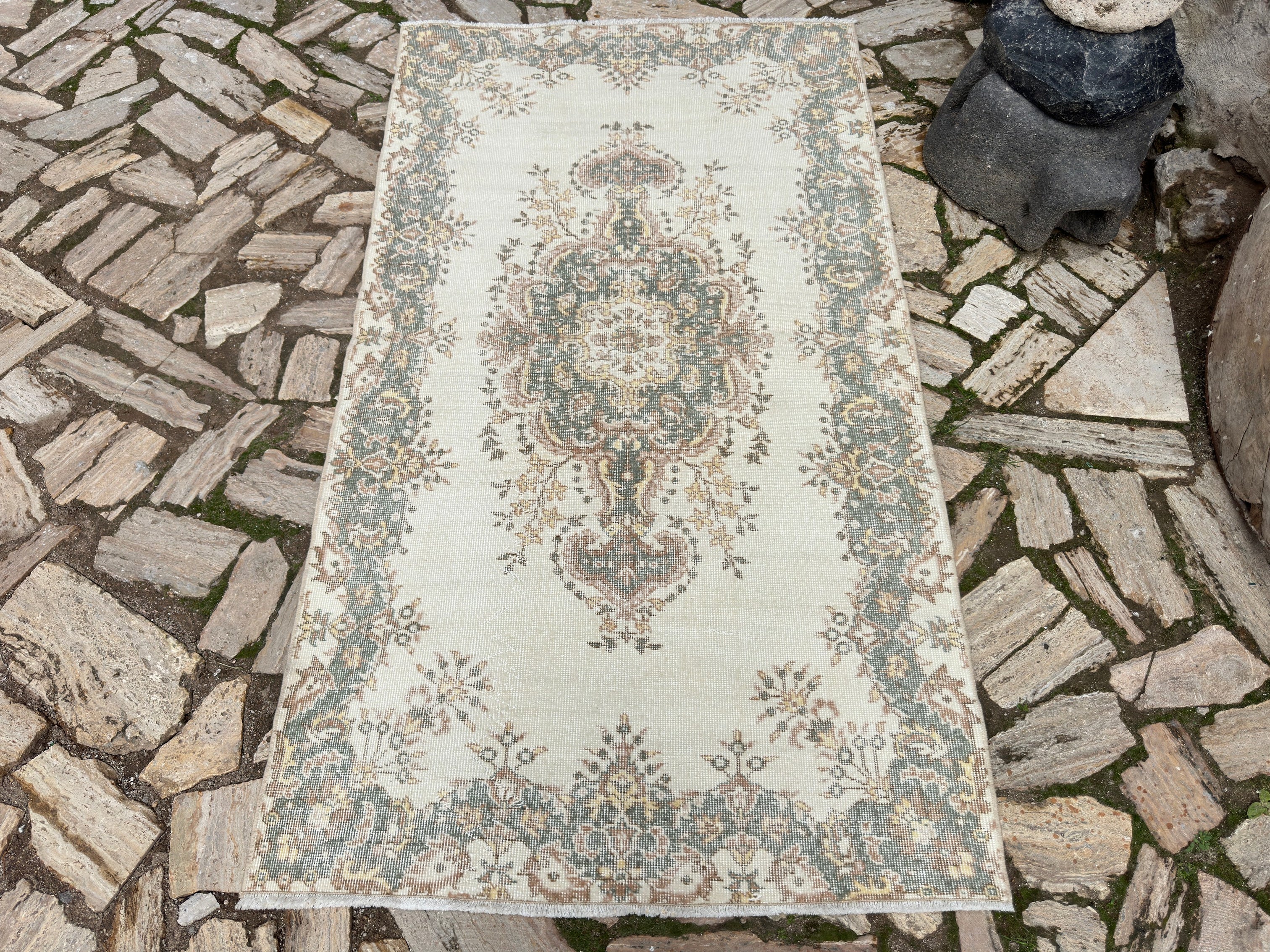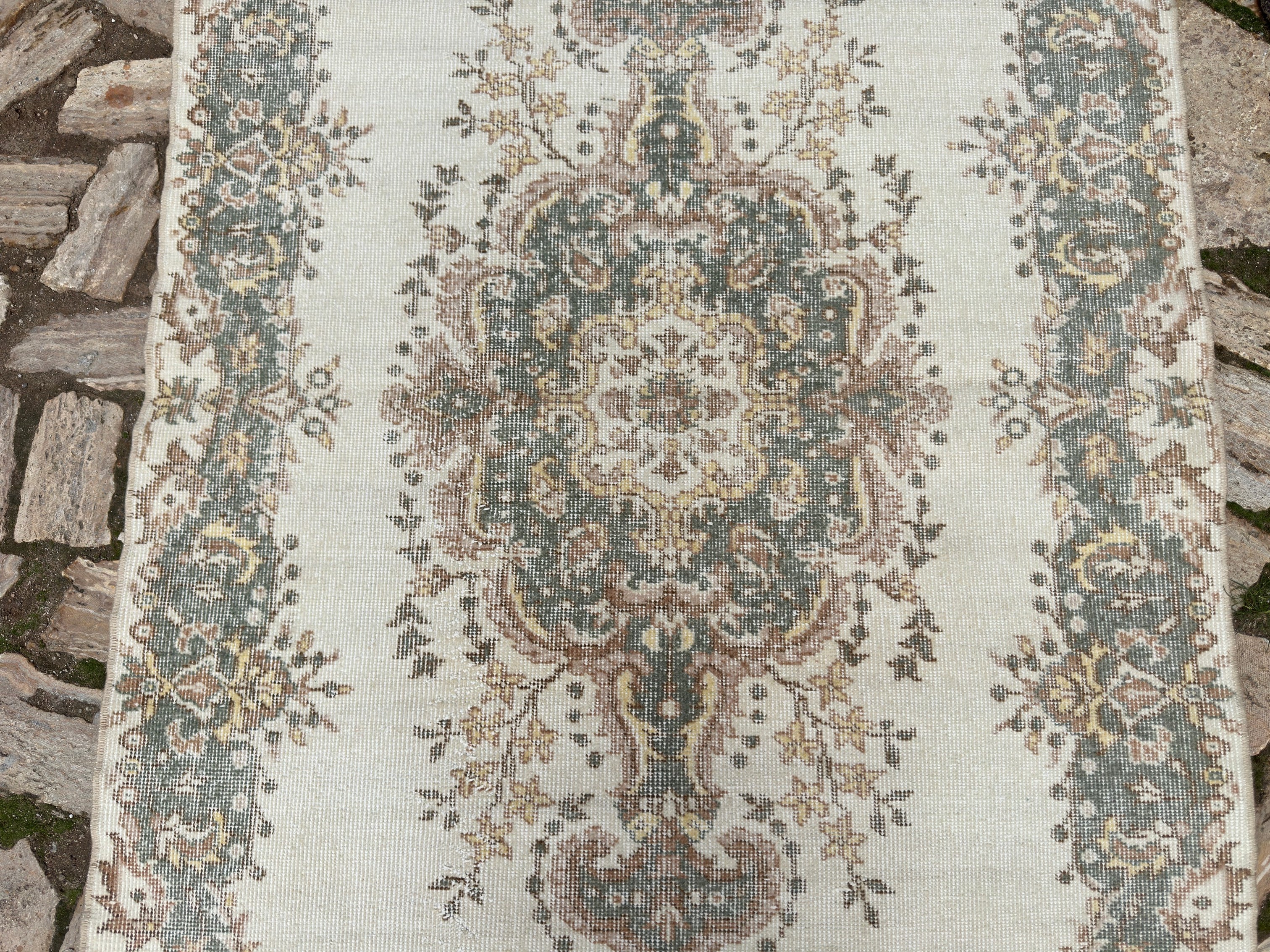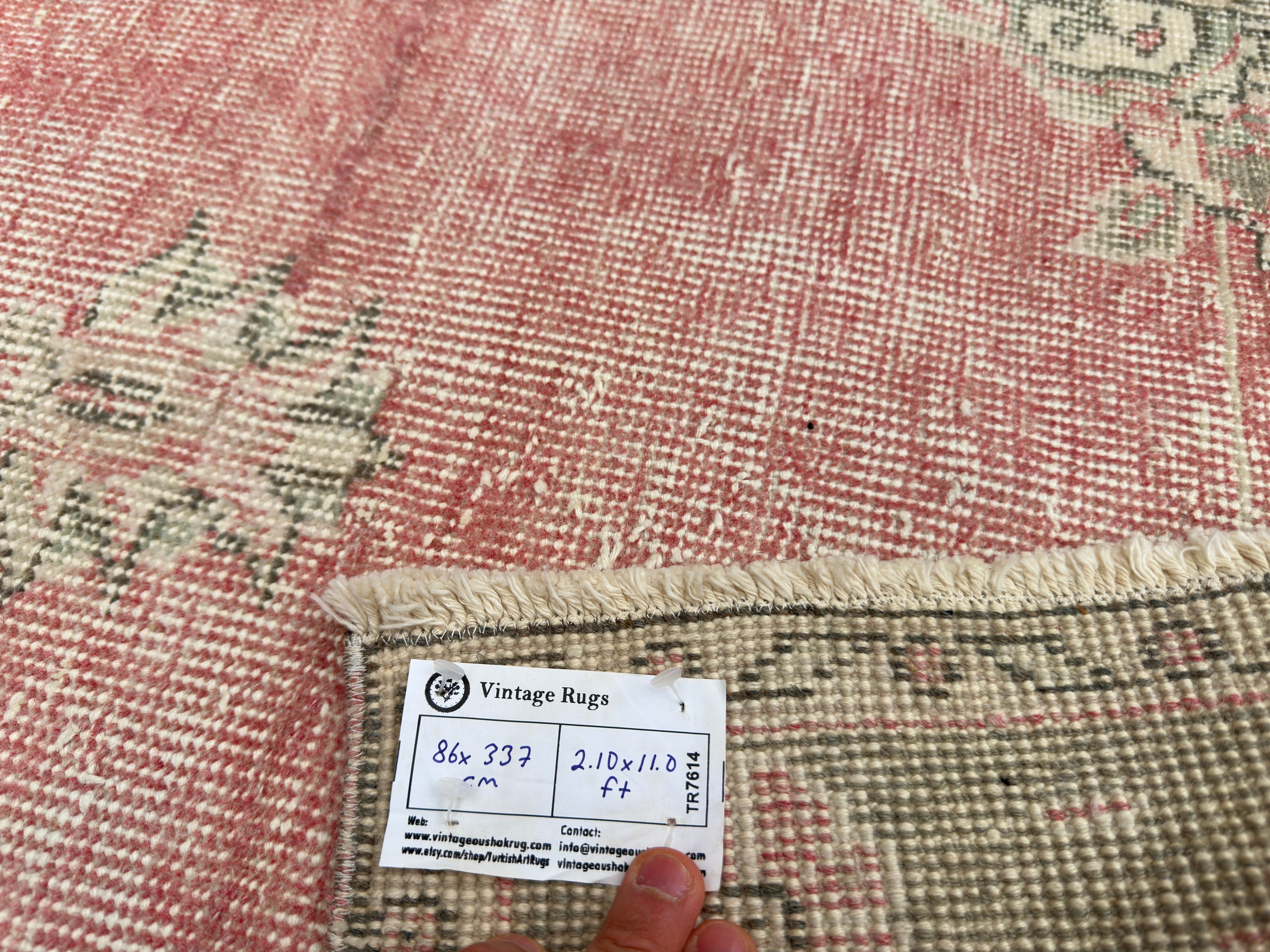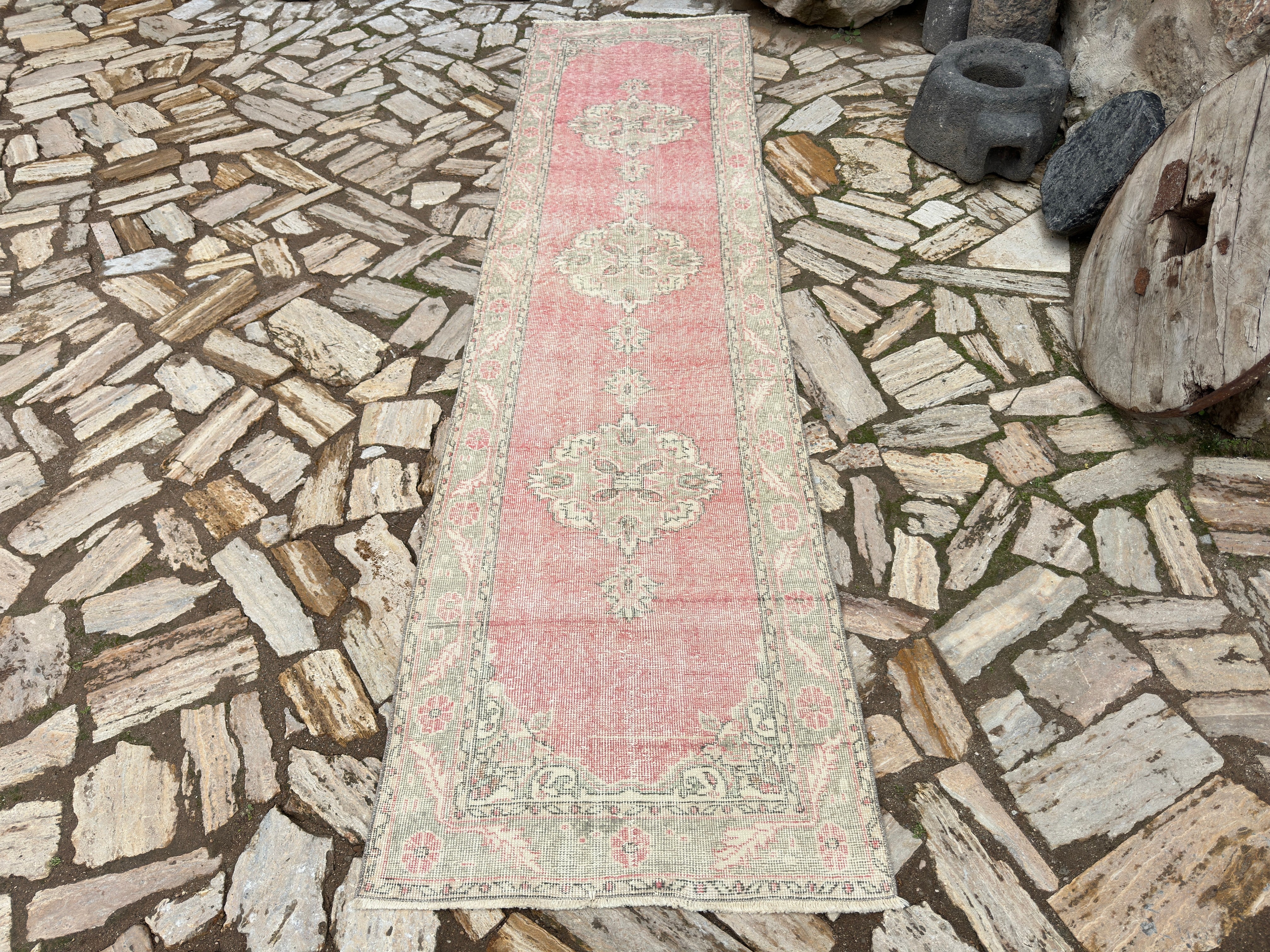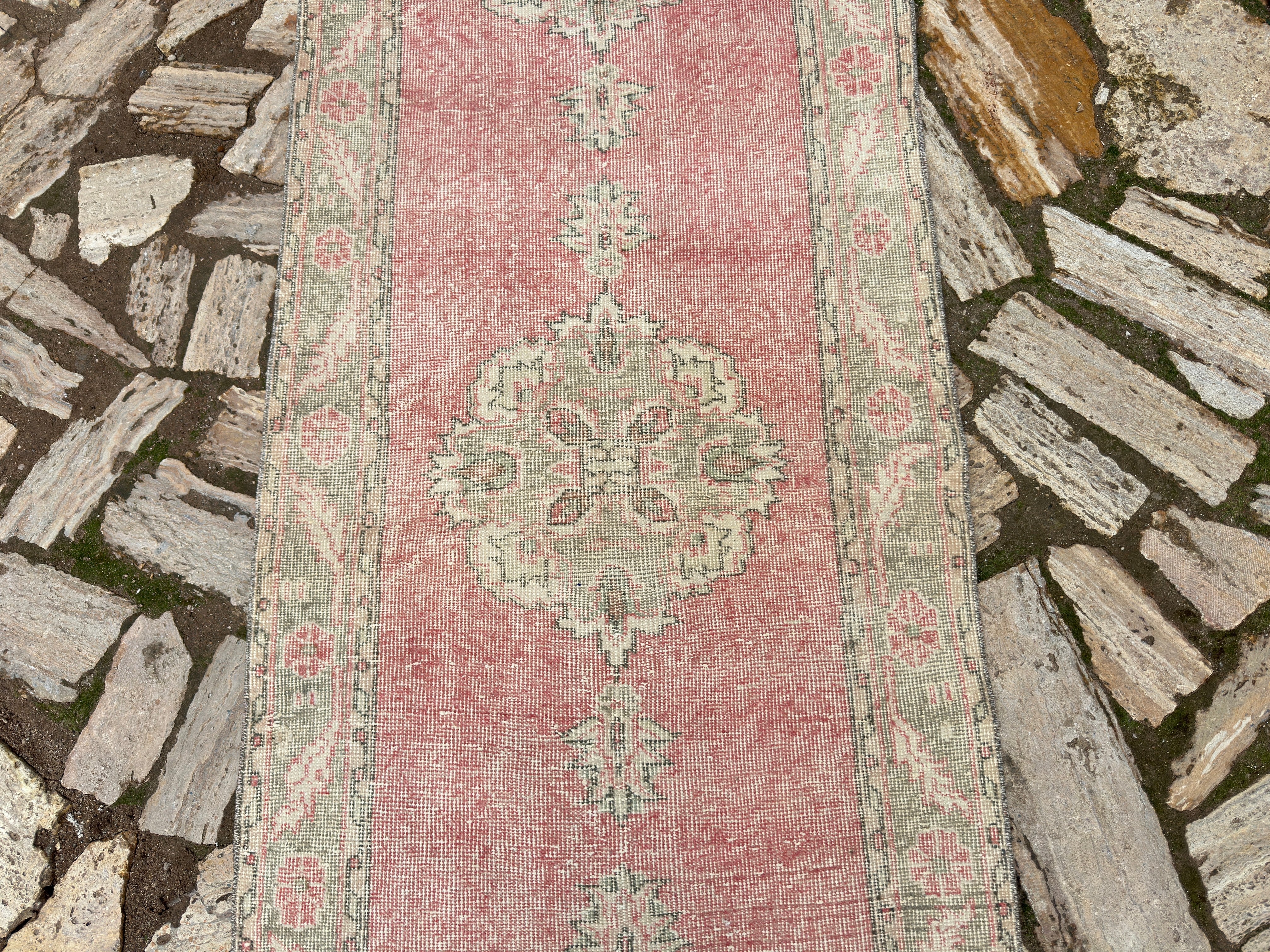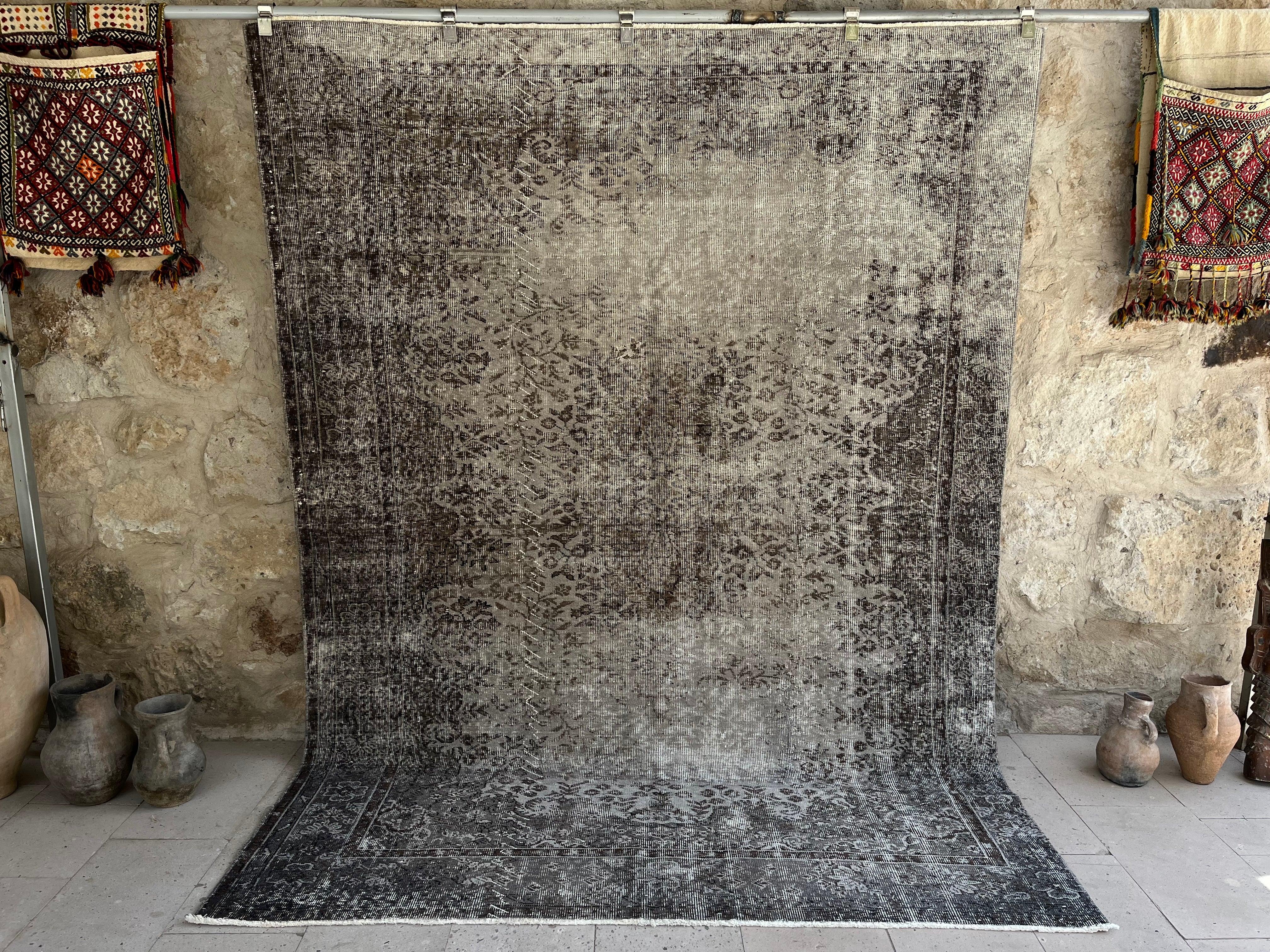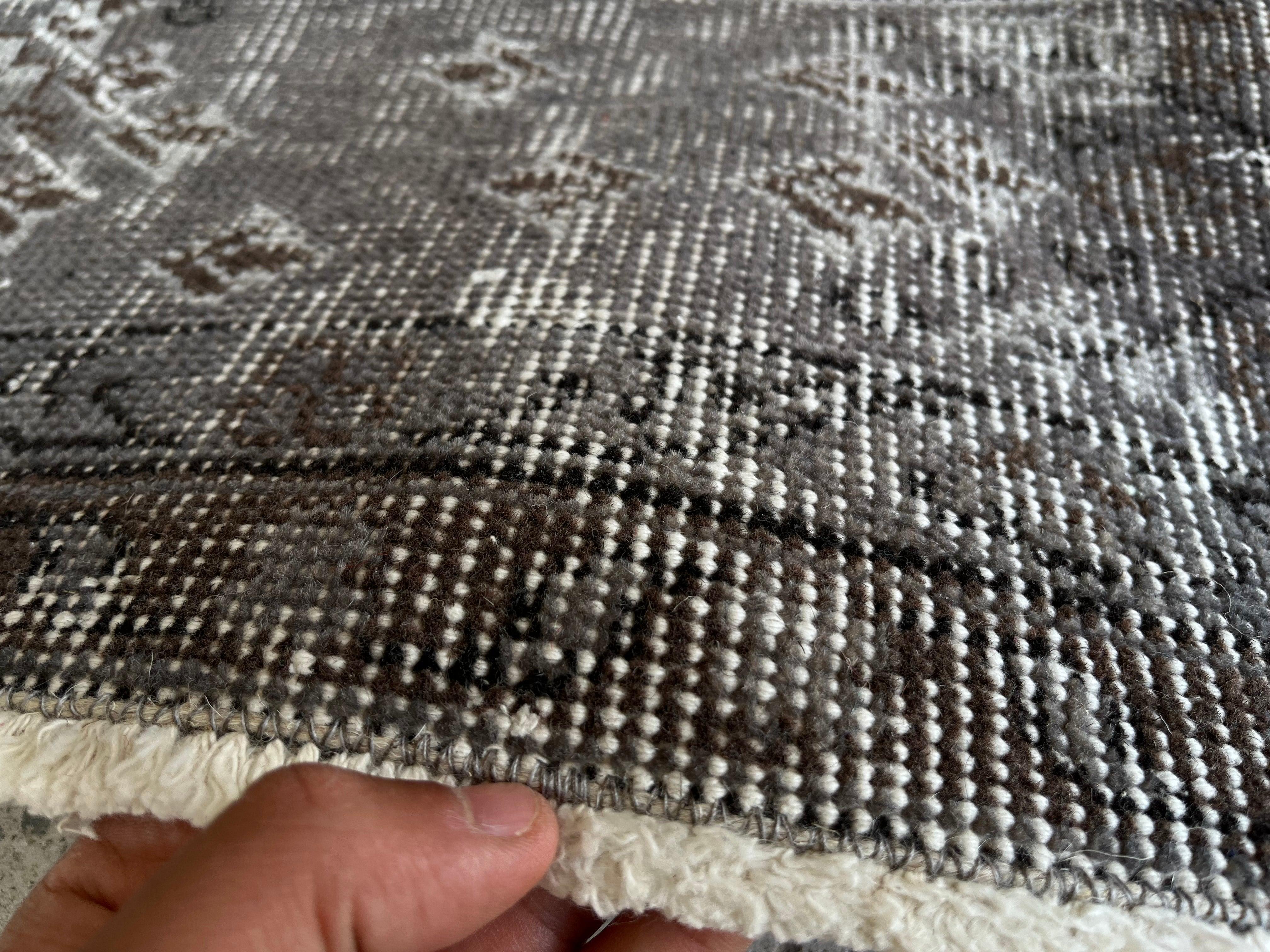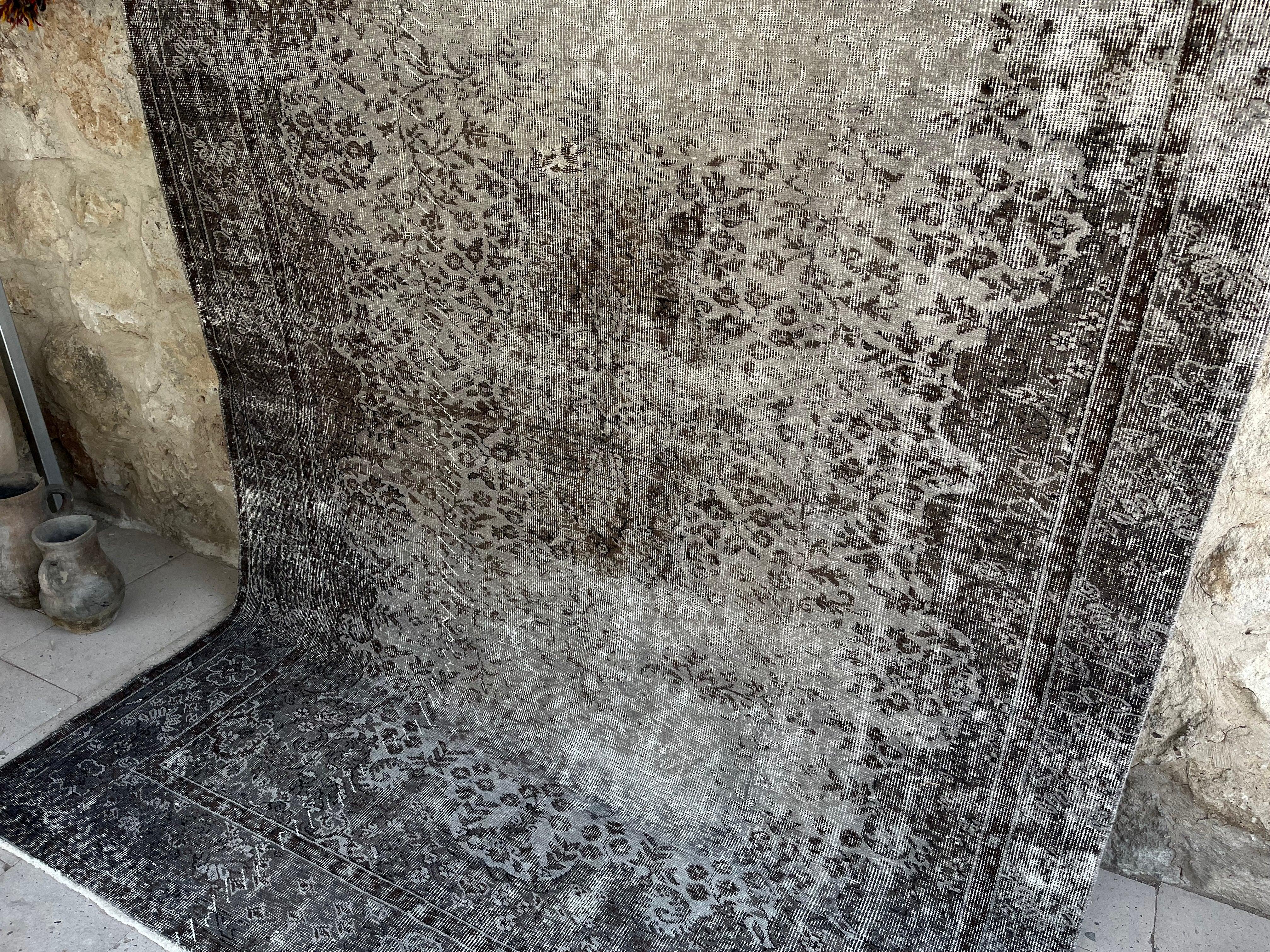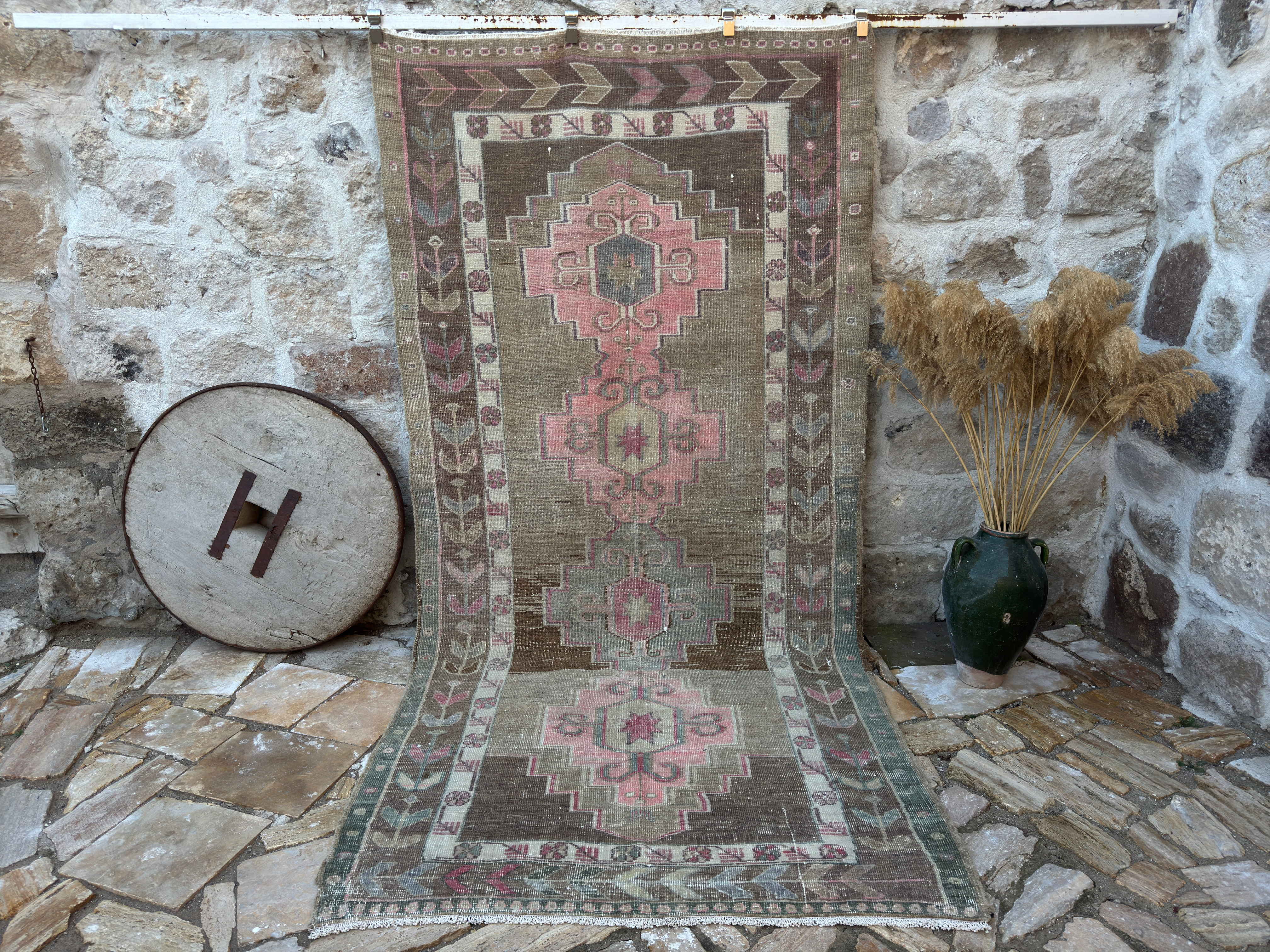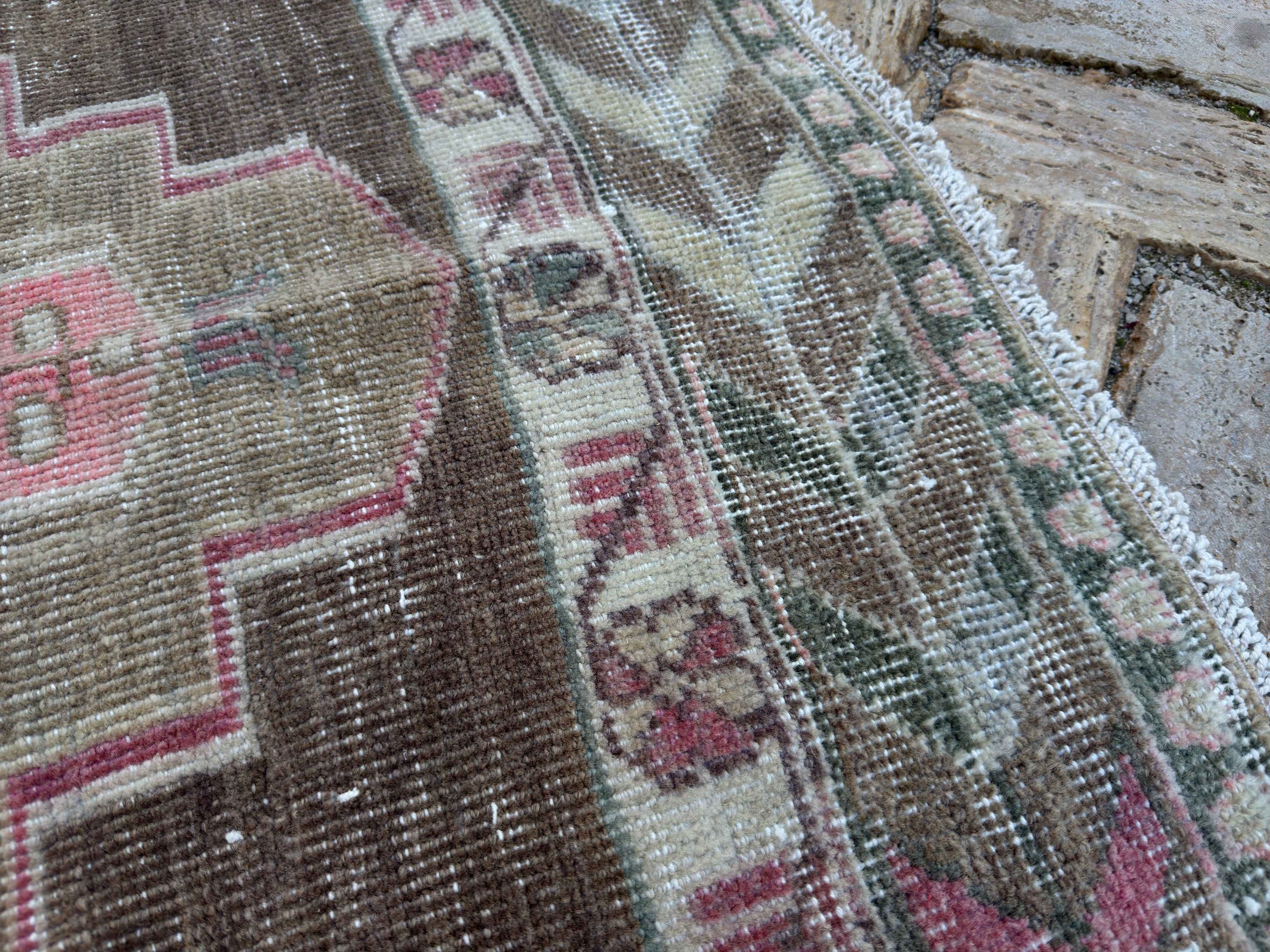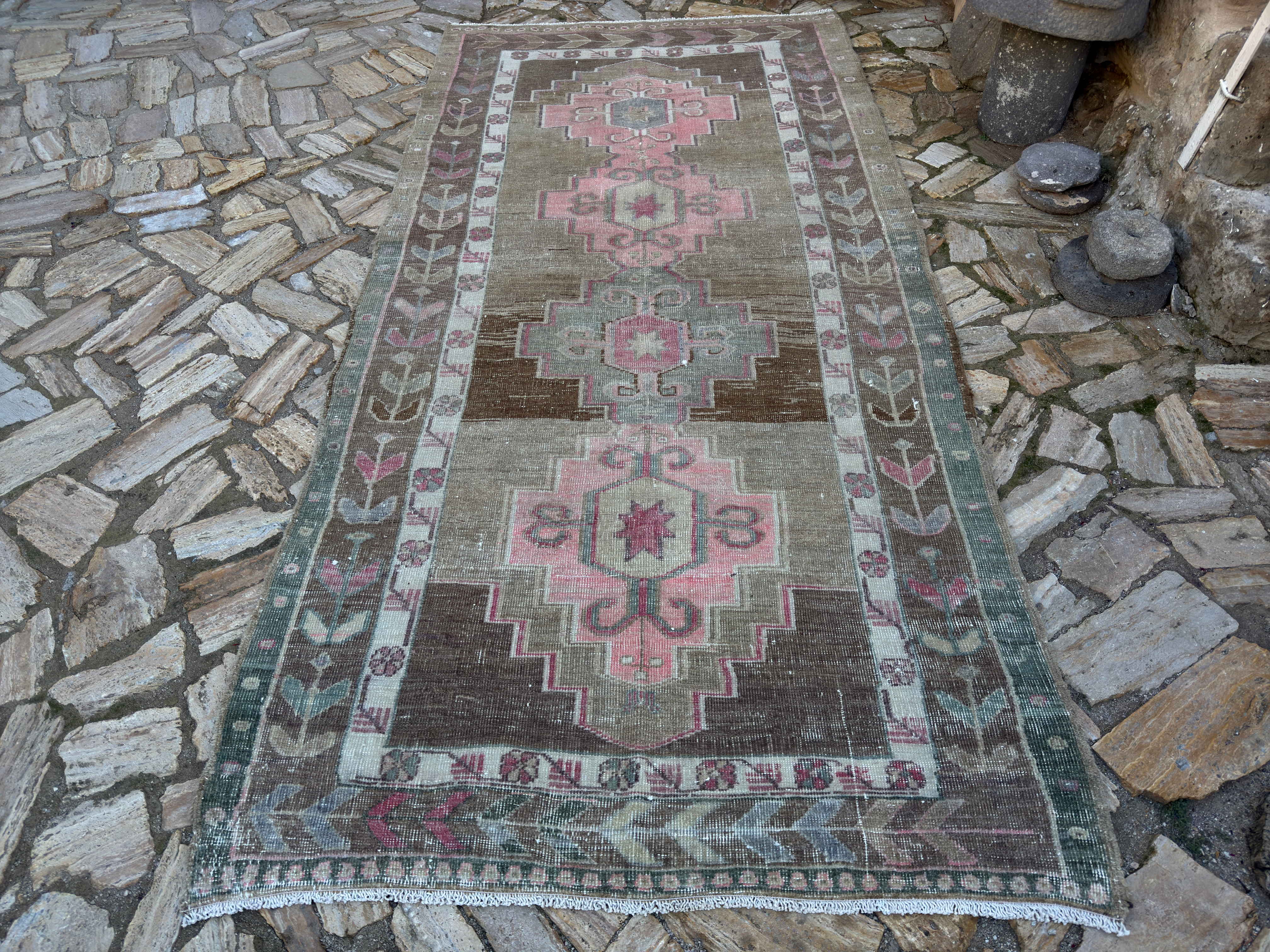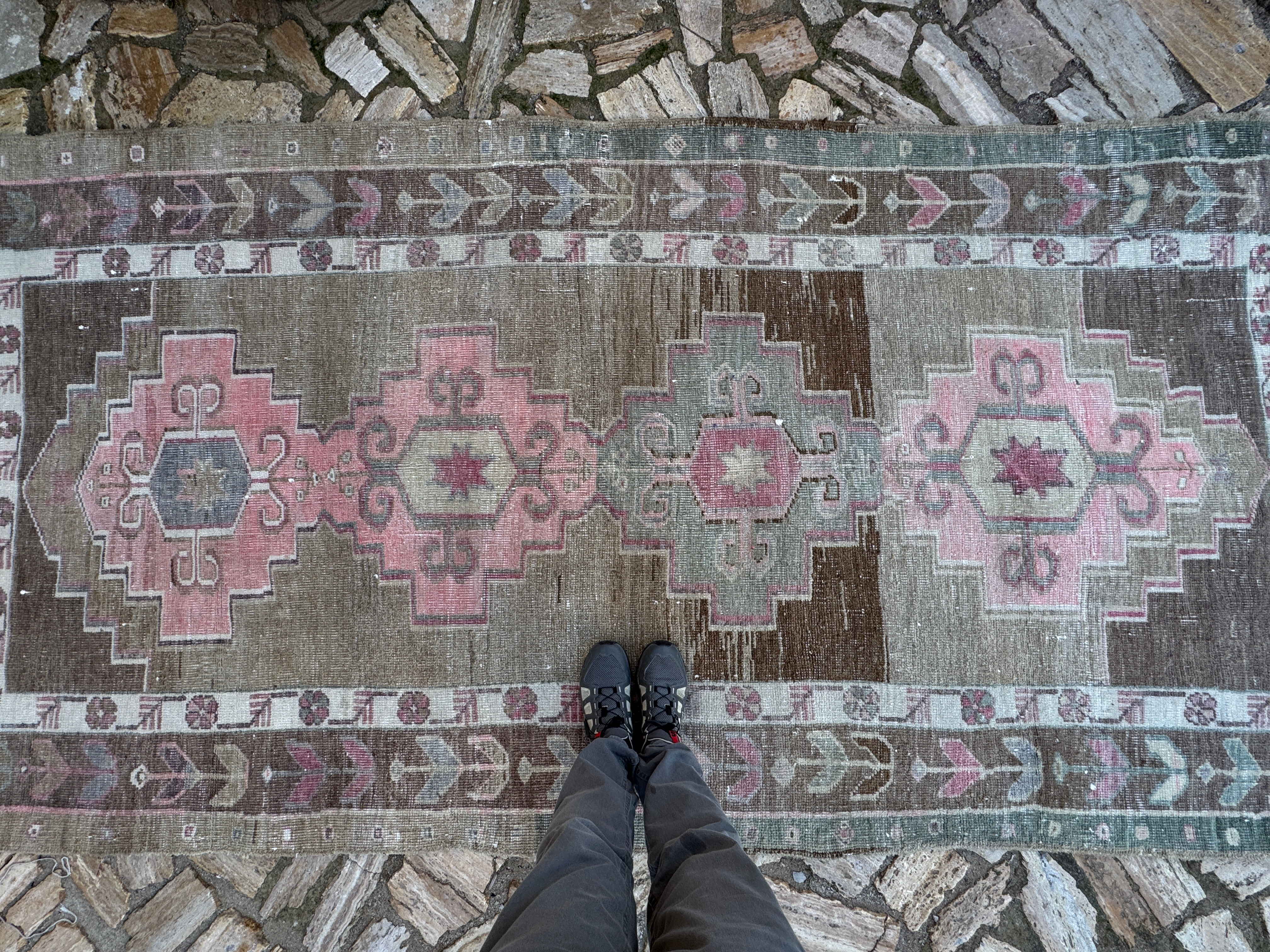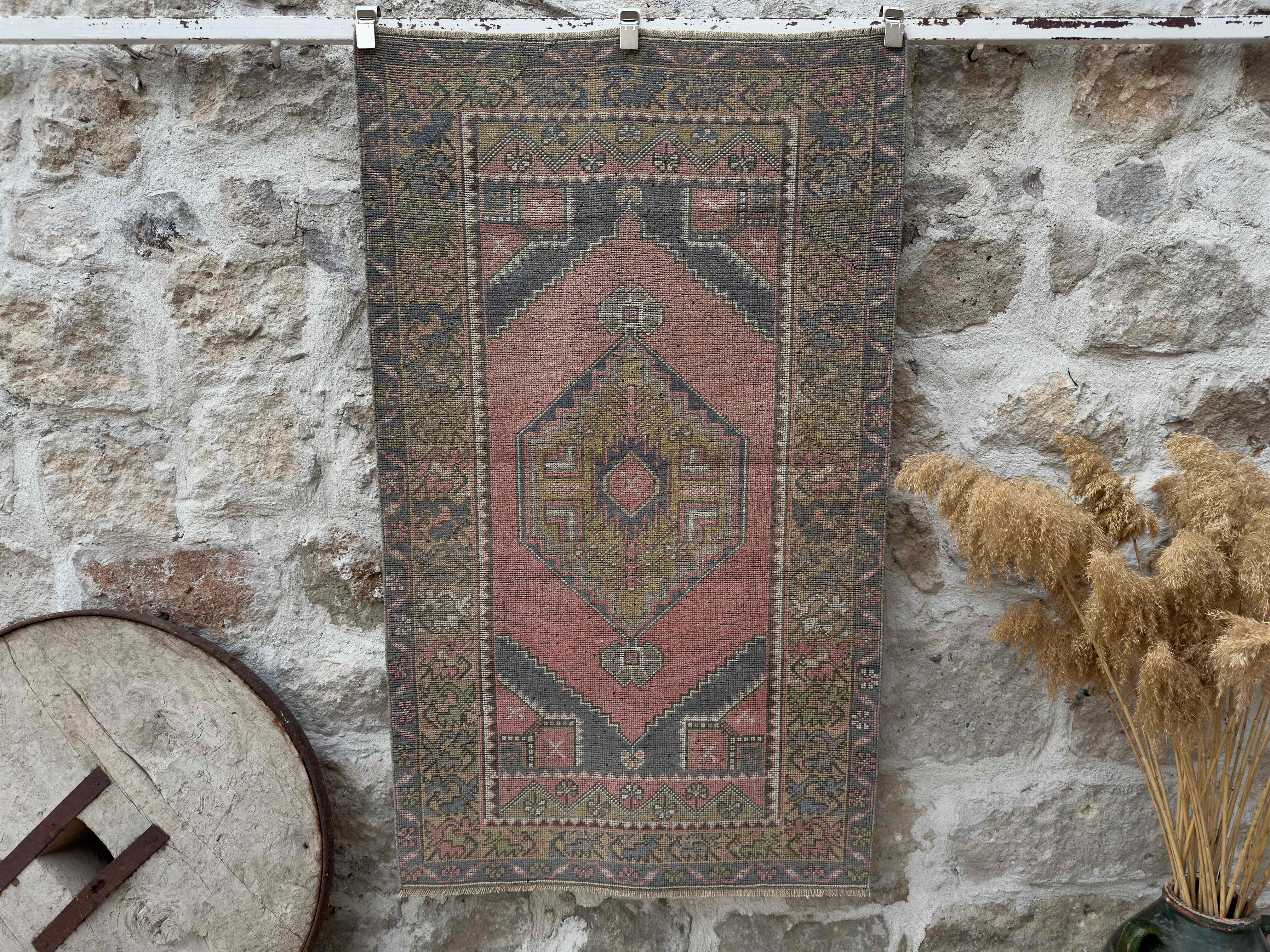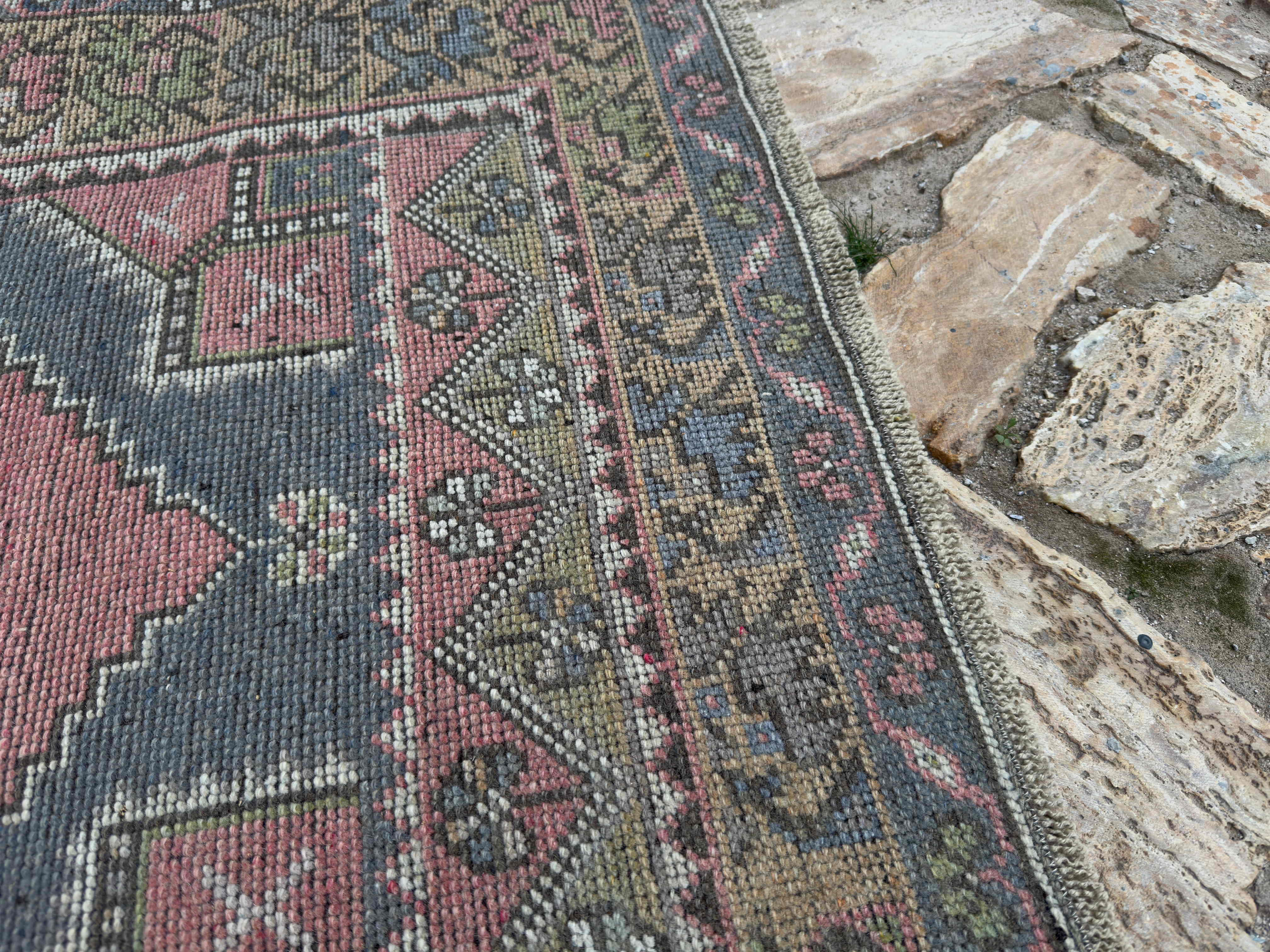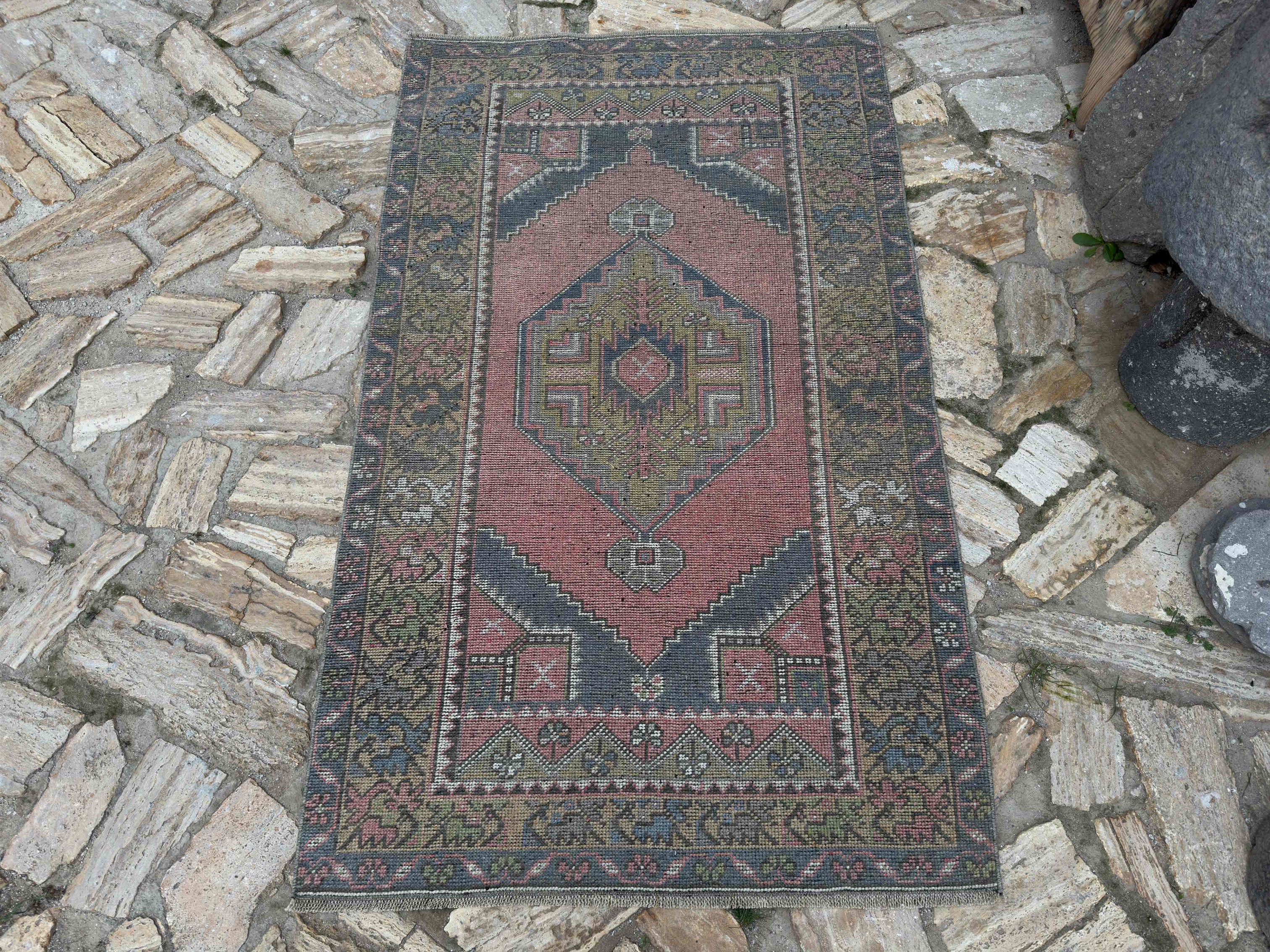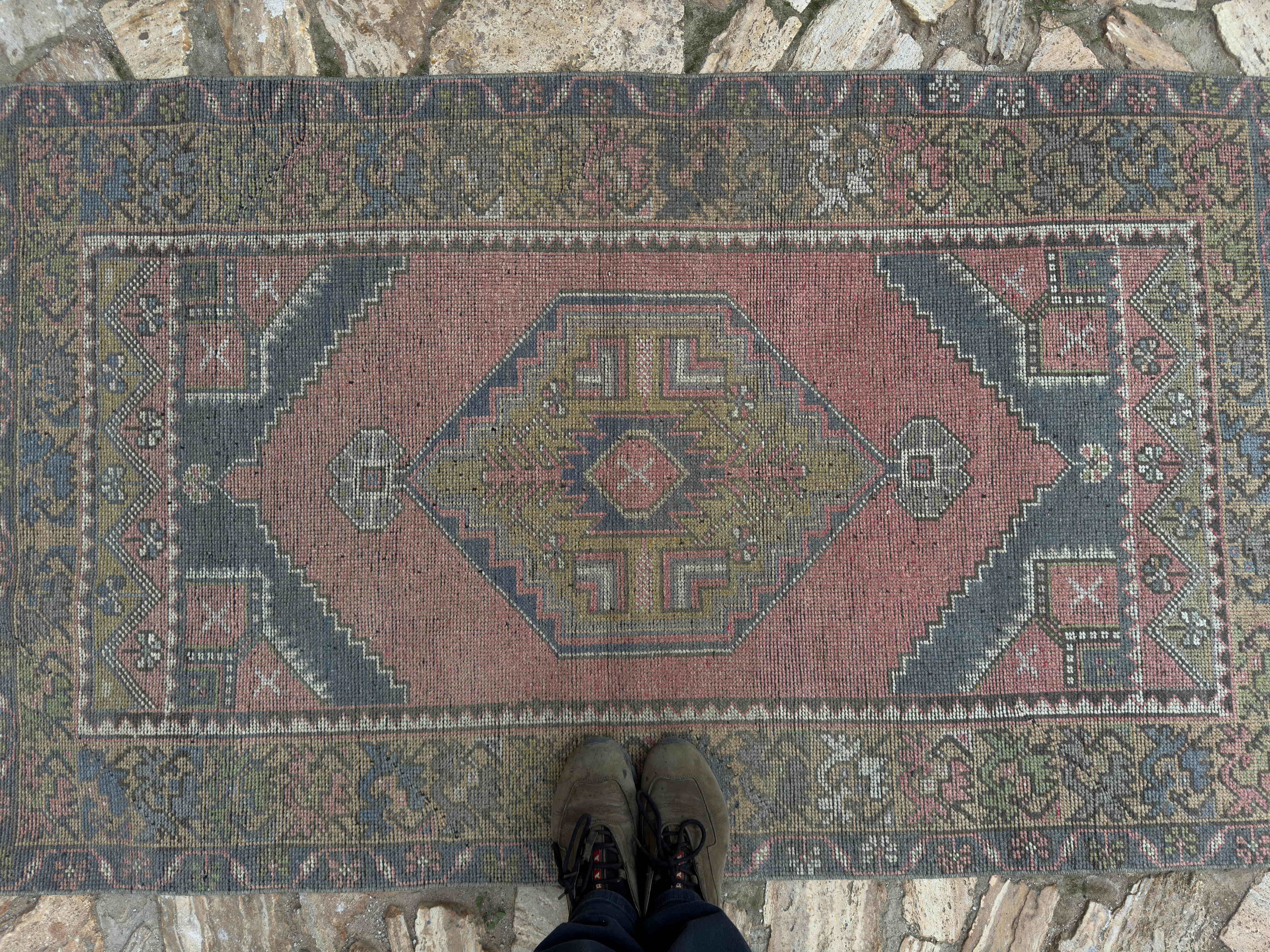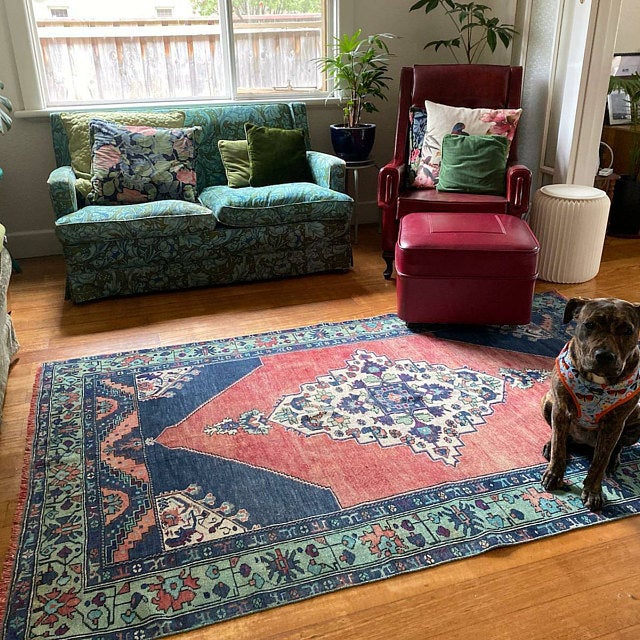There is no denying that hand-knotted rugs are beautiful. Instead of being mass-produced, each piece that is made by hand has the spirit and soul of the person who made it. A hand-woven carpet is more than just a floor covering; it tells a story, is a cultural heirloom, and is a work of art that was made with care, accuracy, and love. Handmade rugs give any room more depth and authenticity, whether you're making it more cozy or more important. Knowing what a handmade carpet really is can help you make a good purchase, especially if you're shopping online. A handmade carpet will not only make your home look better, but it will also connect you to ages of tradition.

What Makes a Carpet Handmade?
Traditional methods that have been passed down from generation to generation are used to make handmade rugs. In contrast to rugs made by machines, they are carefully knotted or woven by skilled artists. It can take weeks or even months to finish a single piece. The unique quality is the human touch, which can be seen in the small differences in color and pattern, the slight changes in knot tension, and the natural flaws that make each rug unique.
The Artist's Signature: The weaver's mark is on every hand-made carpet. From the colors they use to the way they tie knots, artists leave their mark. Rather than being made in big factories, these rugs are often made in small shops or houses in villages. This makes each one truly unique.
Natural Aging and Patina: Handmade vintage rugs get a patina over time that makes them look even better. Natural fibers, on the other hand, age well, which adds to the rug's beauty and personality.
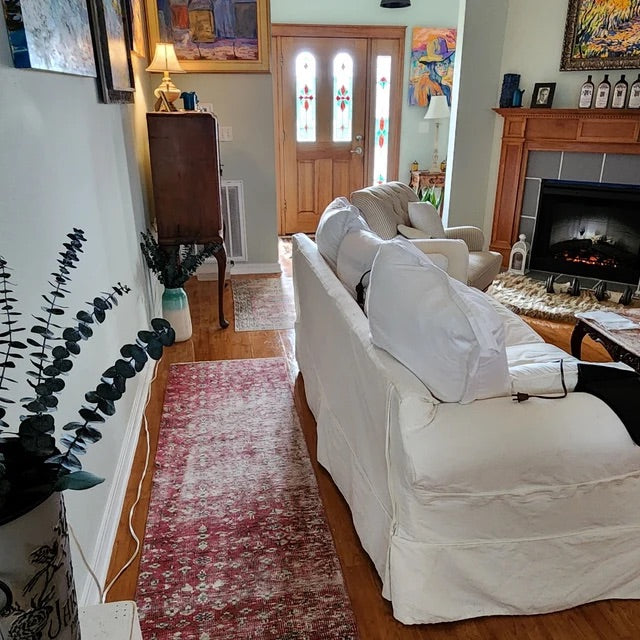
A Brief History of Handmade Carpets
Handmade carpets have been around for thousands of years and have been an important part of the culture and economy of many societies, especially in Persia, Anatolia, and Central Asia. Since the time of the Seljuks, when rugs were both useful and artistic ways to show who you were, weaving has been a big part of life in Turkey.
In the past, handmade rugs were used in homes, tents, and even places of worship. They were a sign of wealth and status, and were often given as dowries. For example, the designs on Turkish rugs that are made by hand often show religious symbols, tribal stories, or inspirations from the area. At Kirmen Rugs, we're proud to carry on this historical tradition by selling hand-made vintage rugs that are both beautiful and important.
How Are Handmade Carpets Made?
High-quality raw materials, like wool or goat hair, are hand-spun into yarn to start the process. The yarns are then colored with natural dyes, which are safe for the environment and give the yarns a rich color that lasts. Weaving starts on a loom once the yarn is ready.
Knotting Techniques: Thousands or even millions of individual knots are used to make each hand-knotted carpet. The Turkish (Ghiordes) knot and the Persian (Senneh) knot are the two most popular ways to knot a Turkish rug. The better the quality and longer life of the rug, the tighter and more even the knots are.
It can take weeks or even months to weave a single medium-sized rug, based on how complicated it is. Handmade rugs have depth, complexity, and value because they are made with a lot of work.
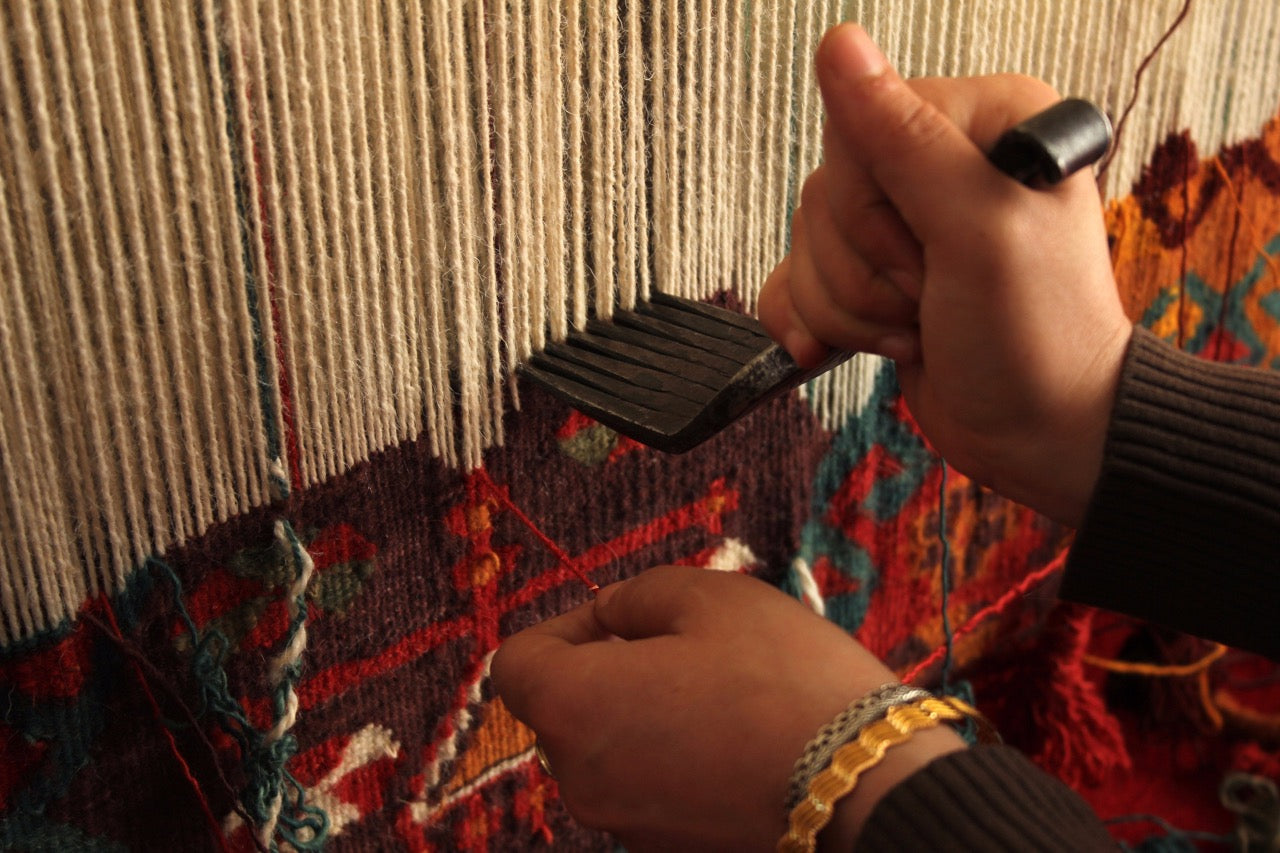
Different Types of Handmade Carpets
Flatweave (Kilim)
Flatweave mats, also called "Kilim," are made without knots. They are made by weaving the warp and weft strands together, which makes a thinner blanket that can be used on both sides. These look great in places that need a light but artsy touch.If you're searching for unique flatweave handmade rugs, be sure to view our collection.
Hand-Knotted Rugs
When it comes to hand-made mats, these are the best. Each knot is made by hand, which makes patterns and textures that are very detailed. Hand-knotted rugs last longer and are often collected because of their skill and beauty that lasts.You can view our exclusive hand-knotted rug selection online for timeless, authentic pieces.
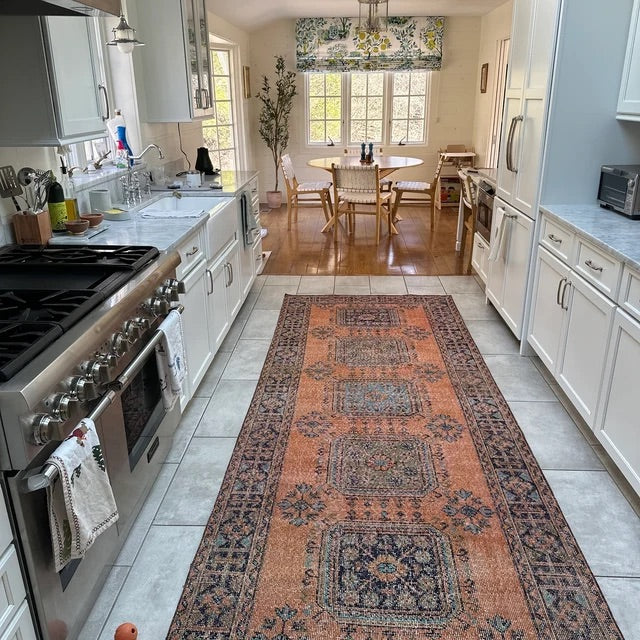
Materials Used in Handmade Carpets
Handmade rugs made from wool, horse hair, and cotton are some of the best. Wool is the most popular and most-liked type because it is soft, durable, and doesn't stain easily. Goat hair gives it body and strength, and cotton is usually used for the warp and weft to give it shape.
We don't use silk or manufactured materials. Instead, we focus on fibers that are sourced in a way that is consistent with traditional methods and ethics. Kirmen Rugs only sells hand-made historical rugs made from natural, high-quality materials that will last and be comfortable for a long time.
Why Choose a Handmade Carpet Over a Machine-Made One?
Durable mats are made by hand. Because of how they were made, they can last for decades or even centuries without breaking down much.
Each carpet that is made by hand is a work of art. Each rug is unique because its design, color scheme, and patterns have national and personal meanings.
When you buy a handmade rug, you help traditional craftspeople keep doing what they've been doing for hundreds of years. Kirmen Rugs gets its rugs straight from villages, which makes sure that the weavers are fairly paid and that the rugs will last.
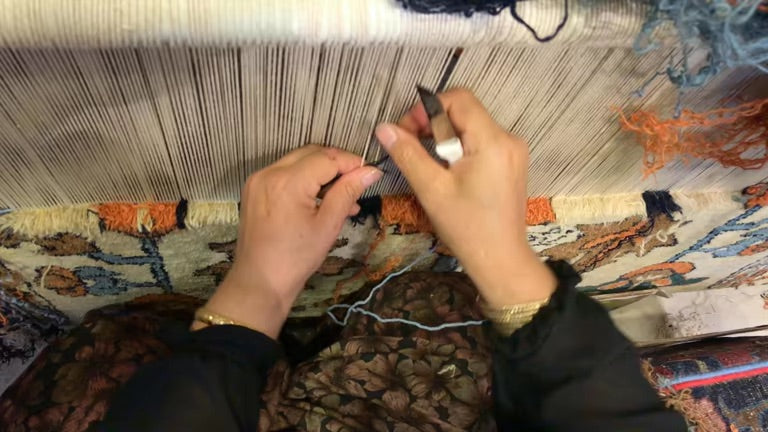
How to Identify an Authentic Handmade Carpet
To tell if a carpet is truly homemade, you need to look at a few key things. First, turn the rug over. A hand-knotted rug's back will have the same design as the front and show individual knots. A fake or printed rug, on the other hand, will look uniform.
At Kirmen Rugs, we give authenticity papers with every rug that you buy. The rugs' history, age, material, and knot density are all proven by these papers. This is especially important when shopping online, where it can be hard to tell if the quality is good.
Real hand-knotted rugs often have design asymmetry issues, which are not mistakes but signs that they were made by a person. Another sign of quality is knot density, which is given in knots per square inch (KPSI). A rug with a higher density is generally finer and has more detail.
Are Handmade Carpets Worth the Investment?
Of course. Handmade rugs are classic pieces that will always be valuable, or even go up in value over time. They provide long-lasting comfort whether they are used every day or as a centerpiece for a room's decor. No machine-made option can compare.
Mass-produced goods break down quickly, but handmade antique rugs age beautifully and get more unique over time. They are becoming more valuable as collectibles and family treasures.
Handmade rugs look good in a wide range of home styles, from rustic to modern and simple, thanks to their natural colors and intricate designs. They are both nice to look at and useful in a home.
It can be hard to find a truly hand-knotted carpet online. That's where we come in. Kirmen Rugs gets its rugs straight from villages in Anatolia, so you can be sure they are real and that the prices are fair. Since we are based in Turkey and don't use agents or brokers, our prices are very low compared to others. We also include proof of authenticity with every rug, so you can be sure that you are getting a real one.
Kirmen Rugs is the place to go if you want to buy handmade vintage rugs online. They have unique items that are made by skilled artisans that you and your family will love for generations.



